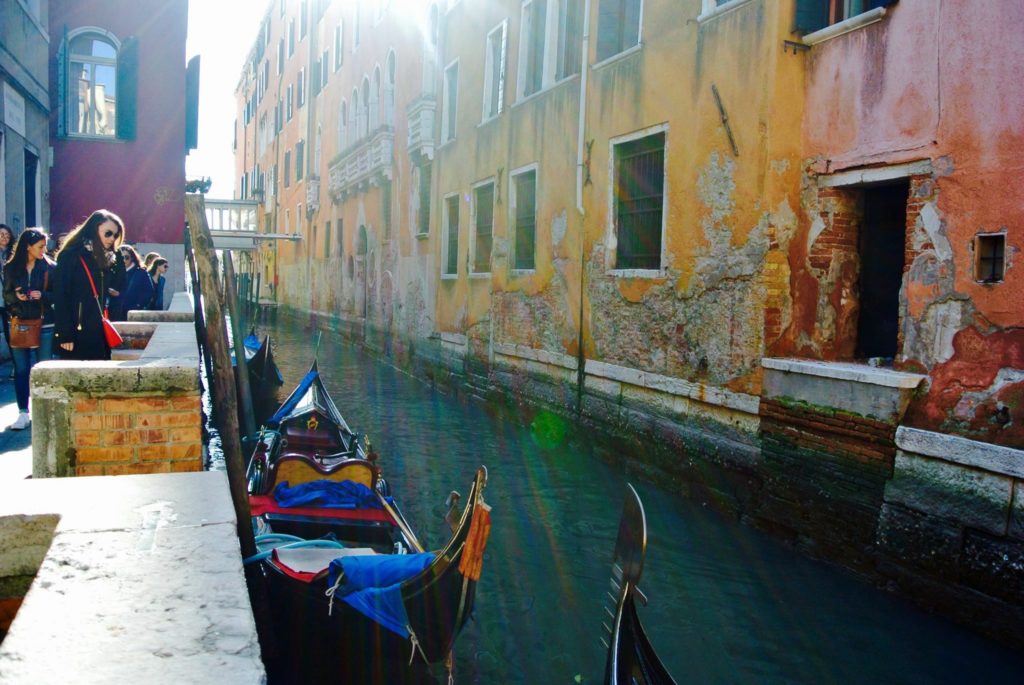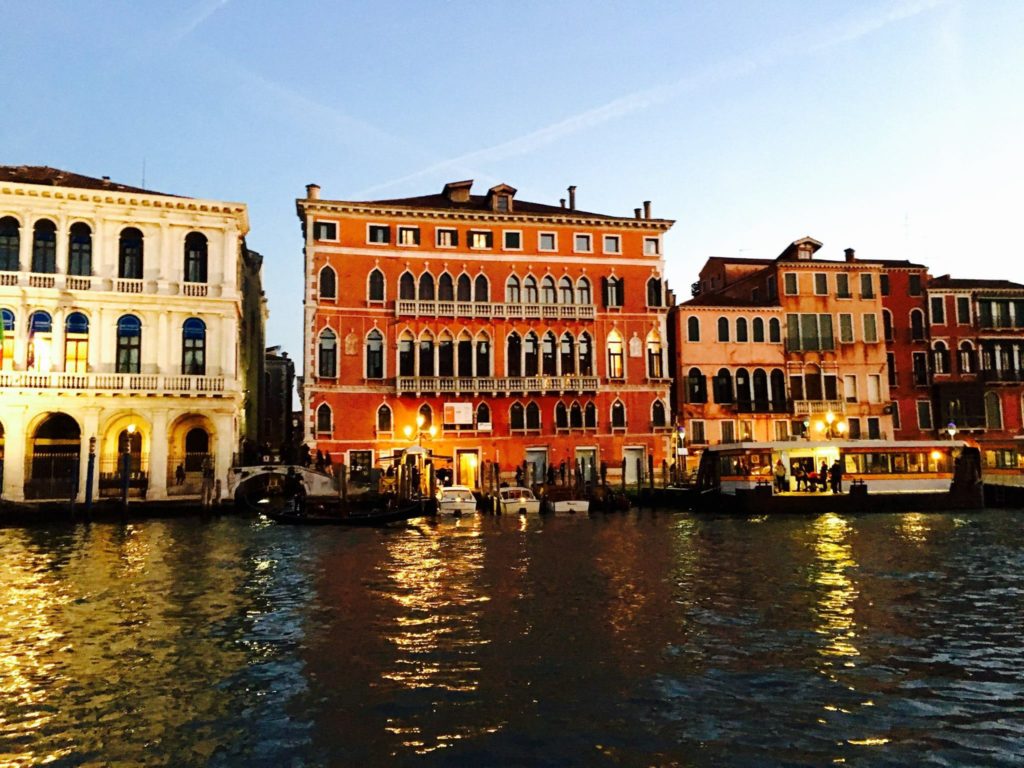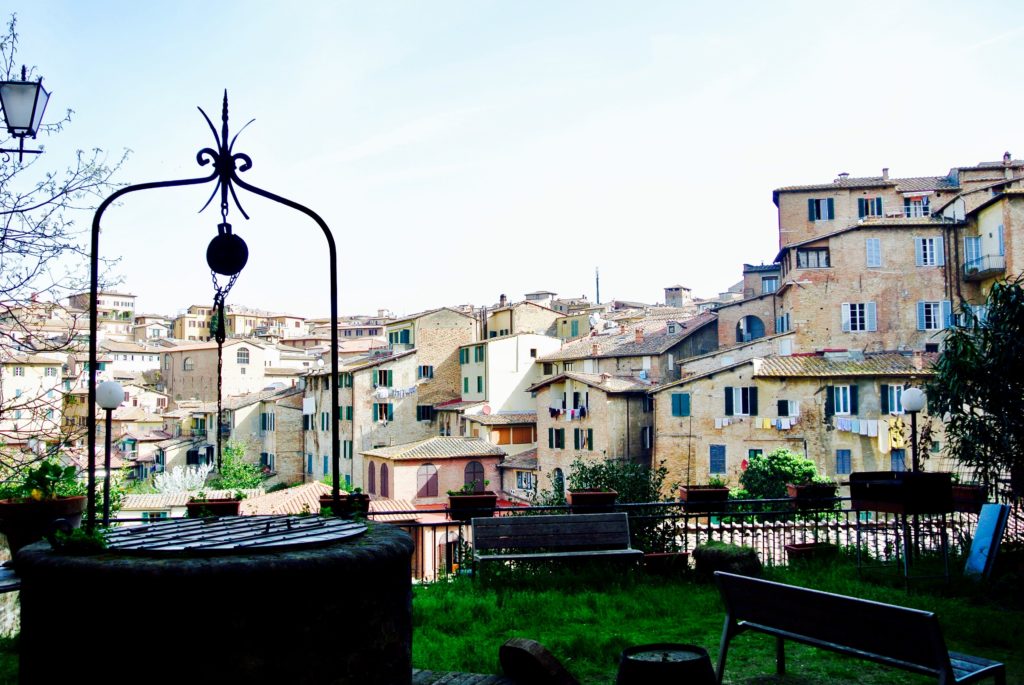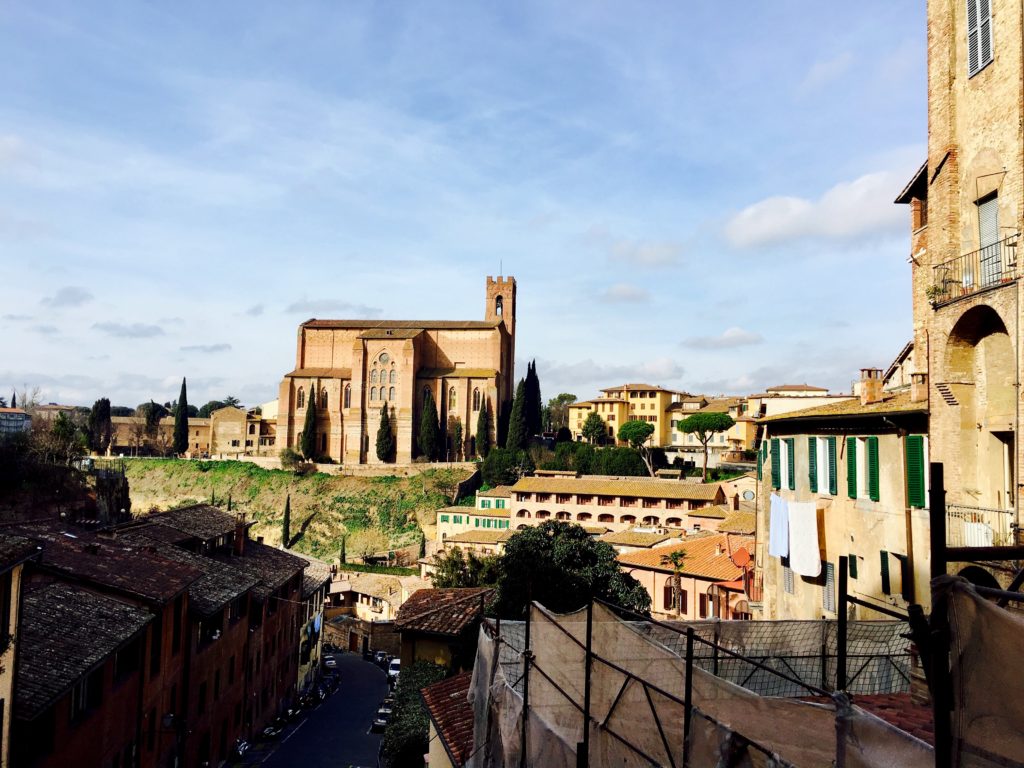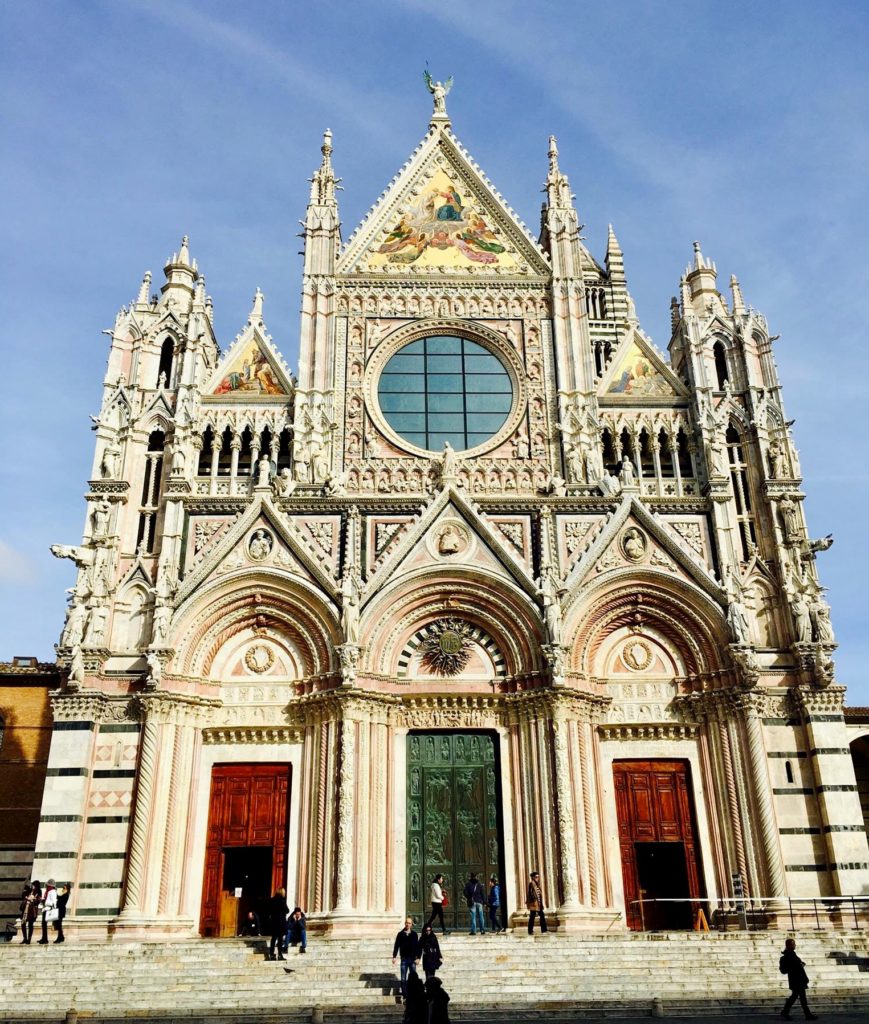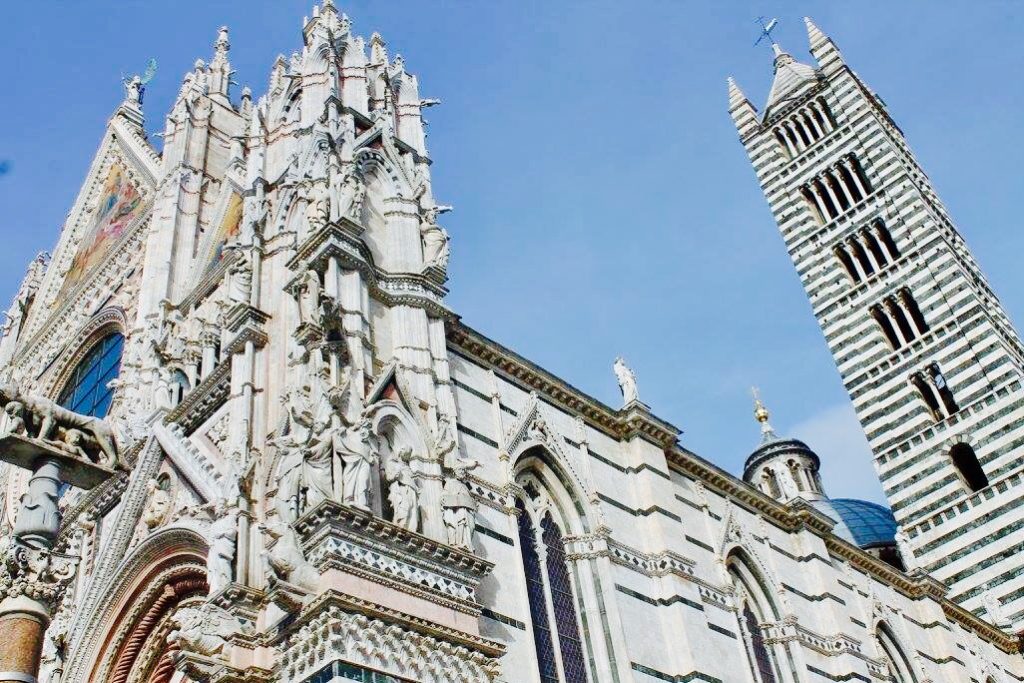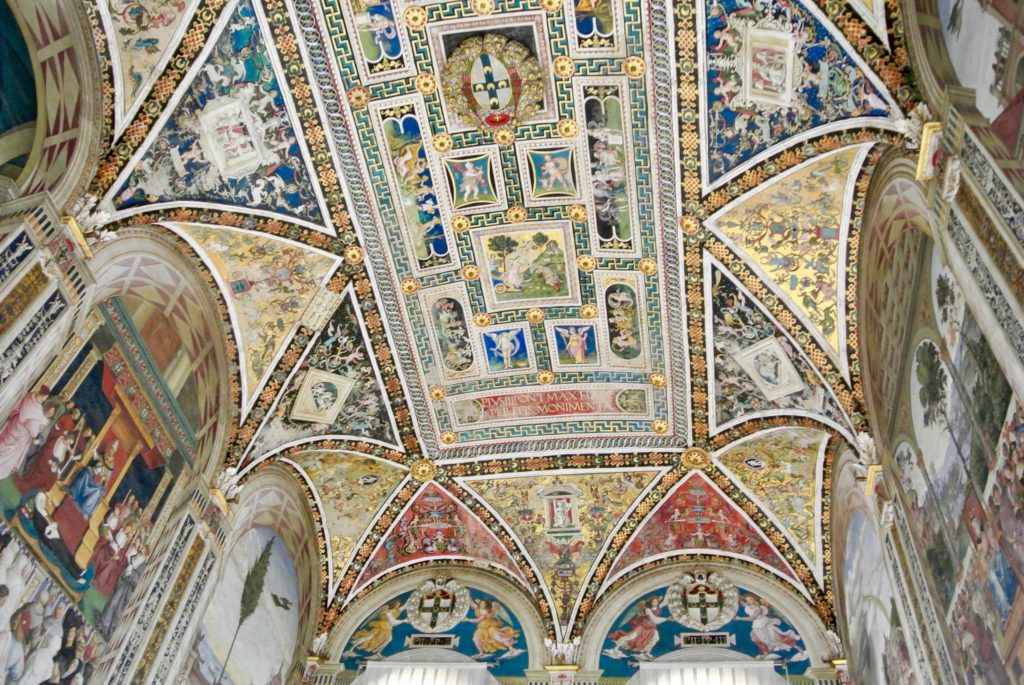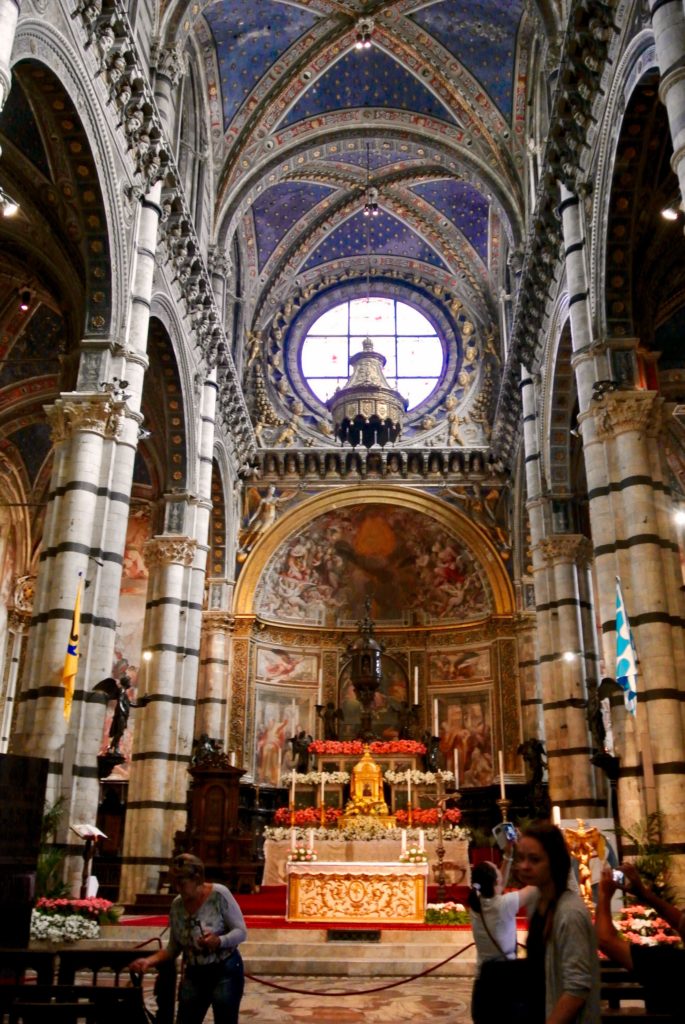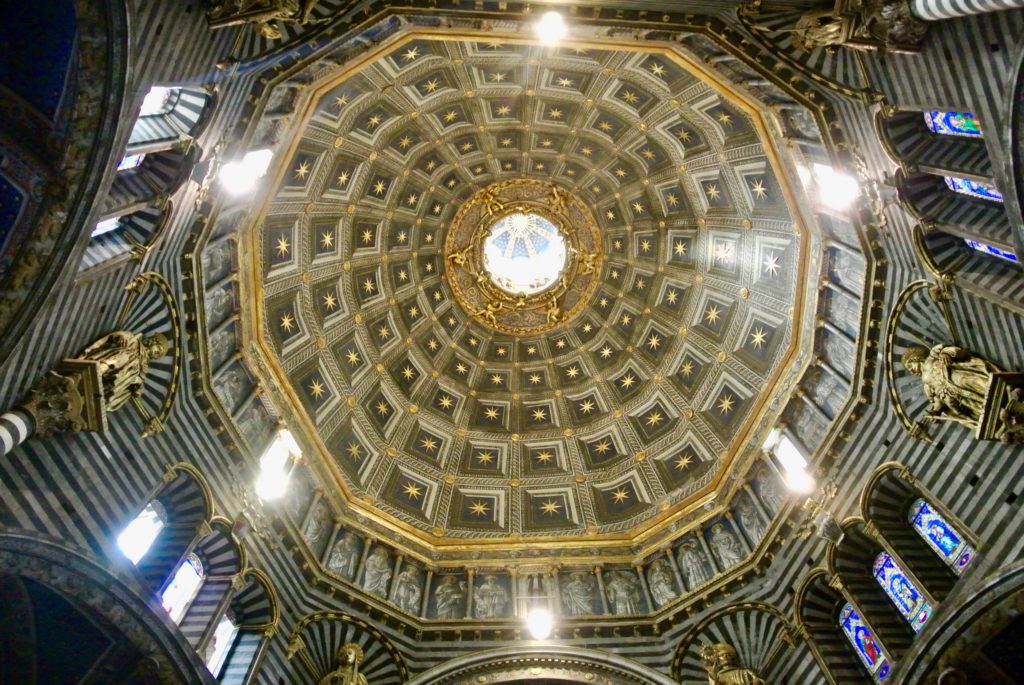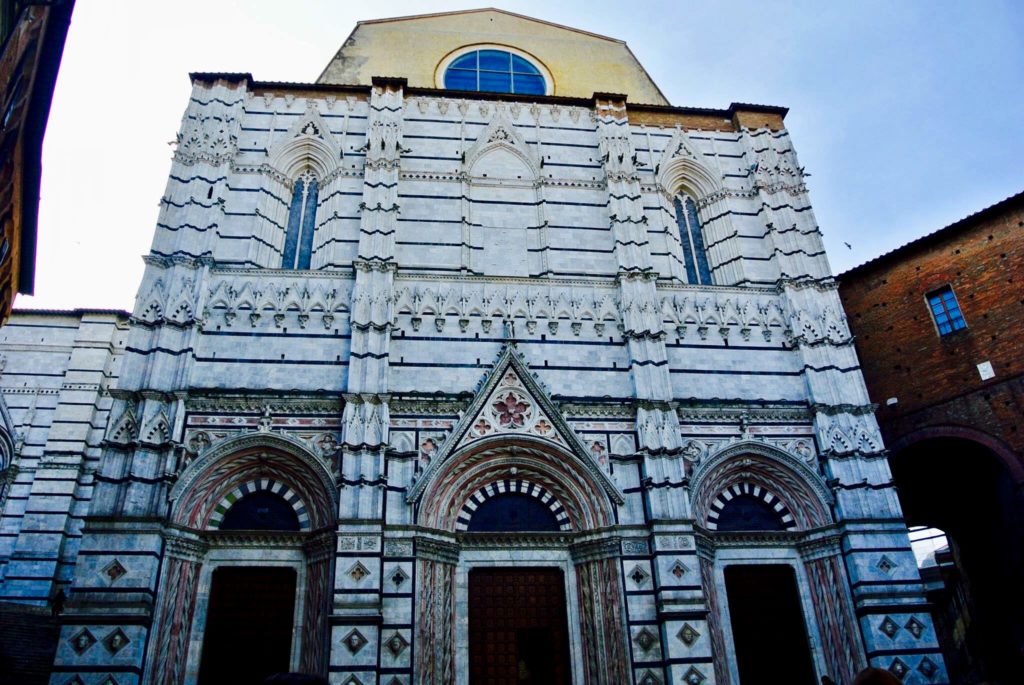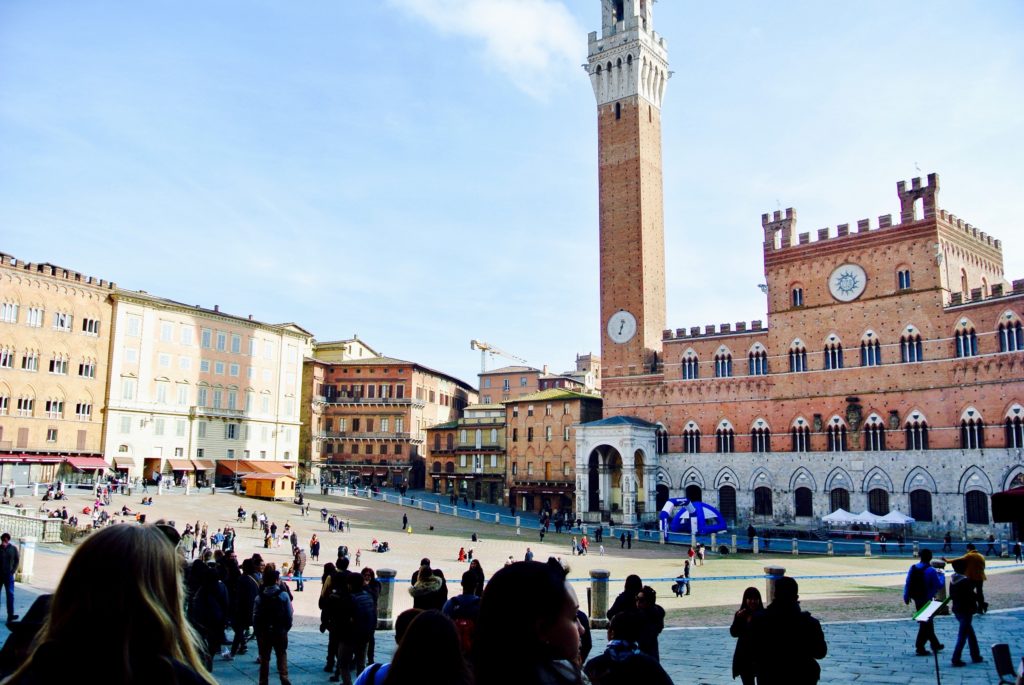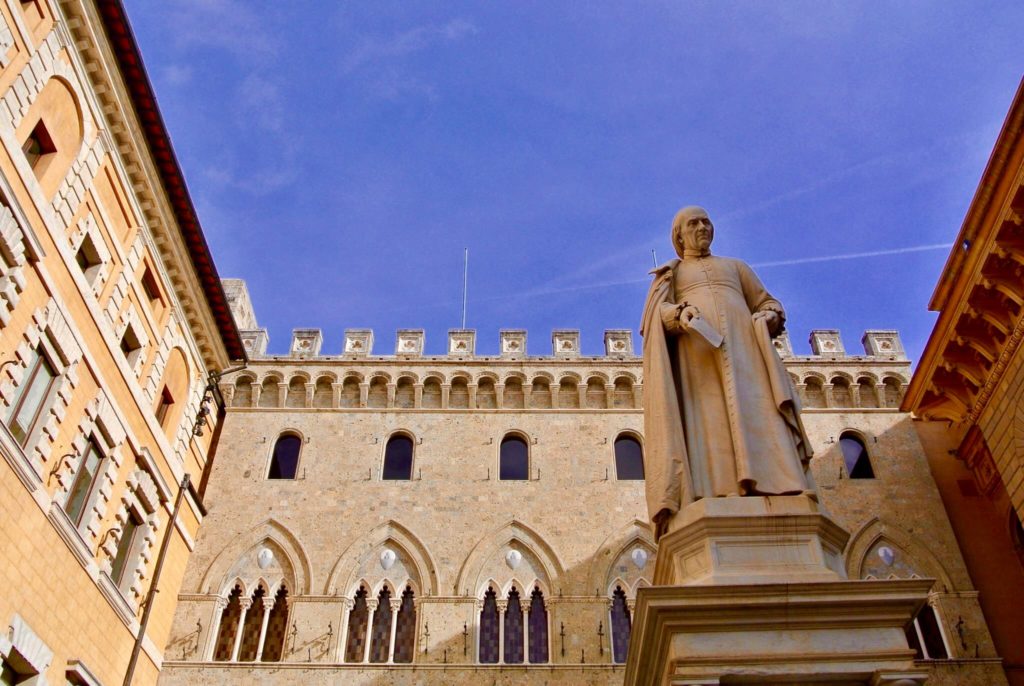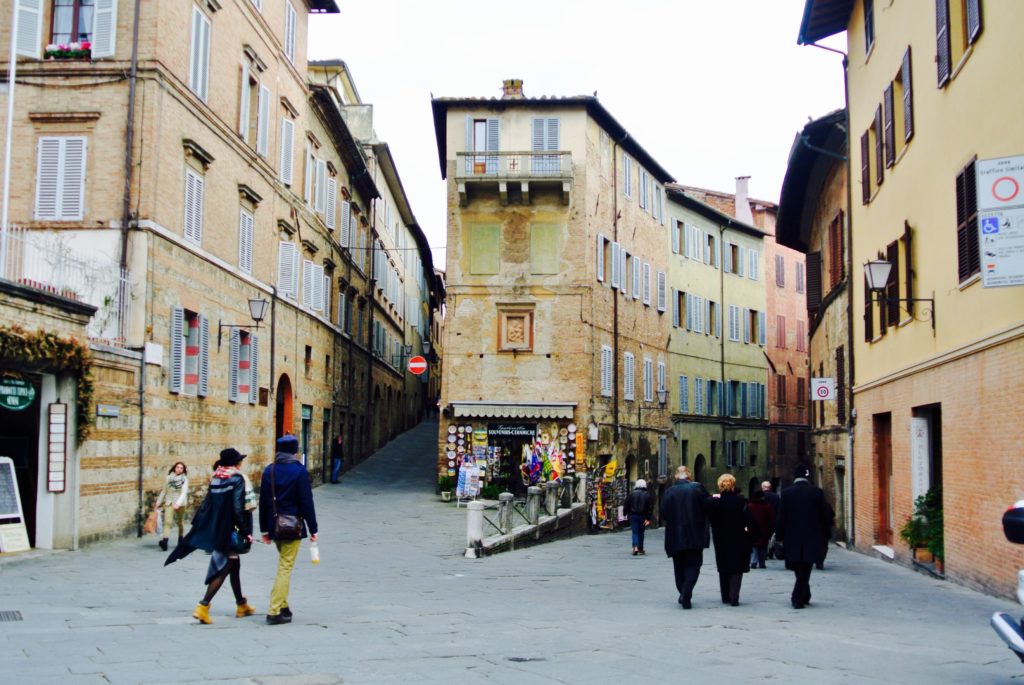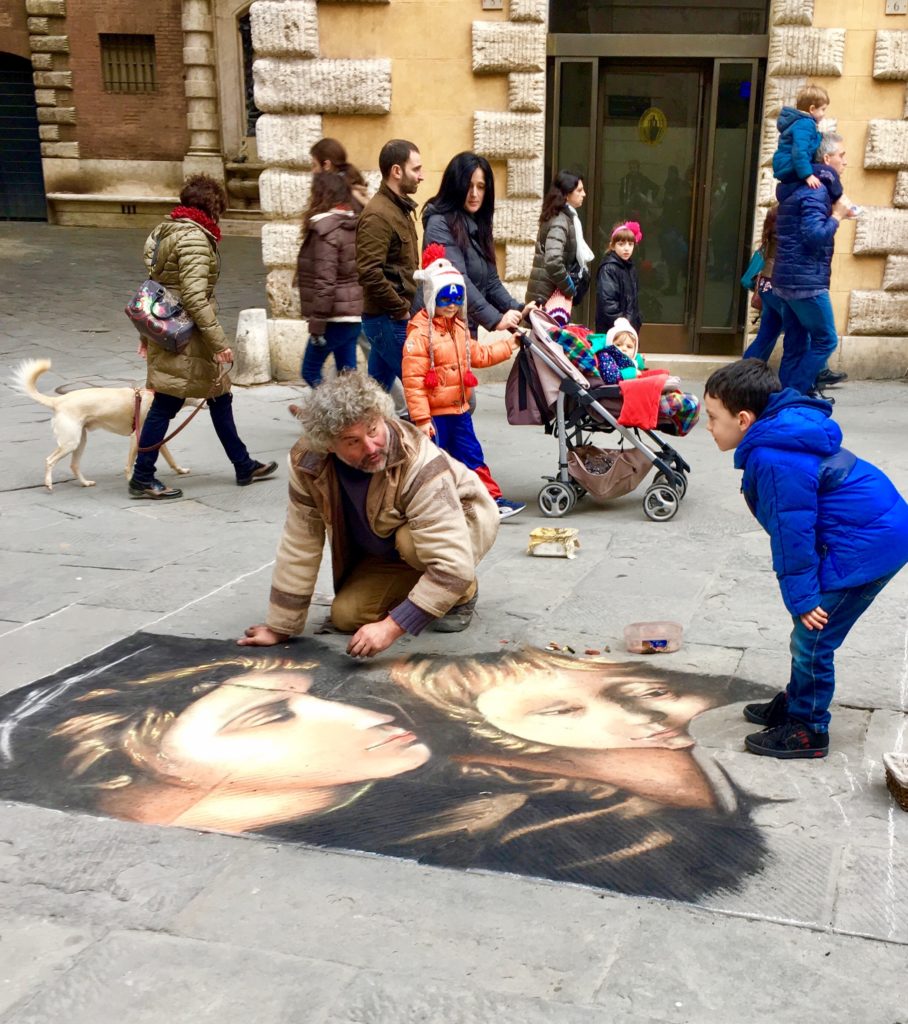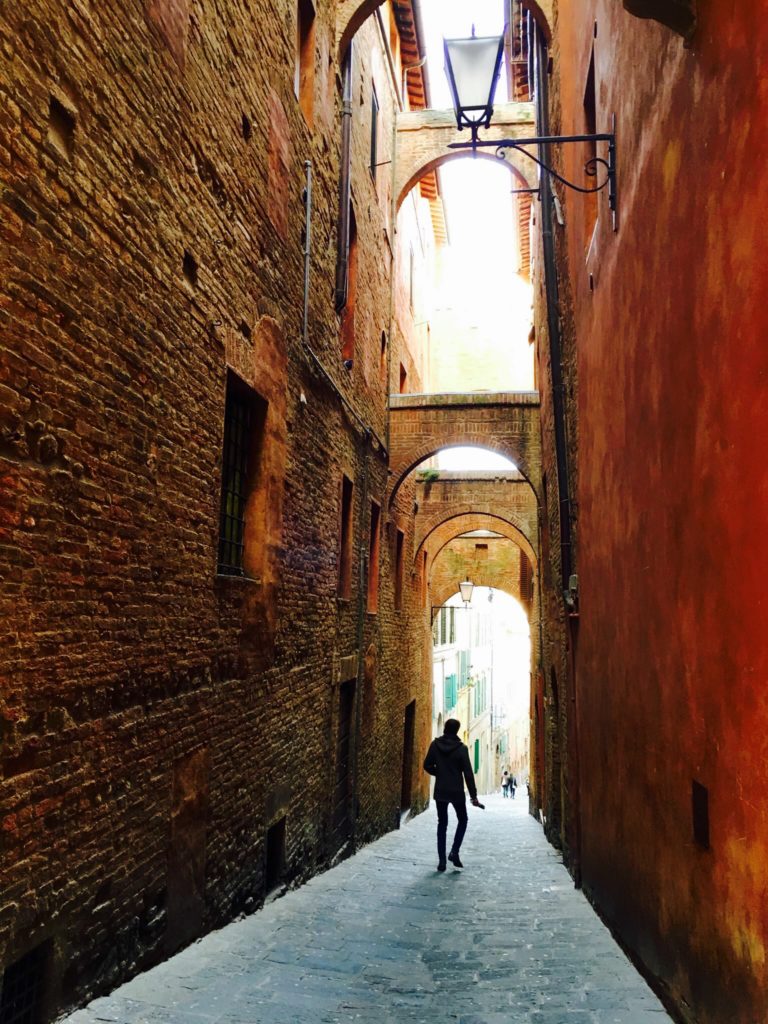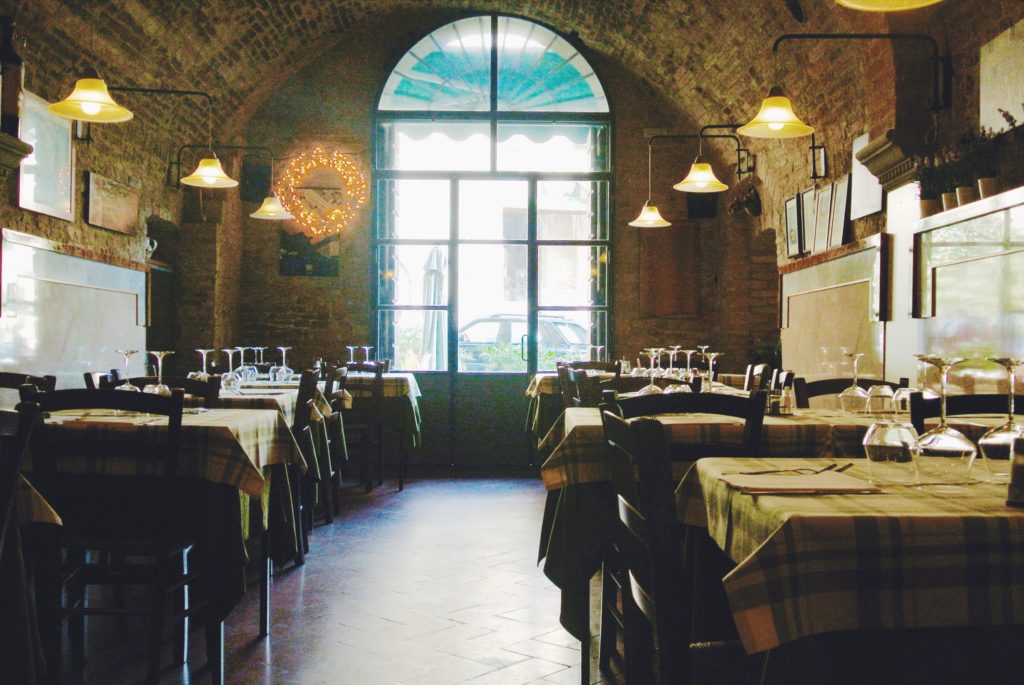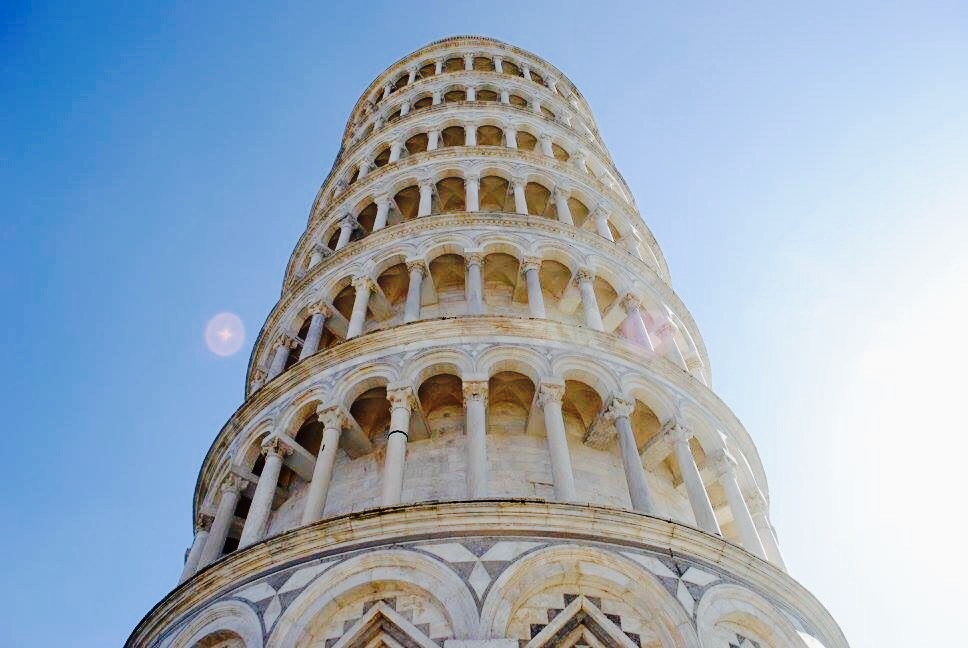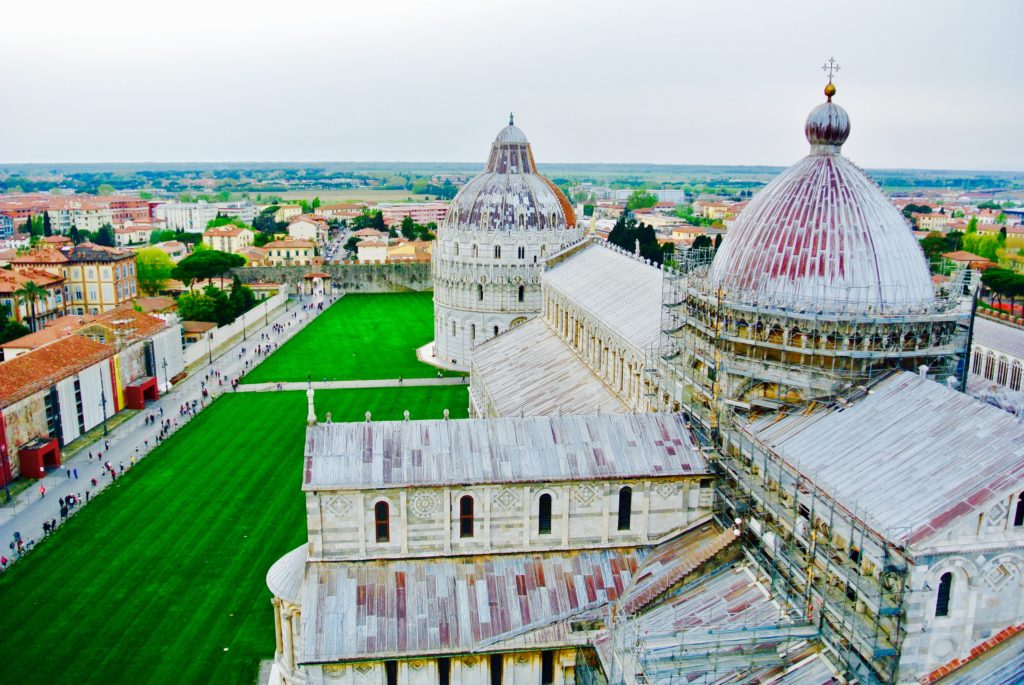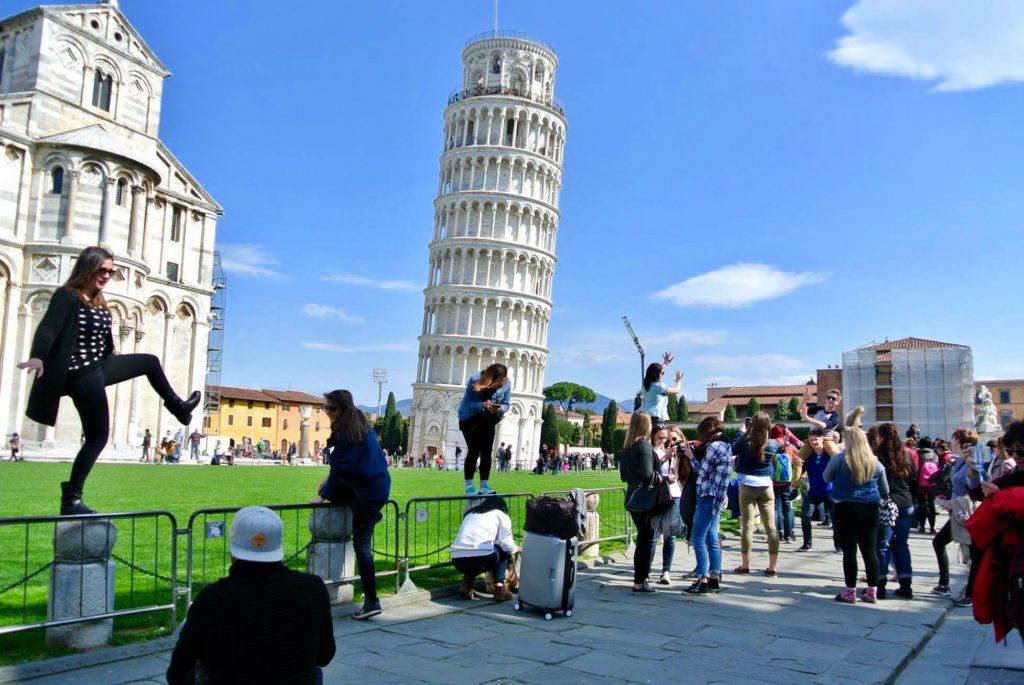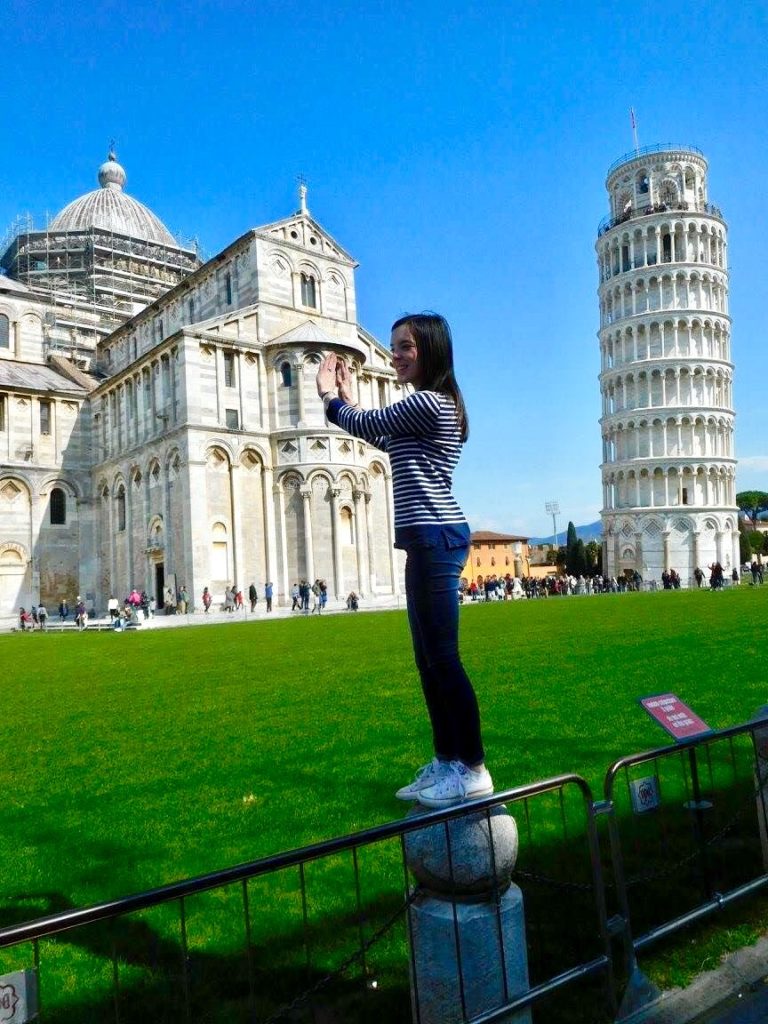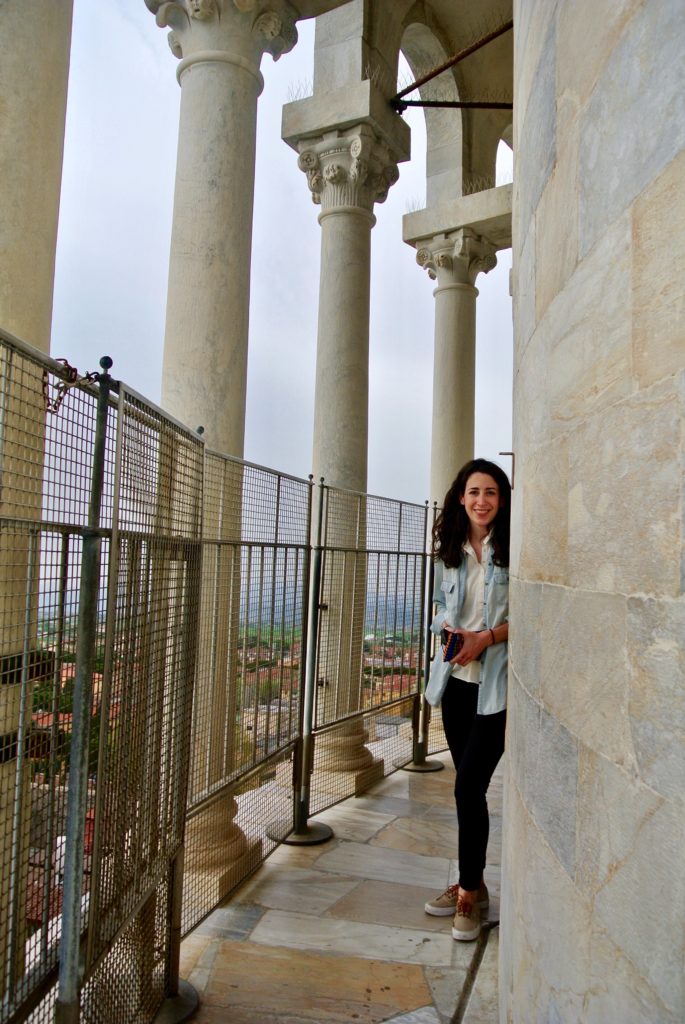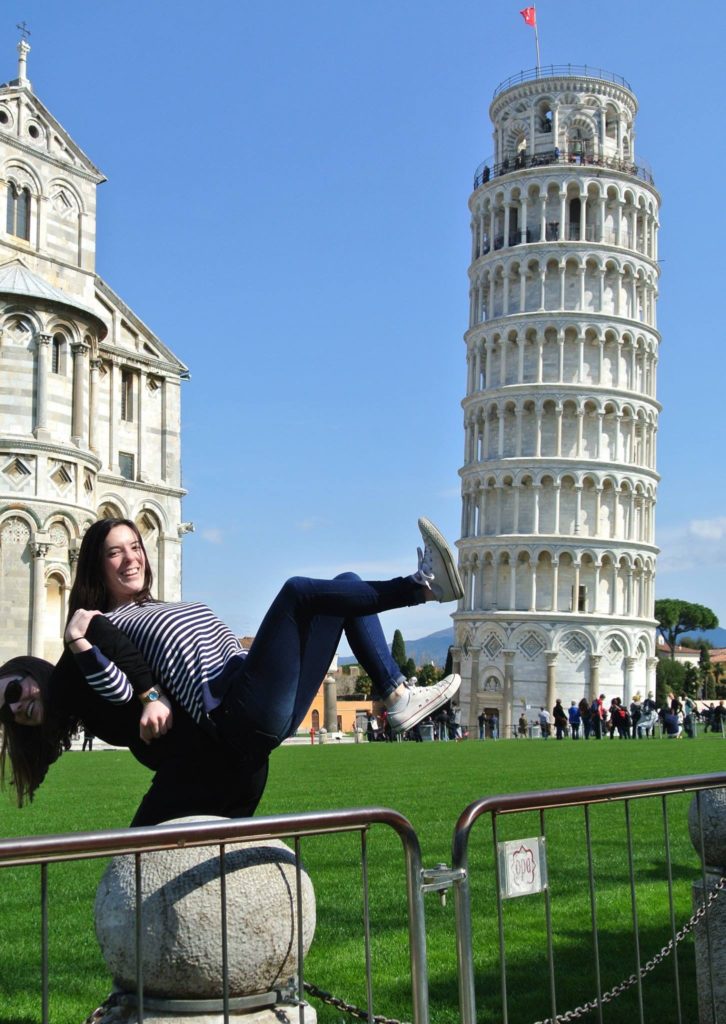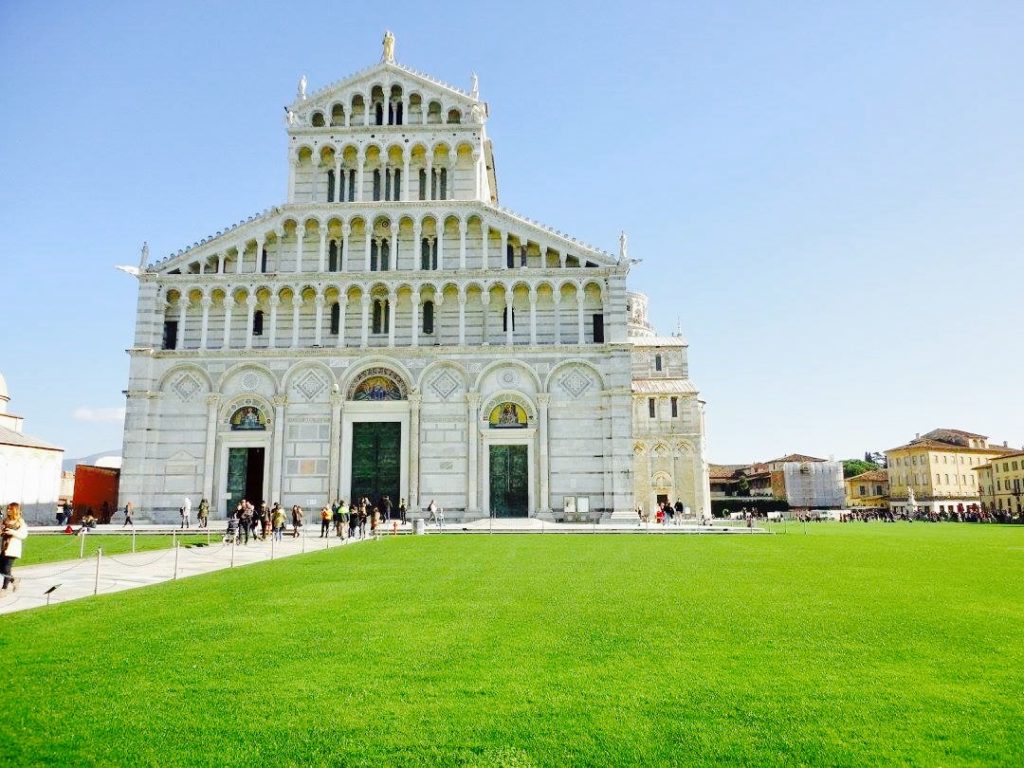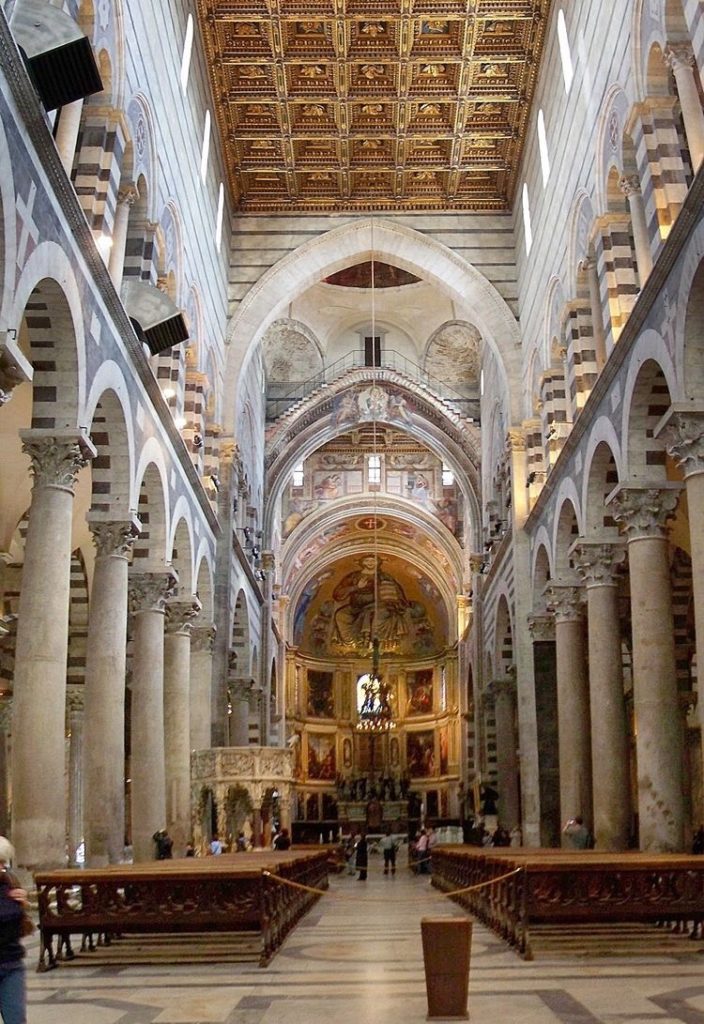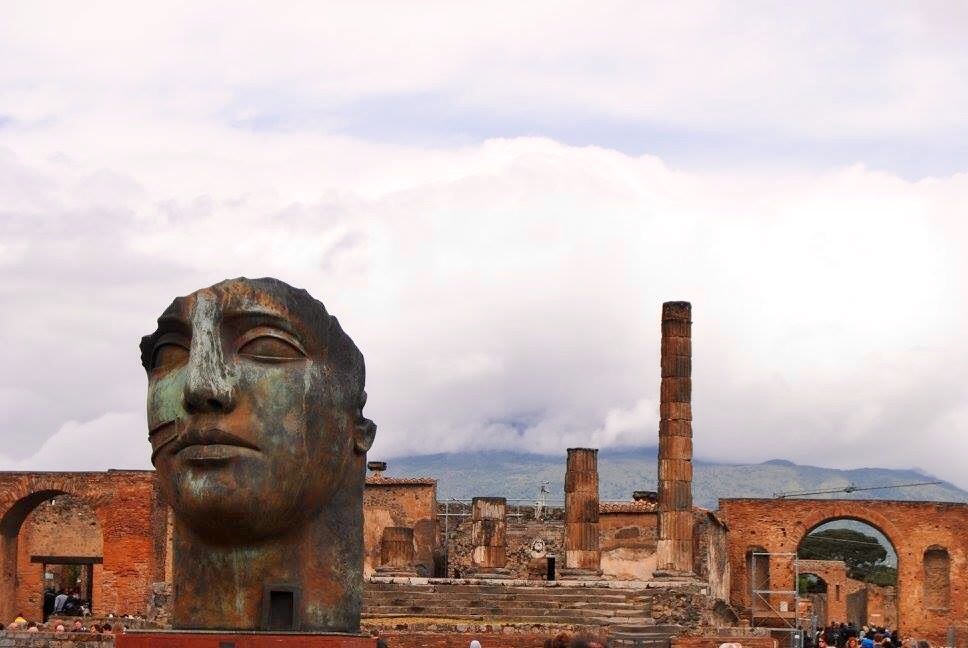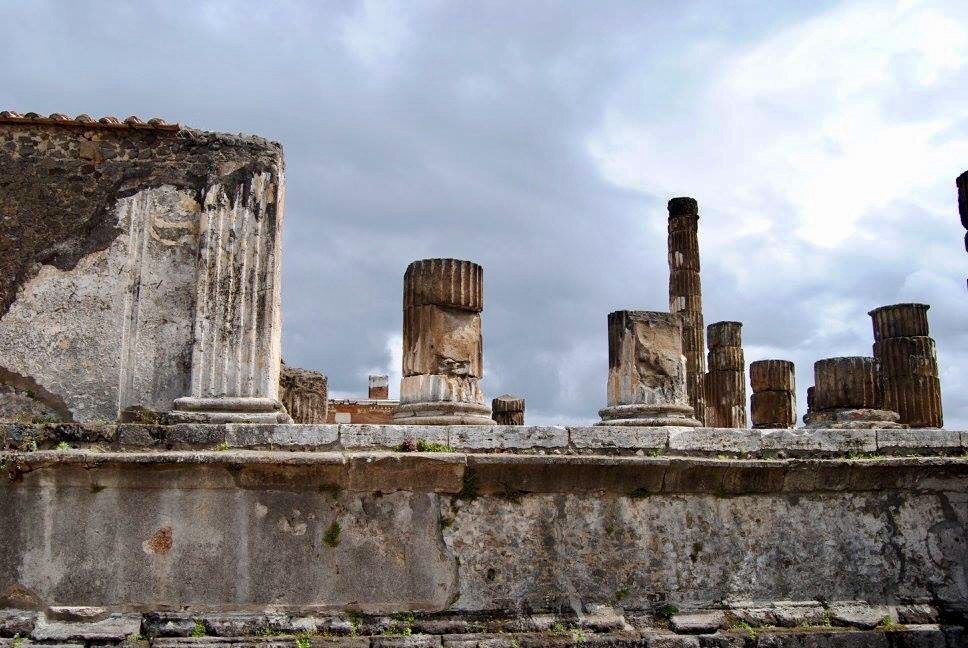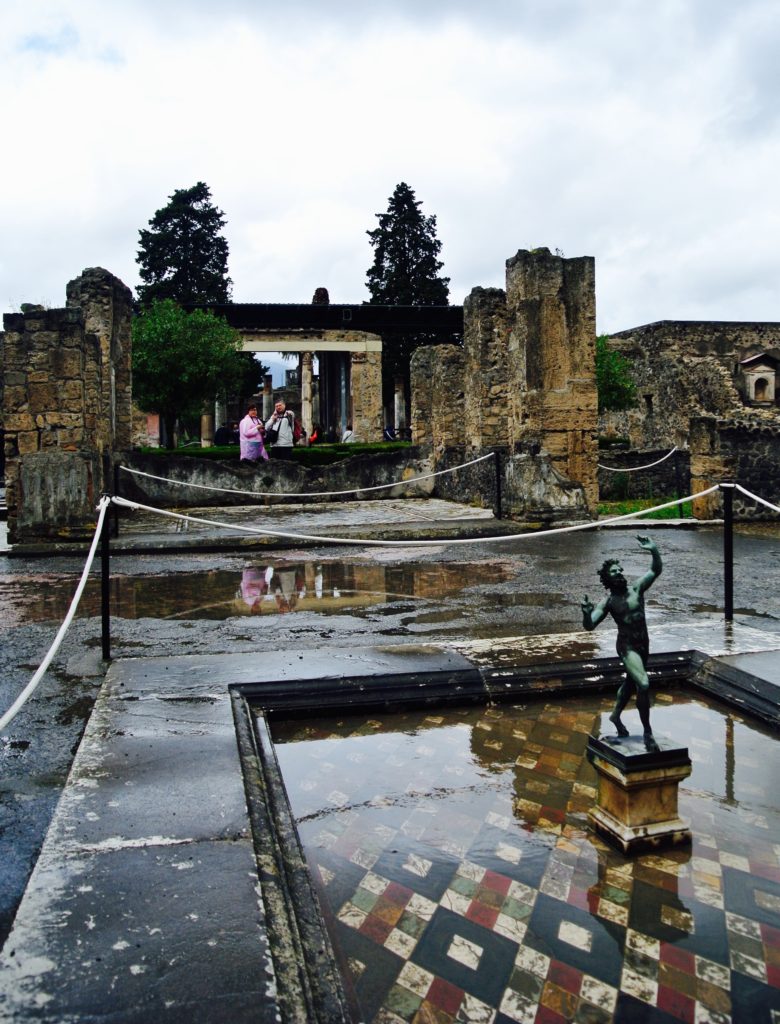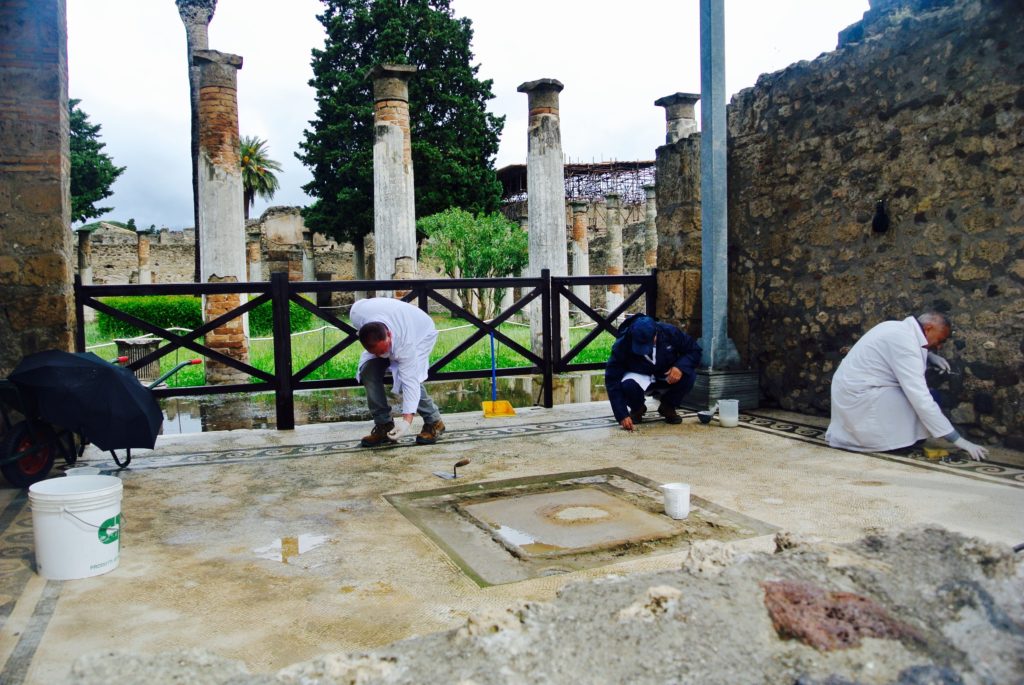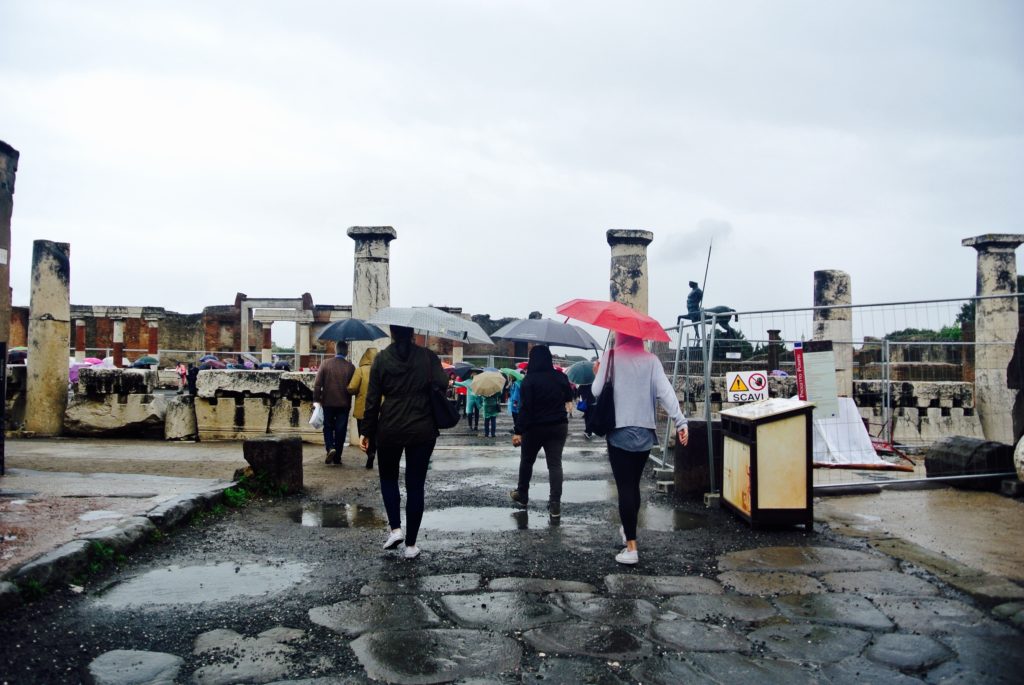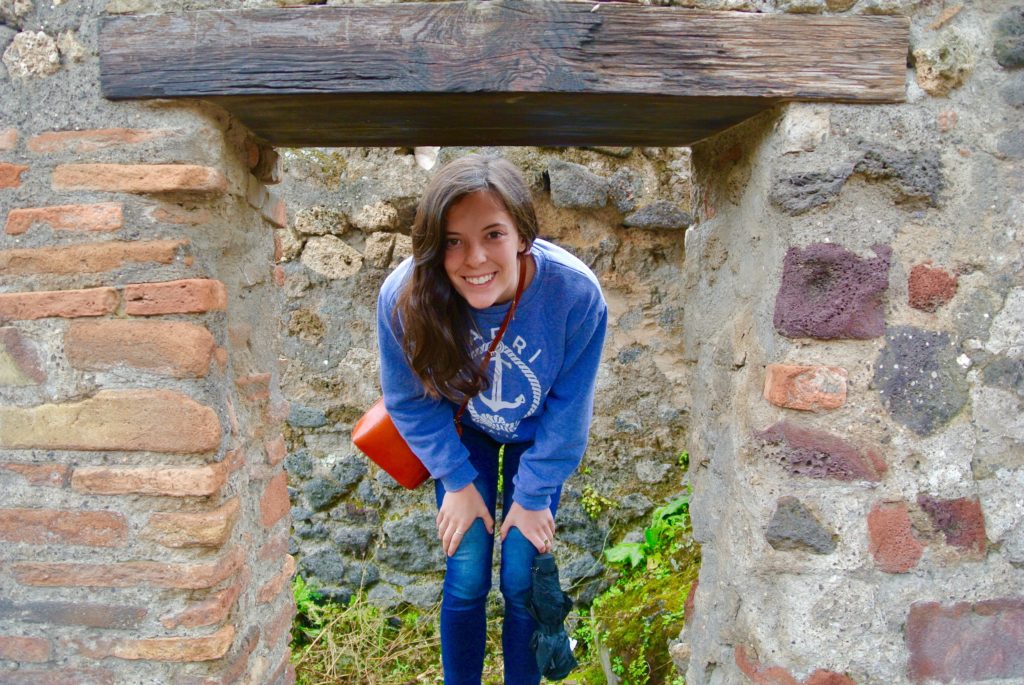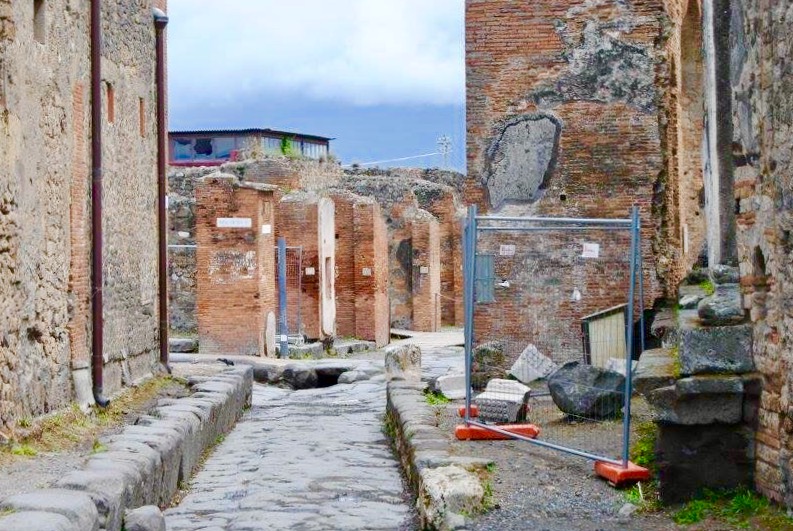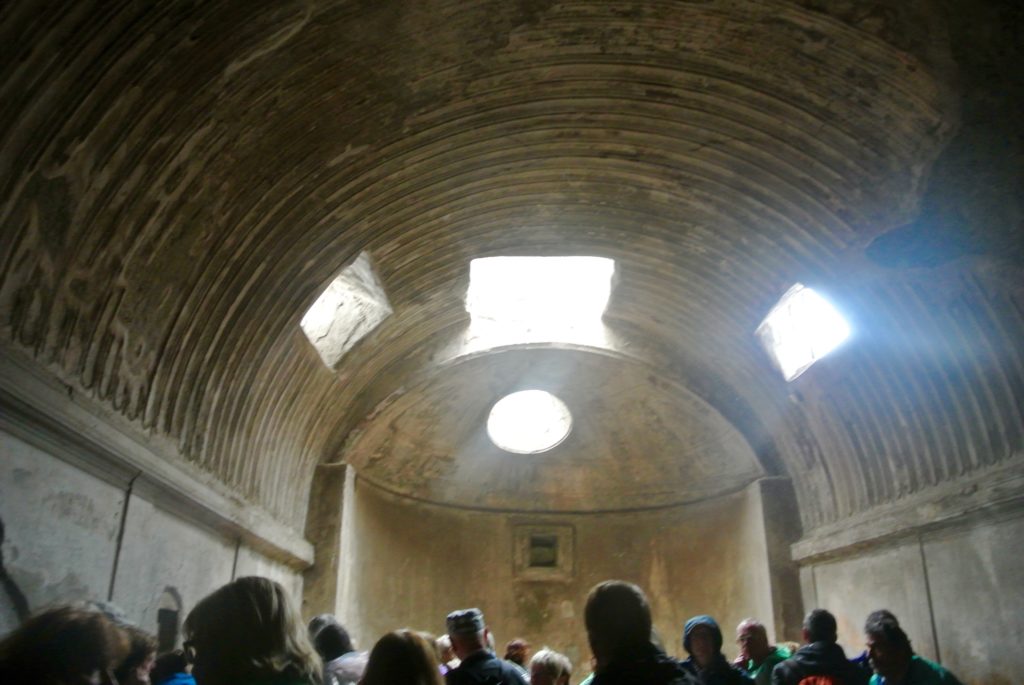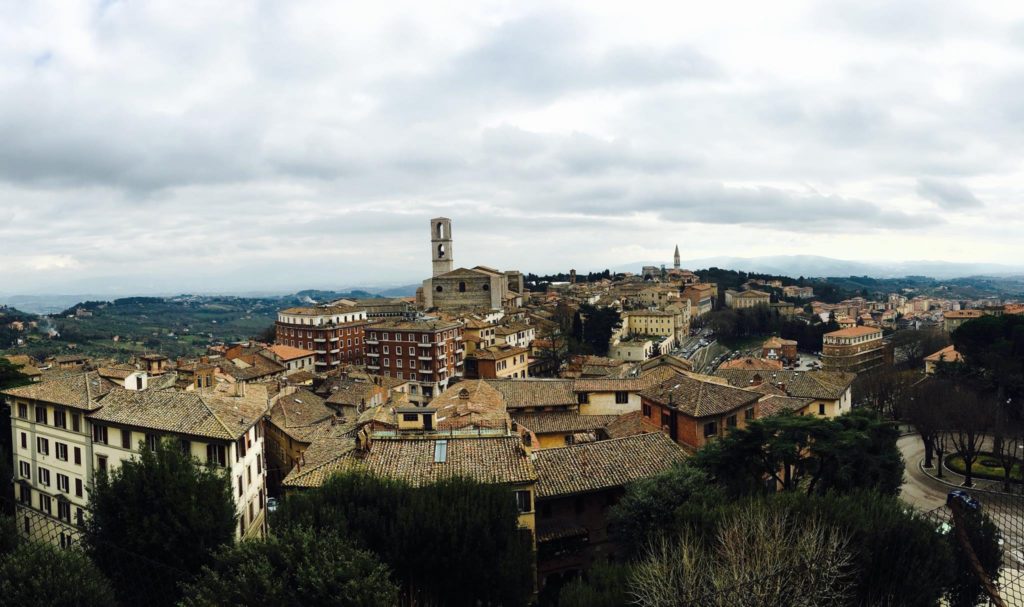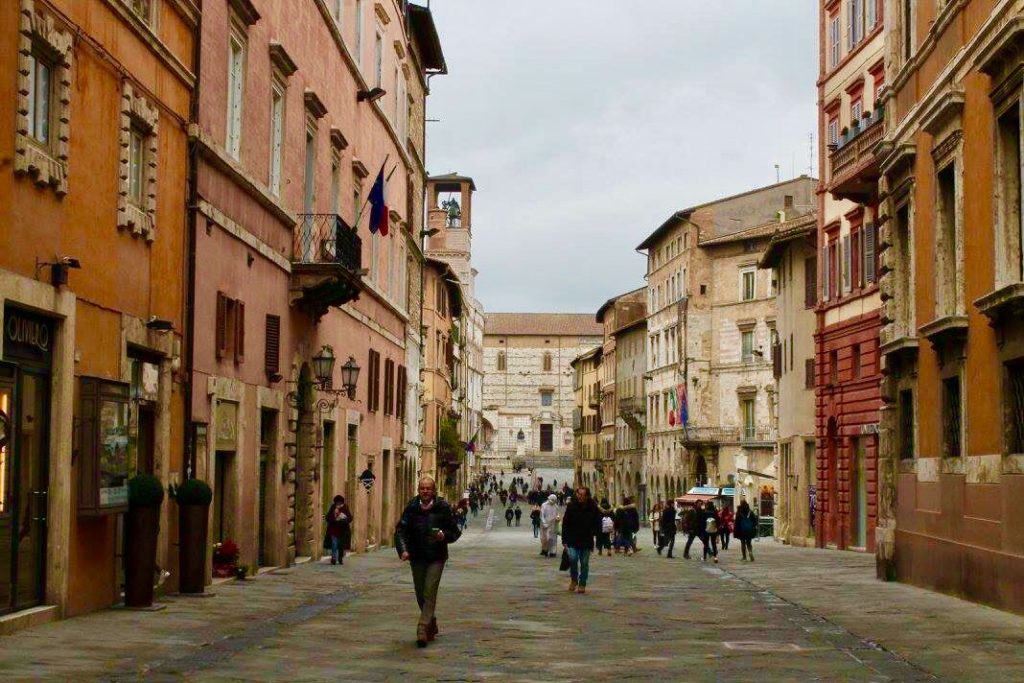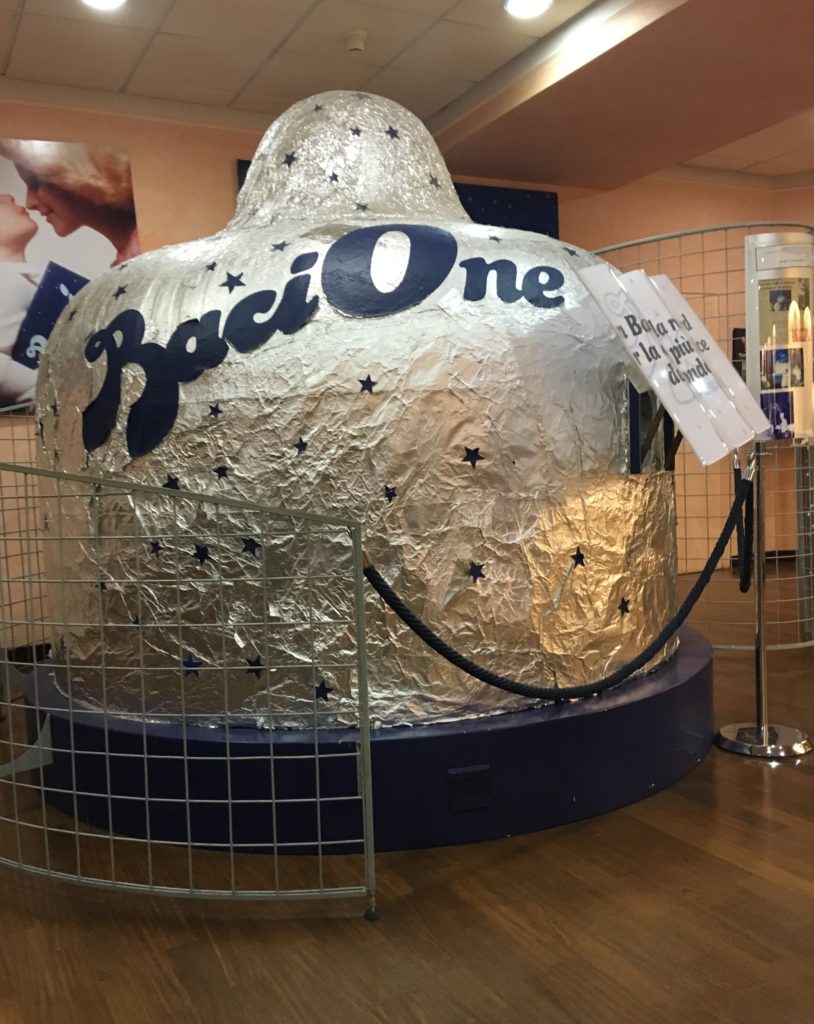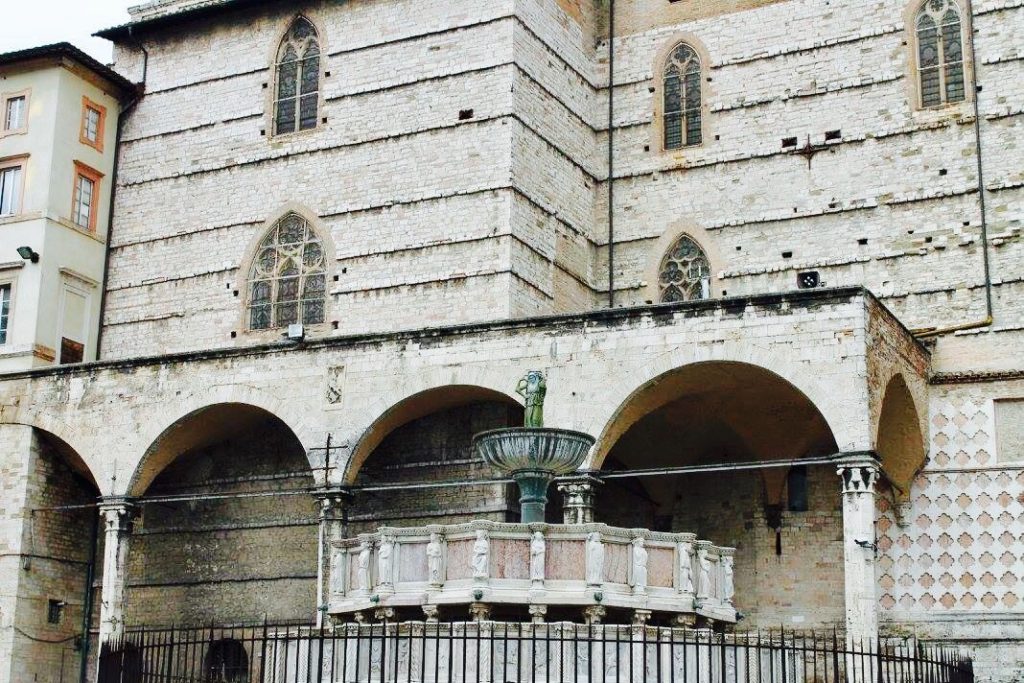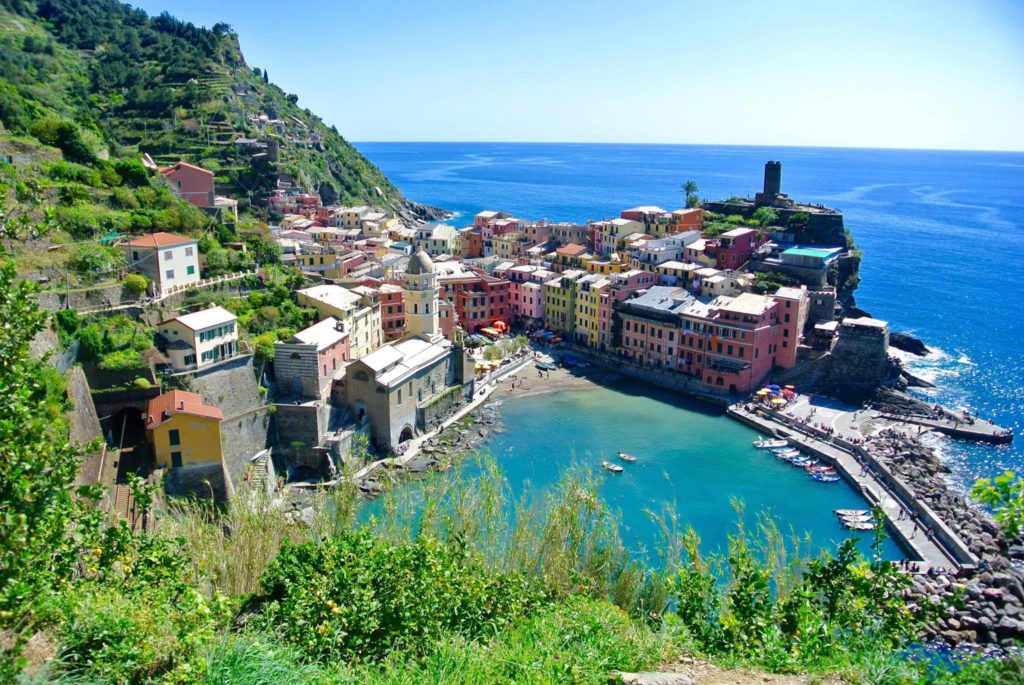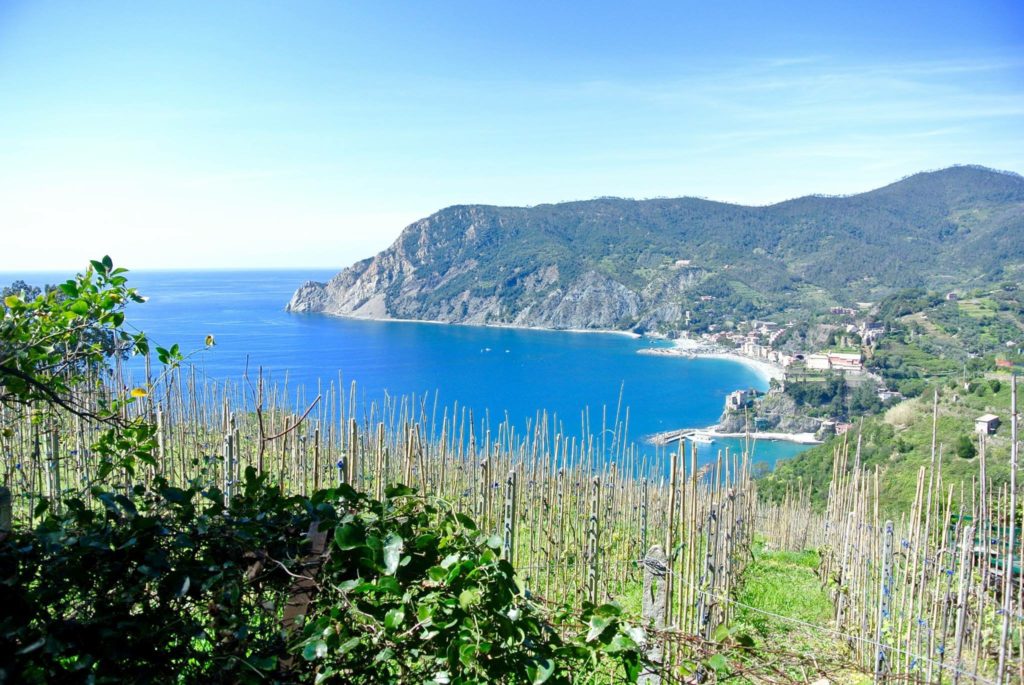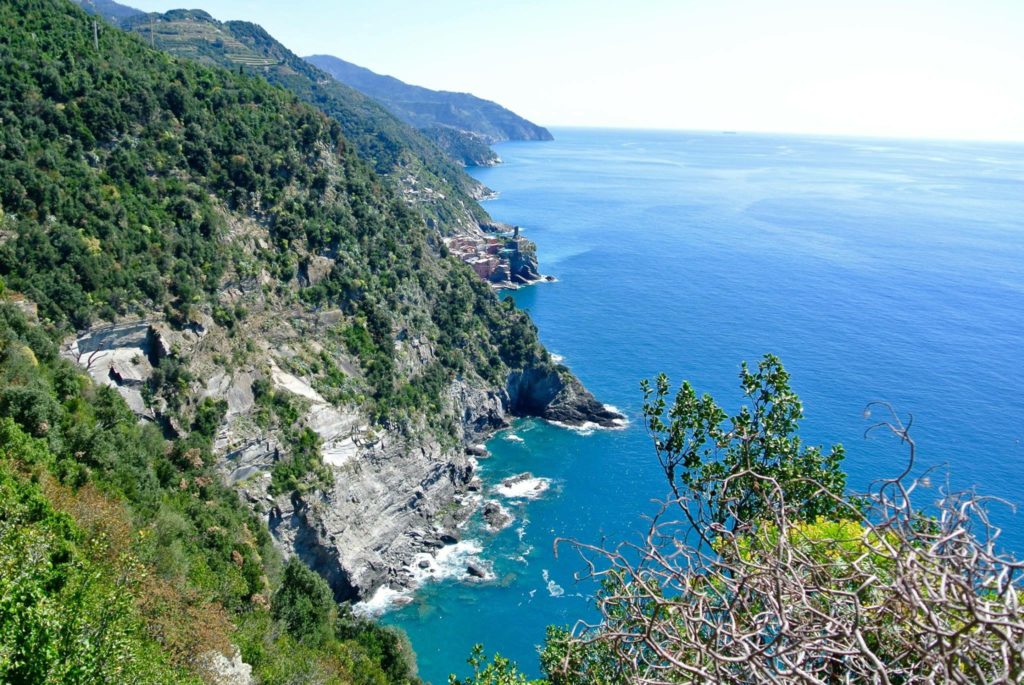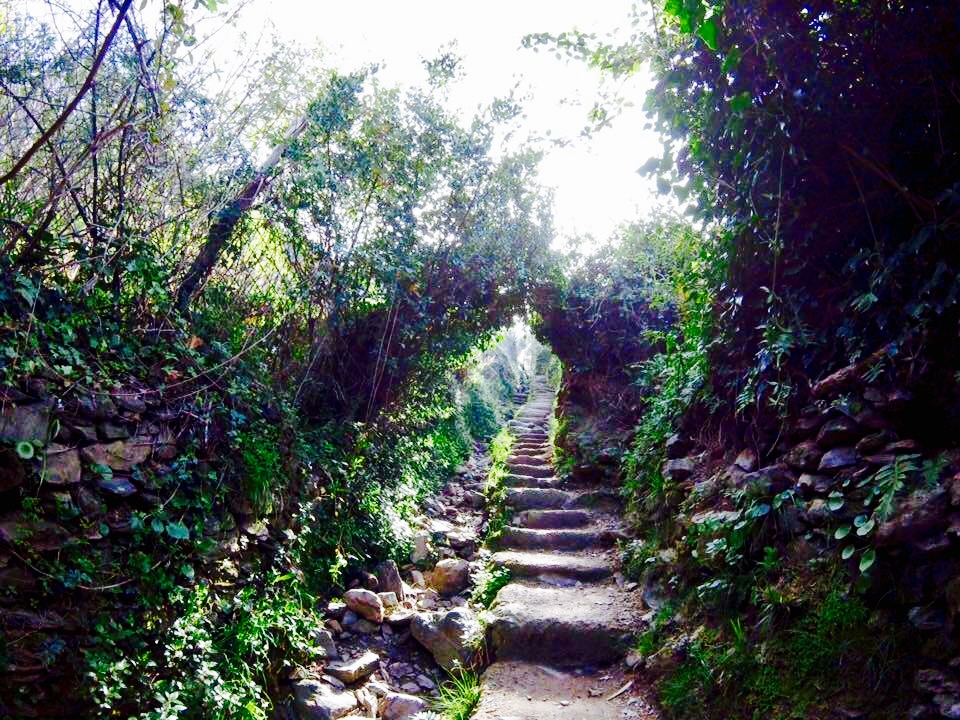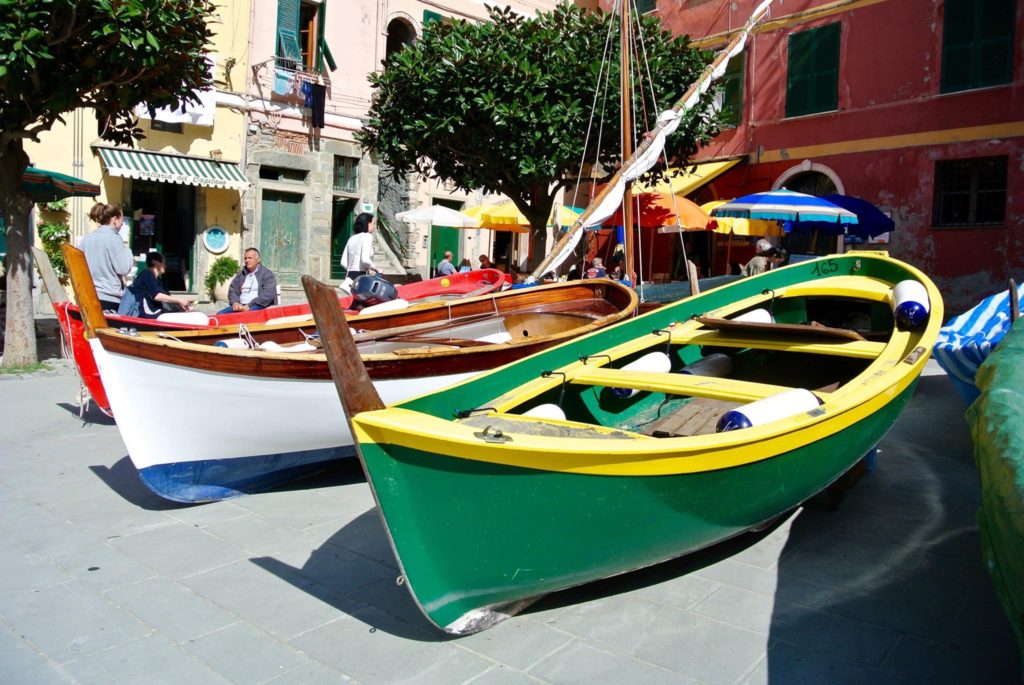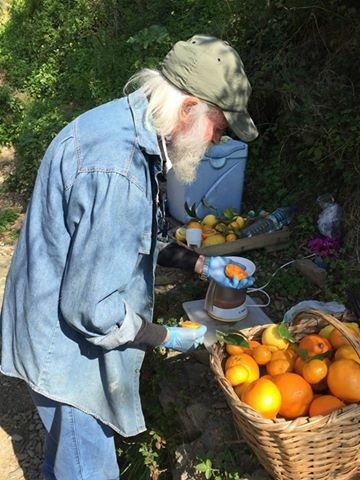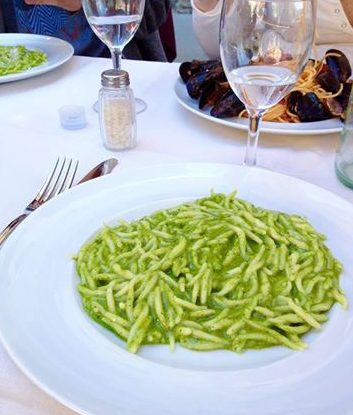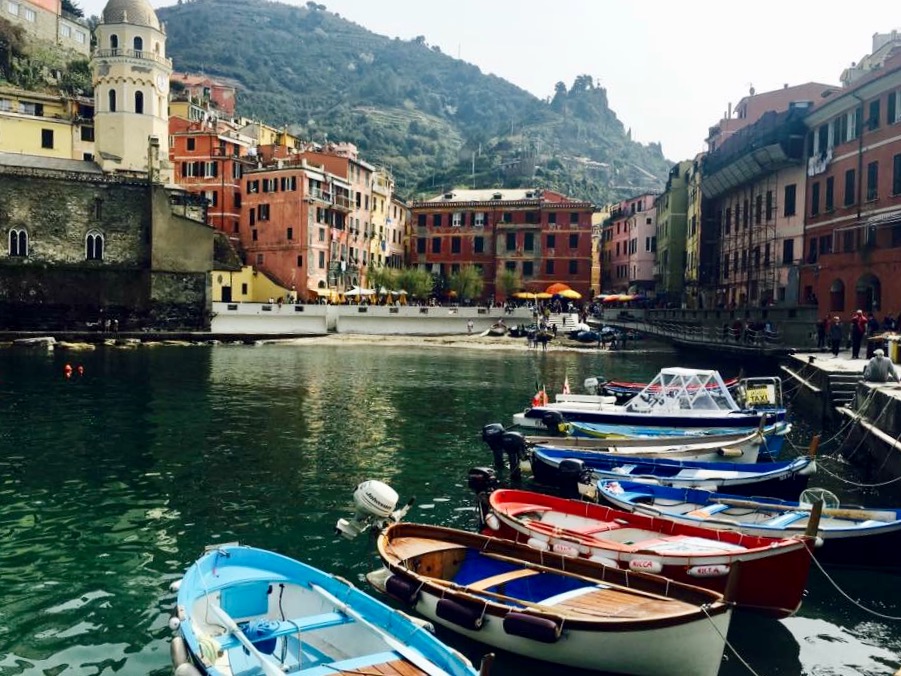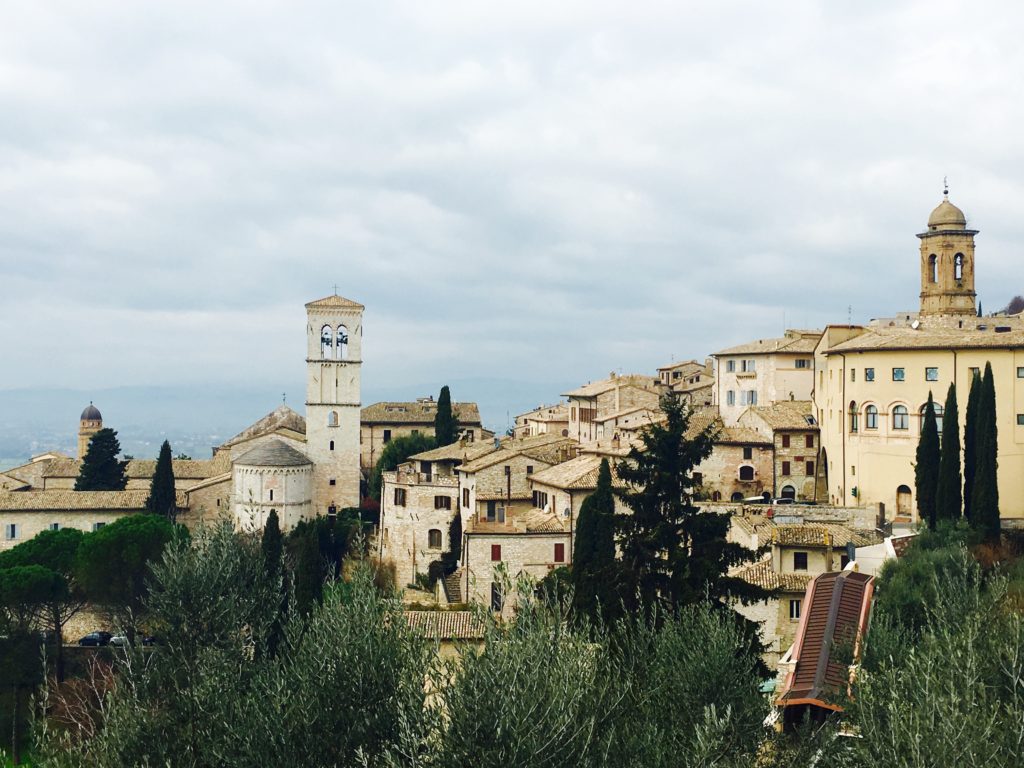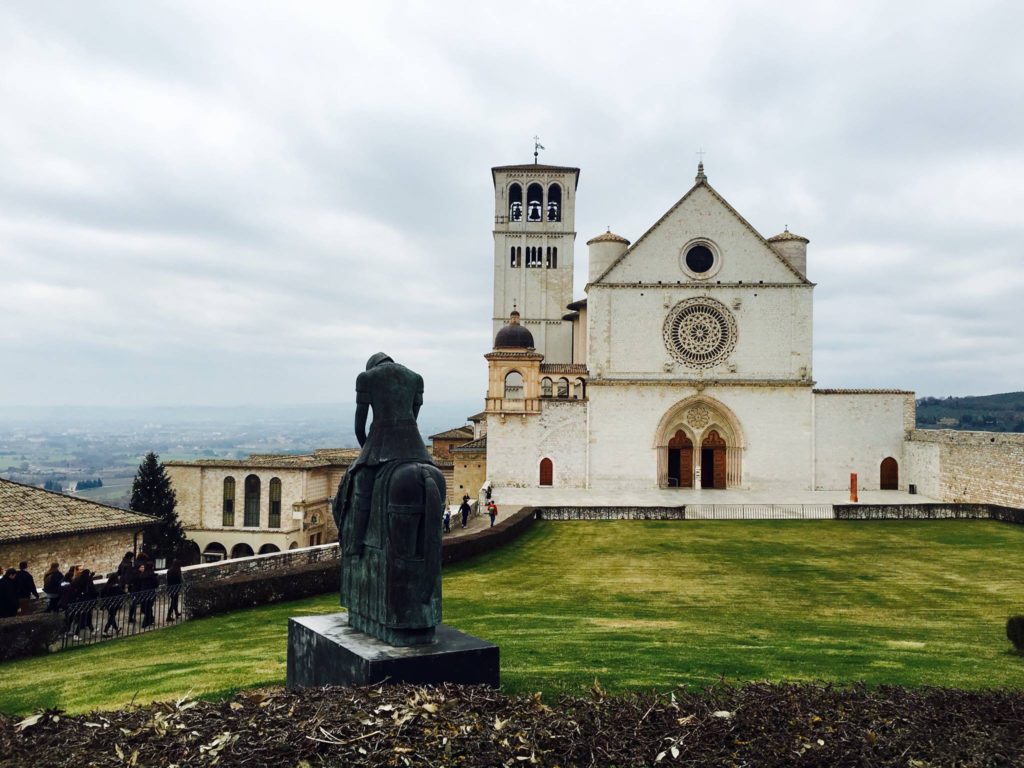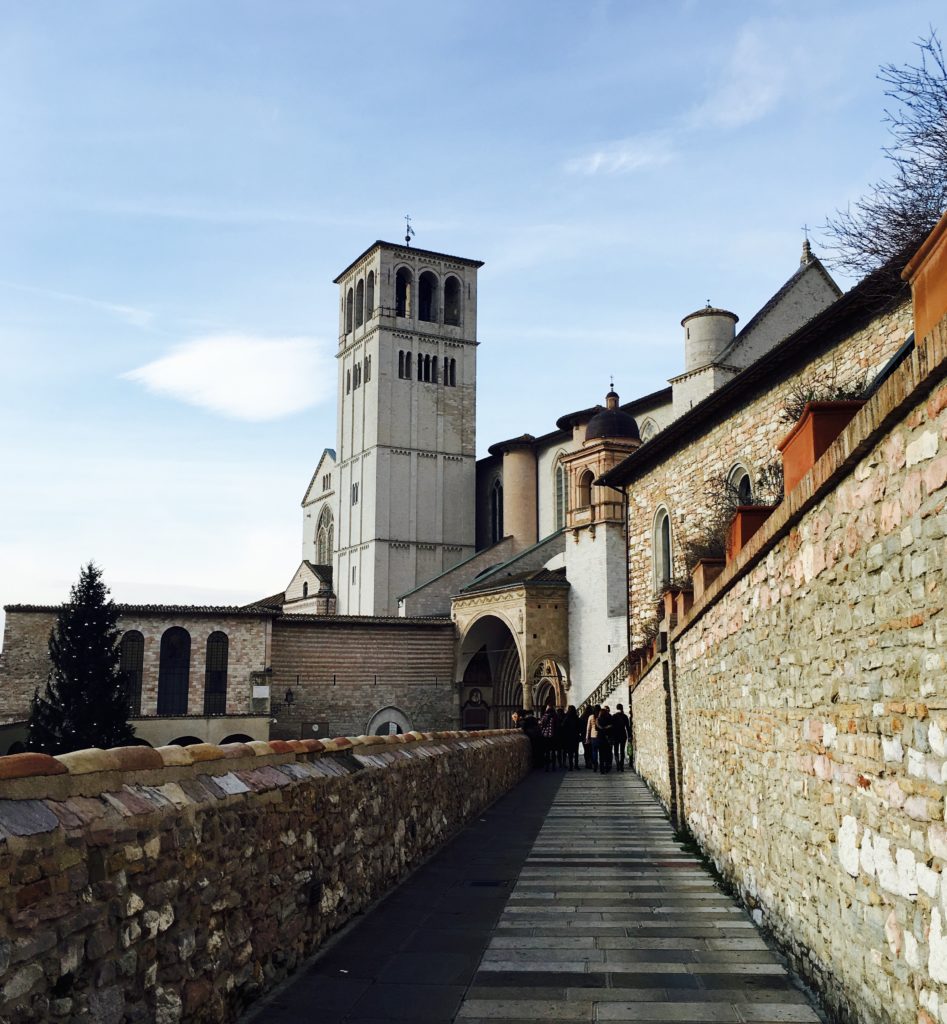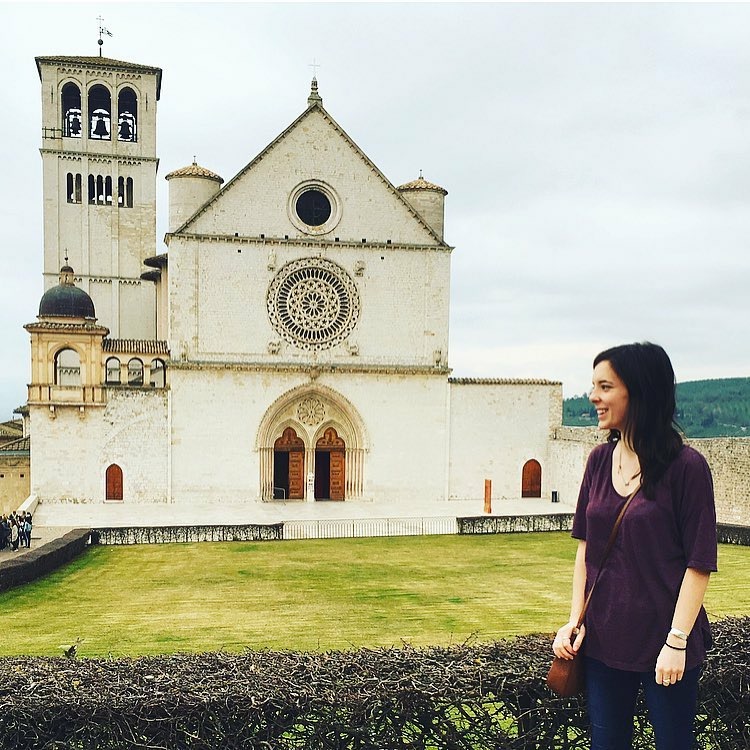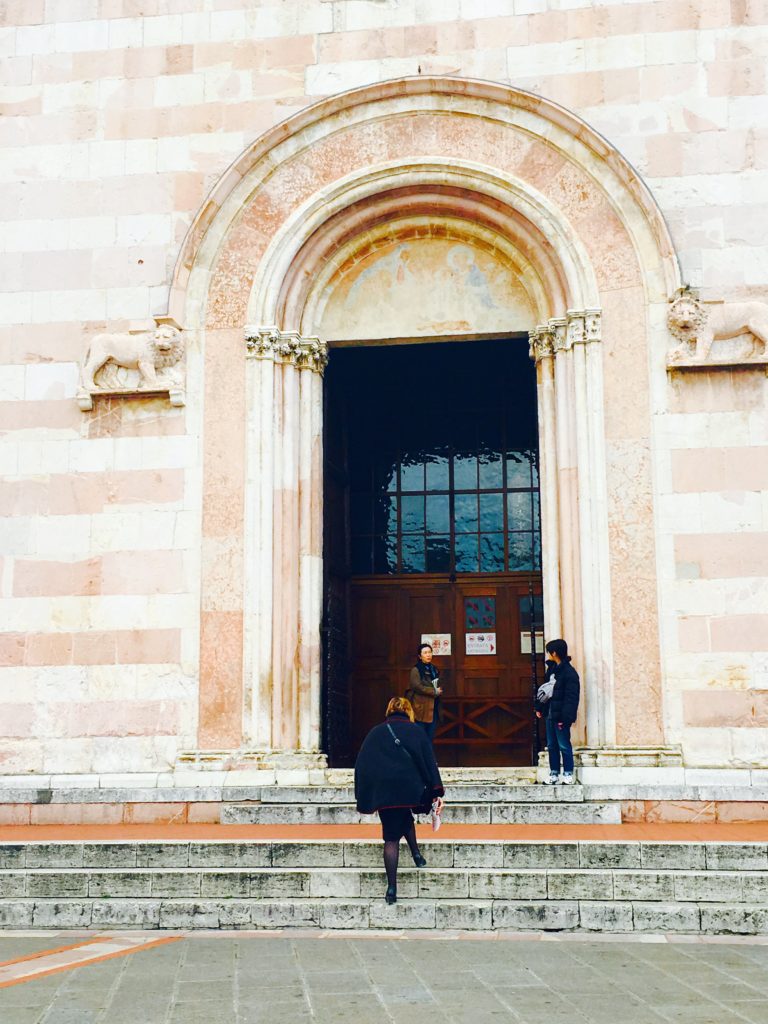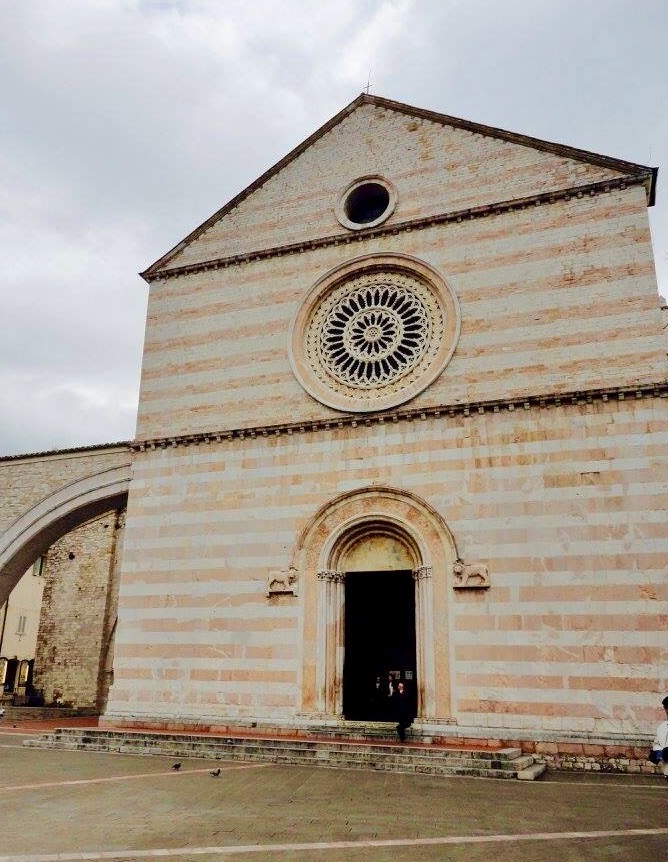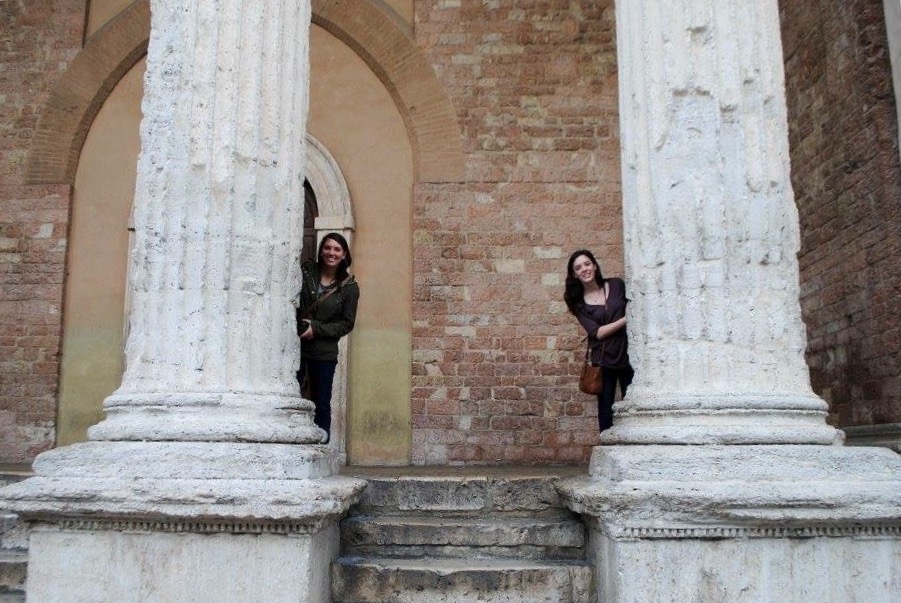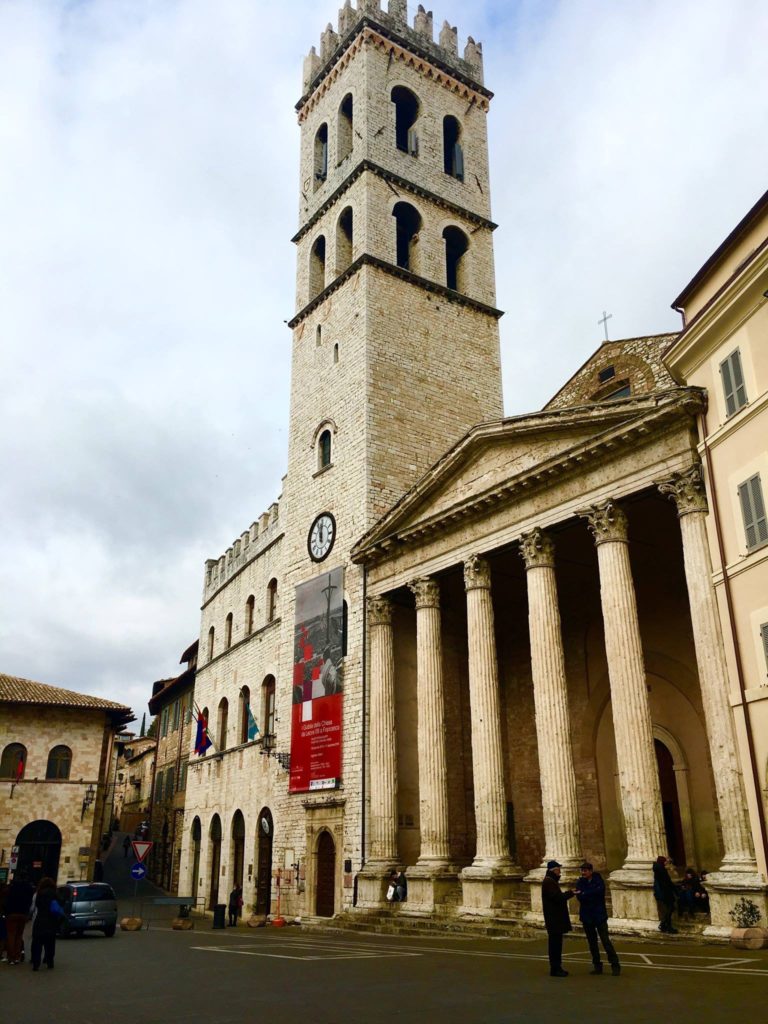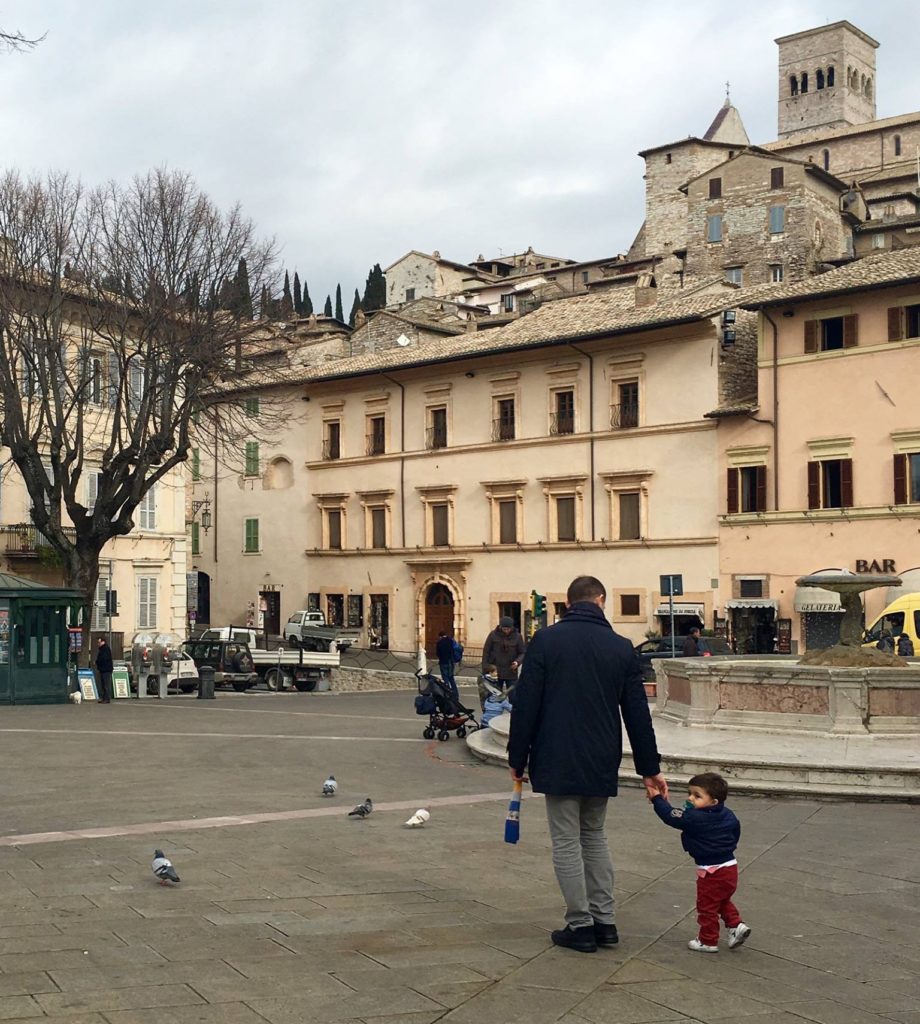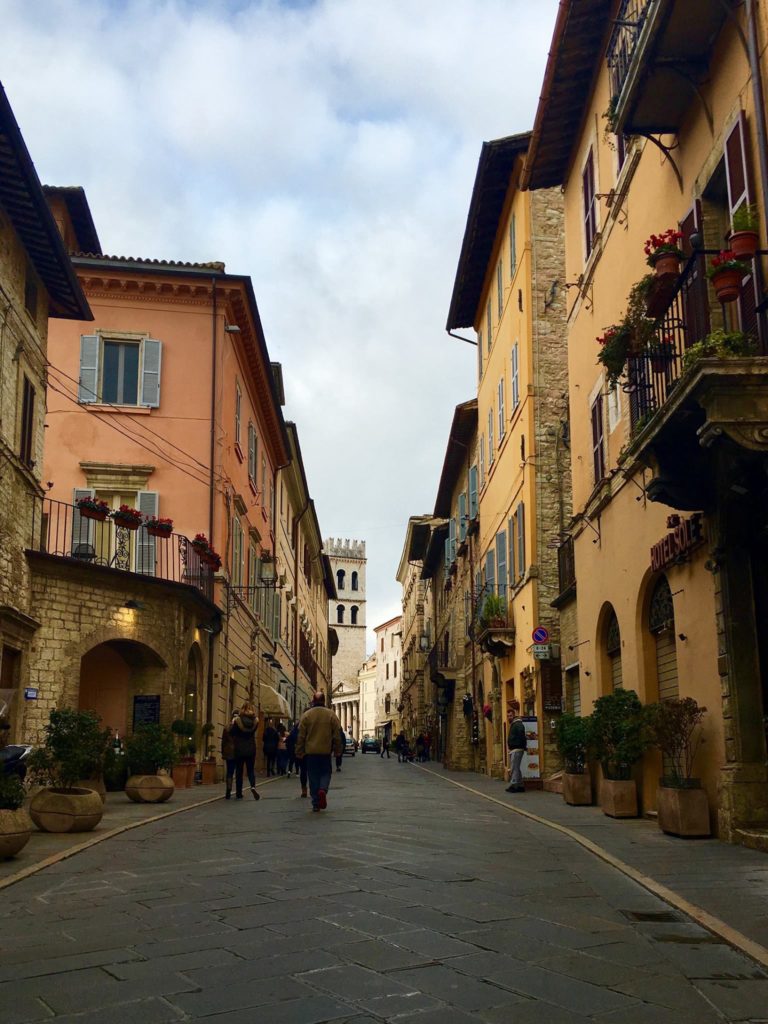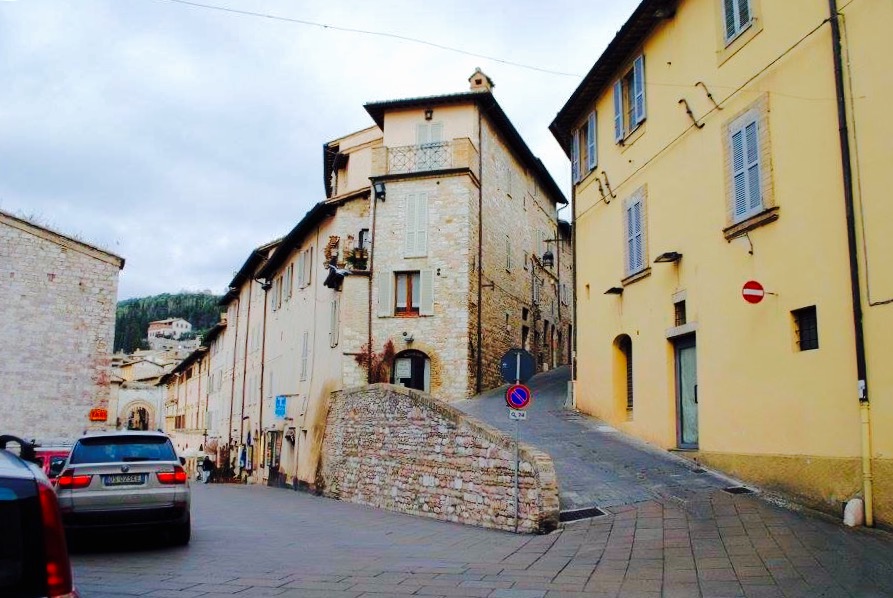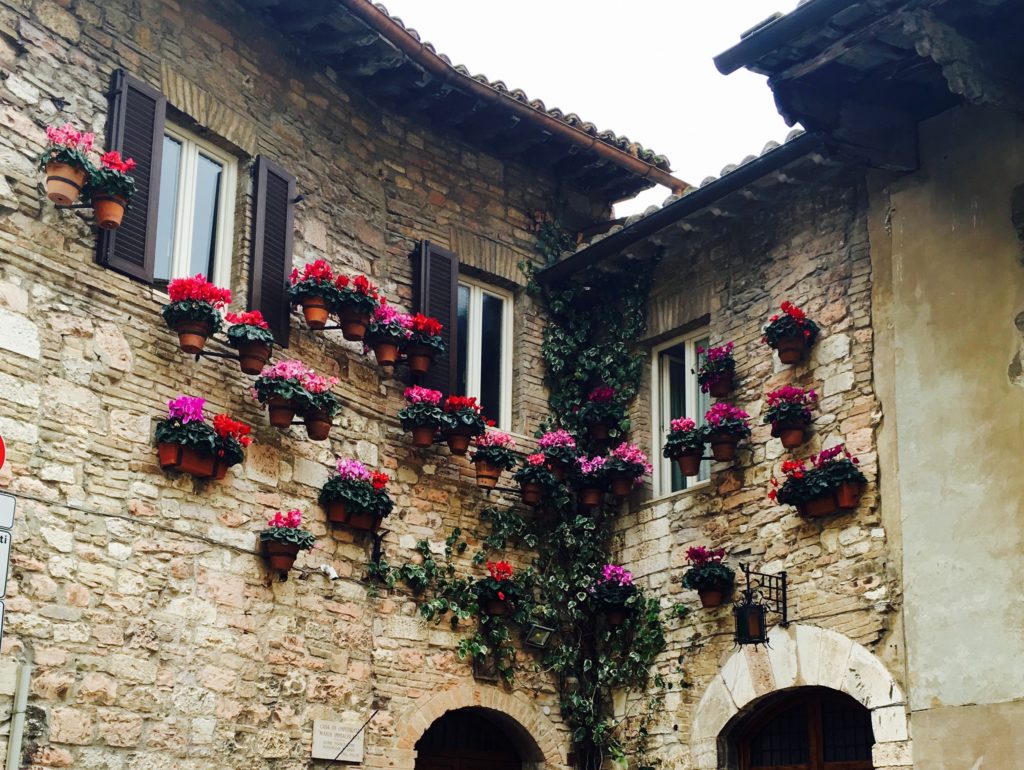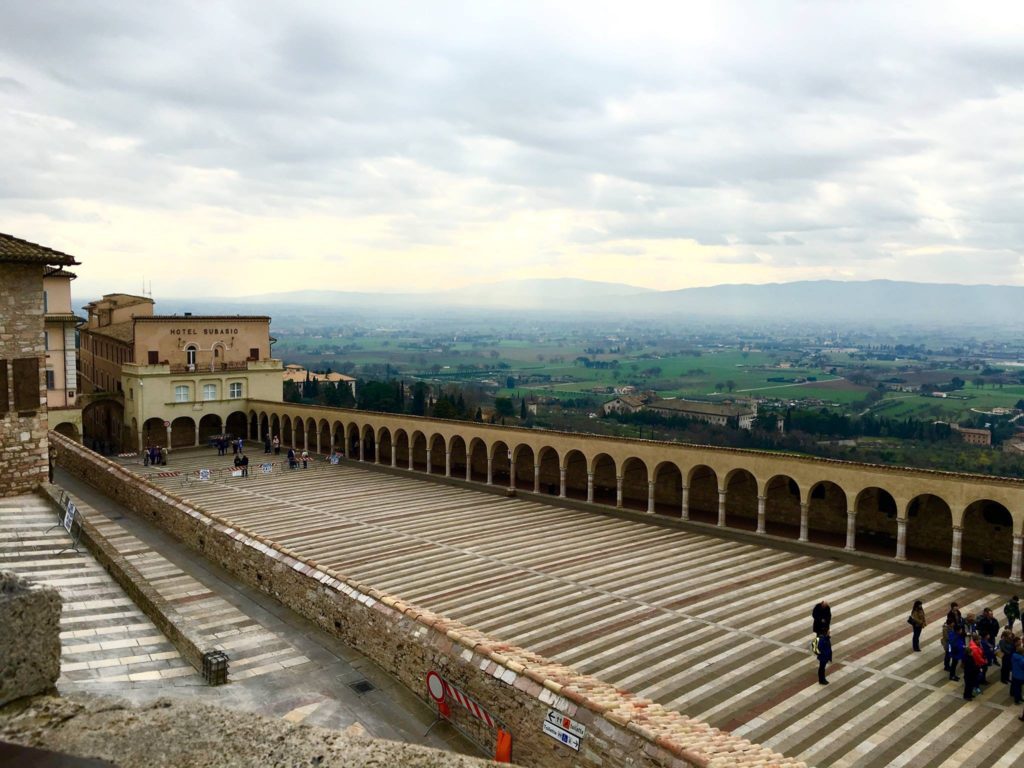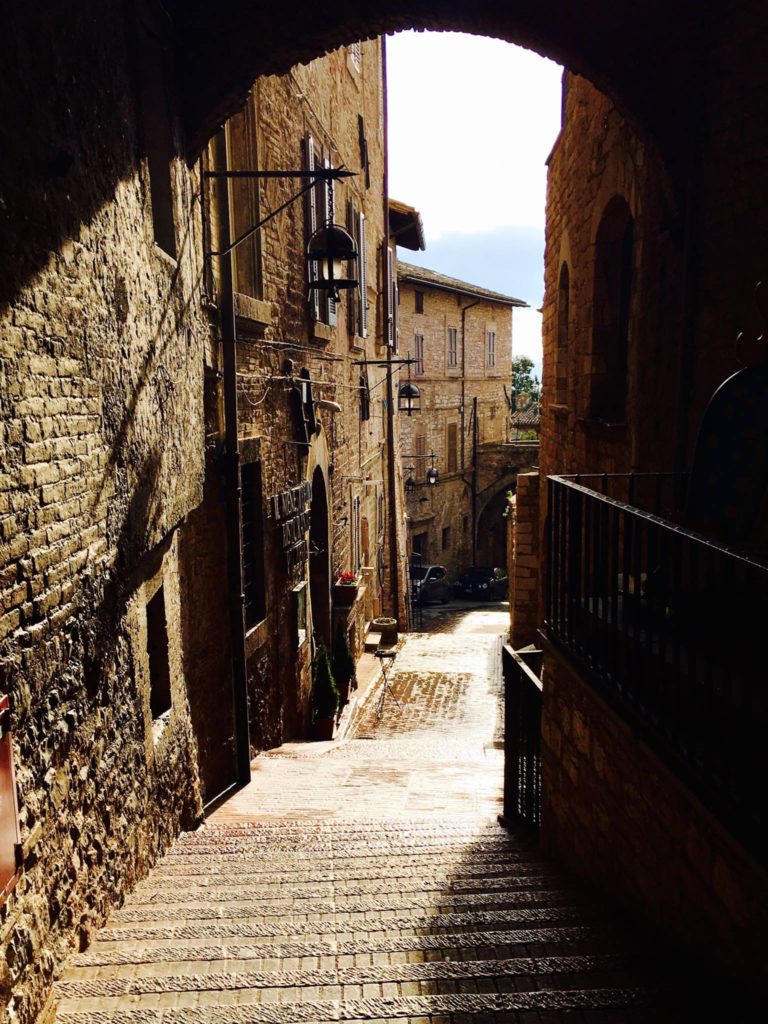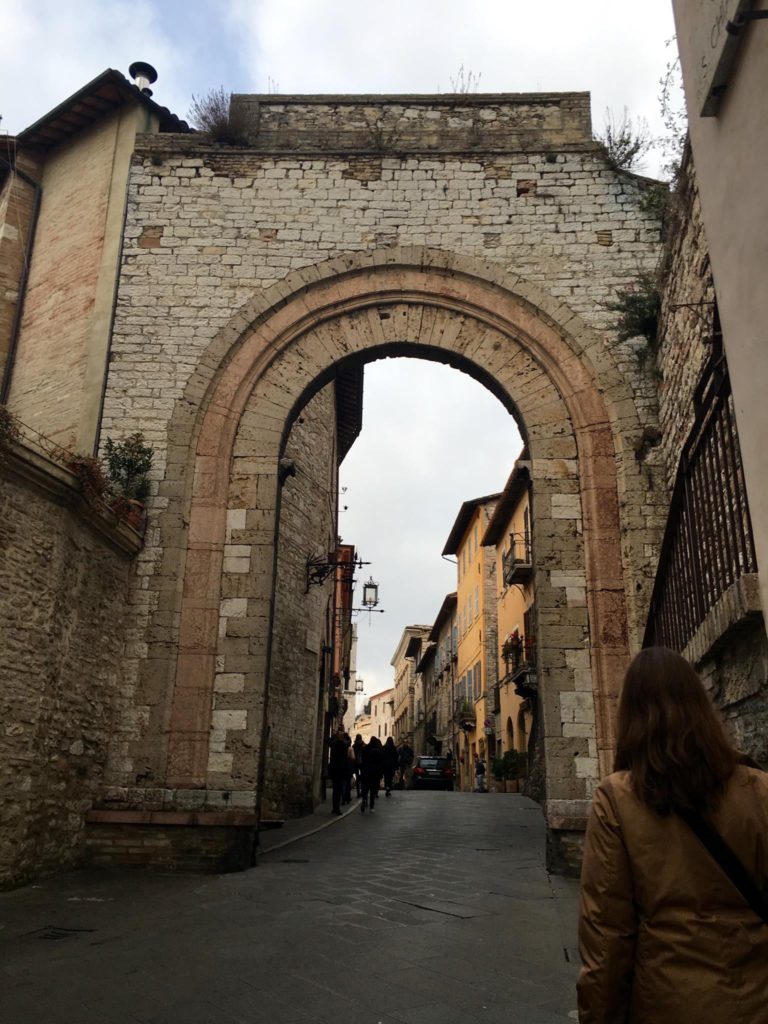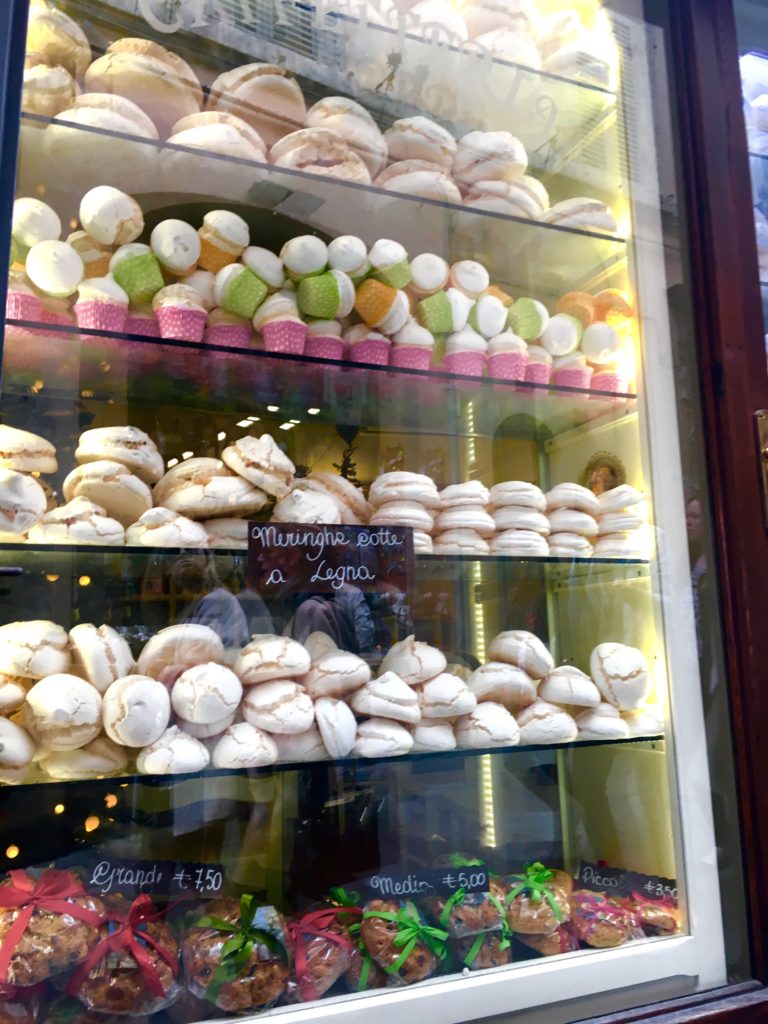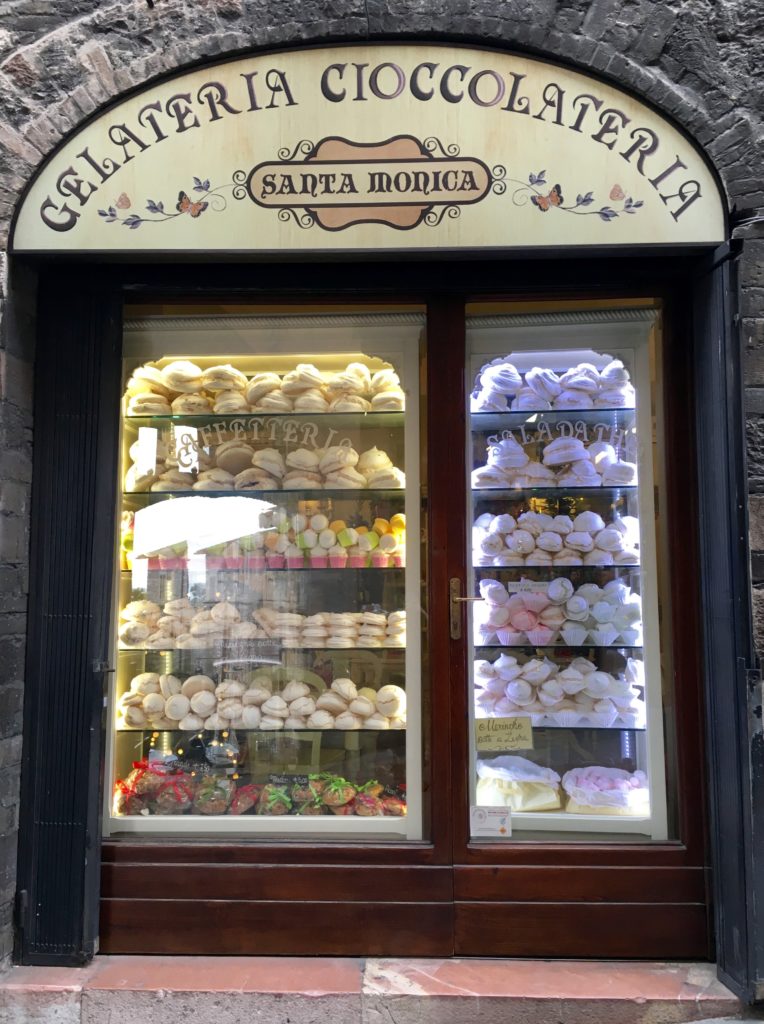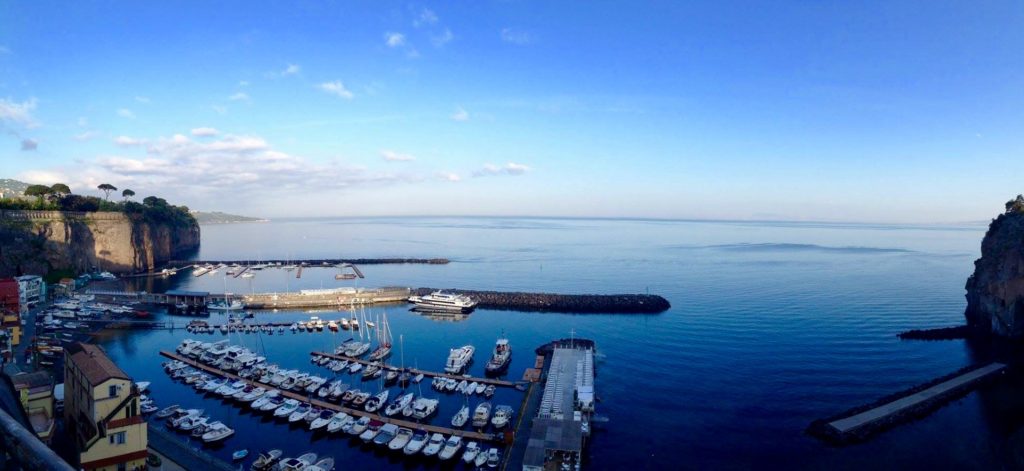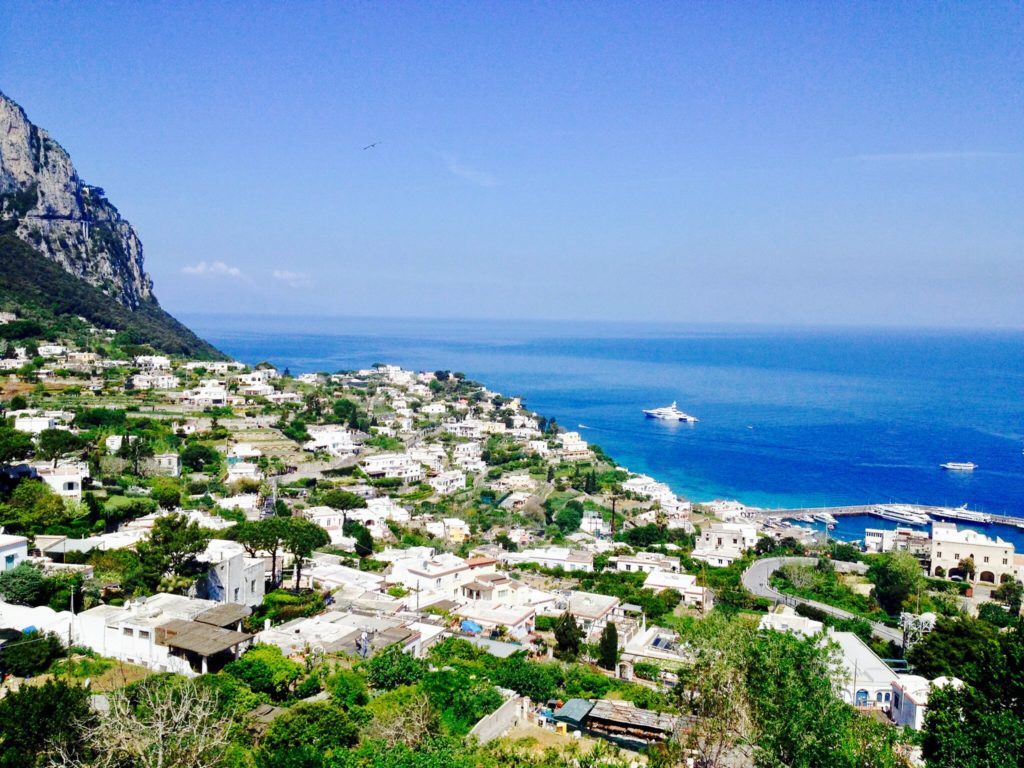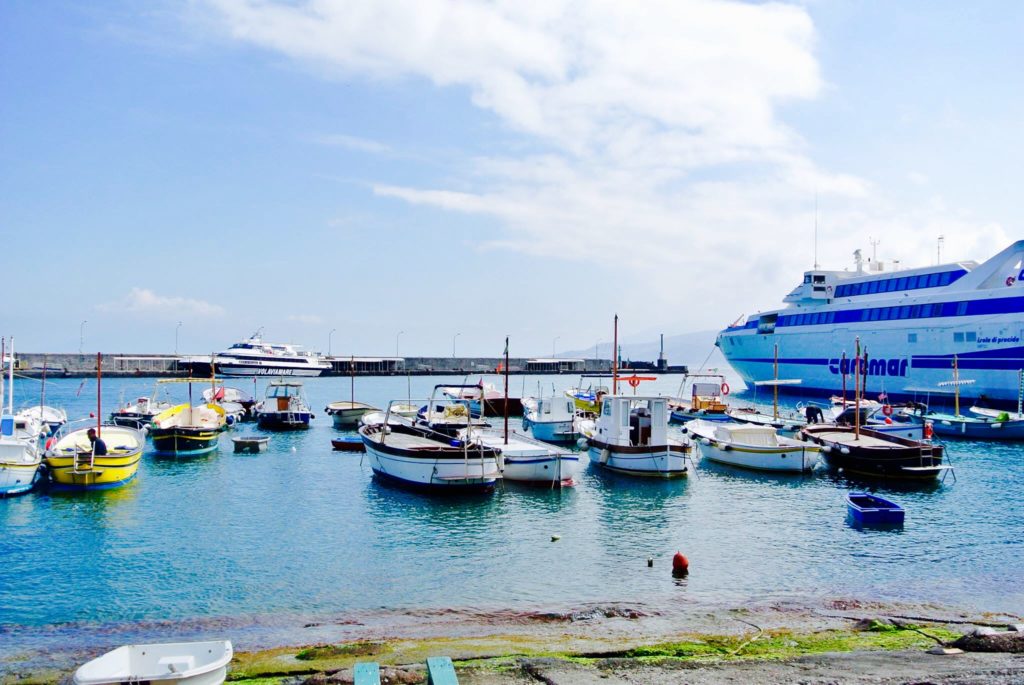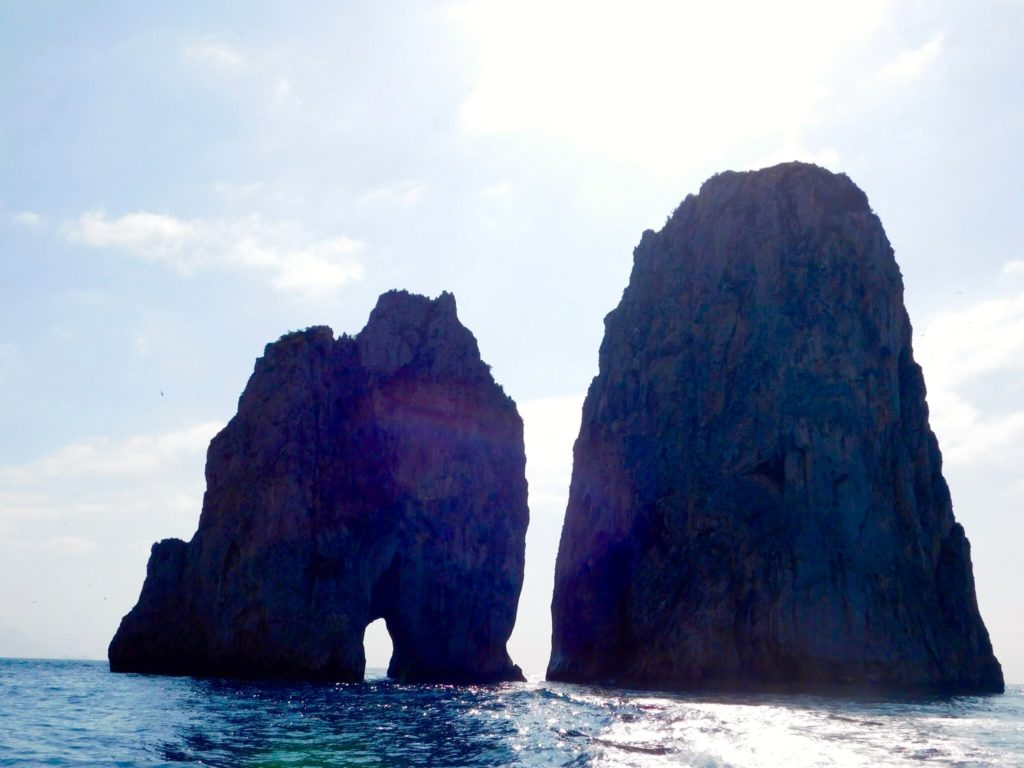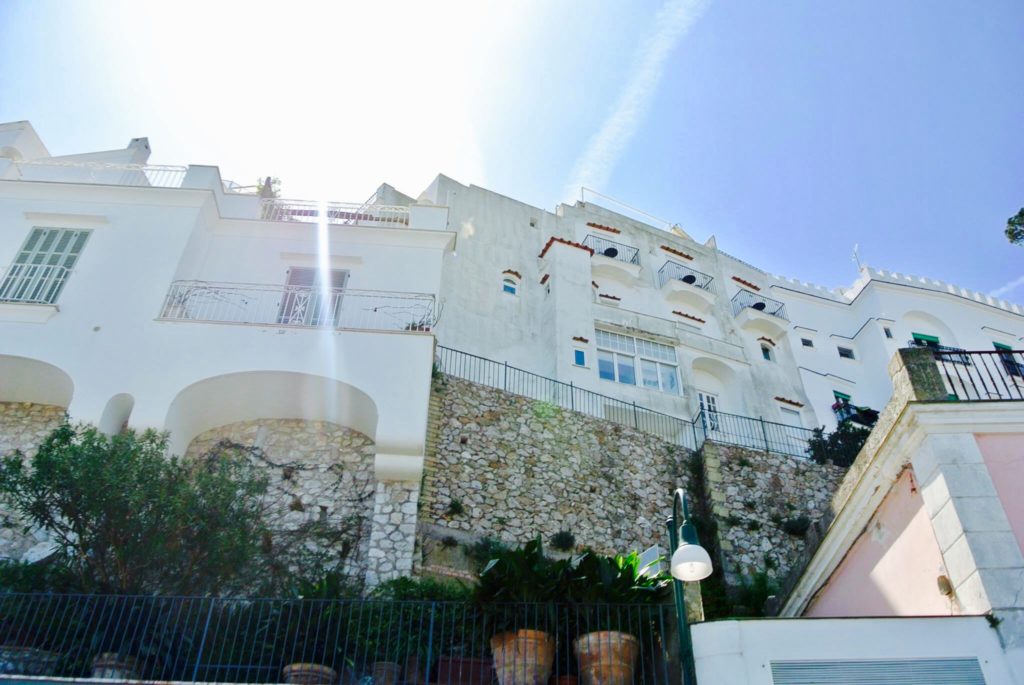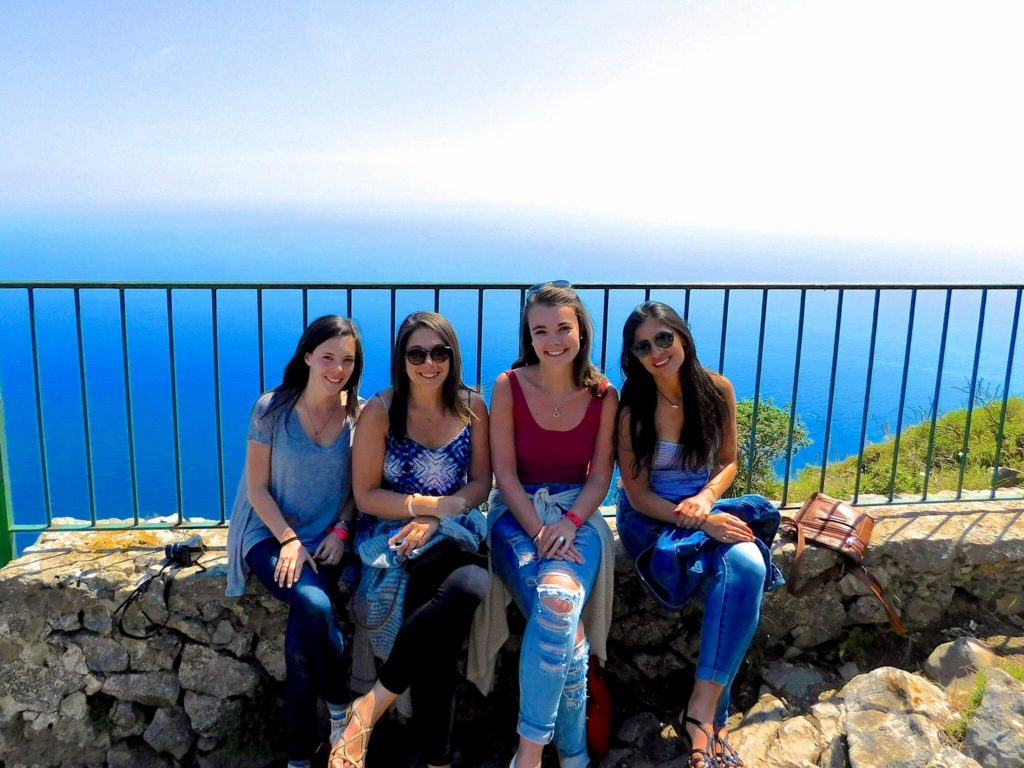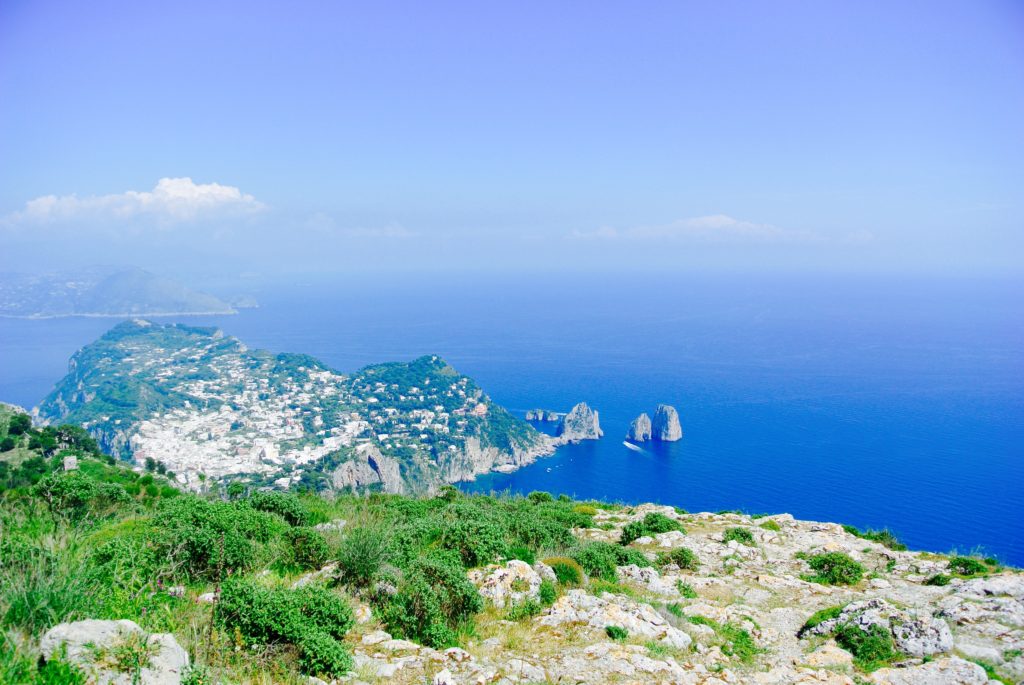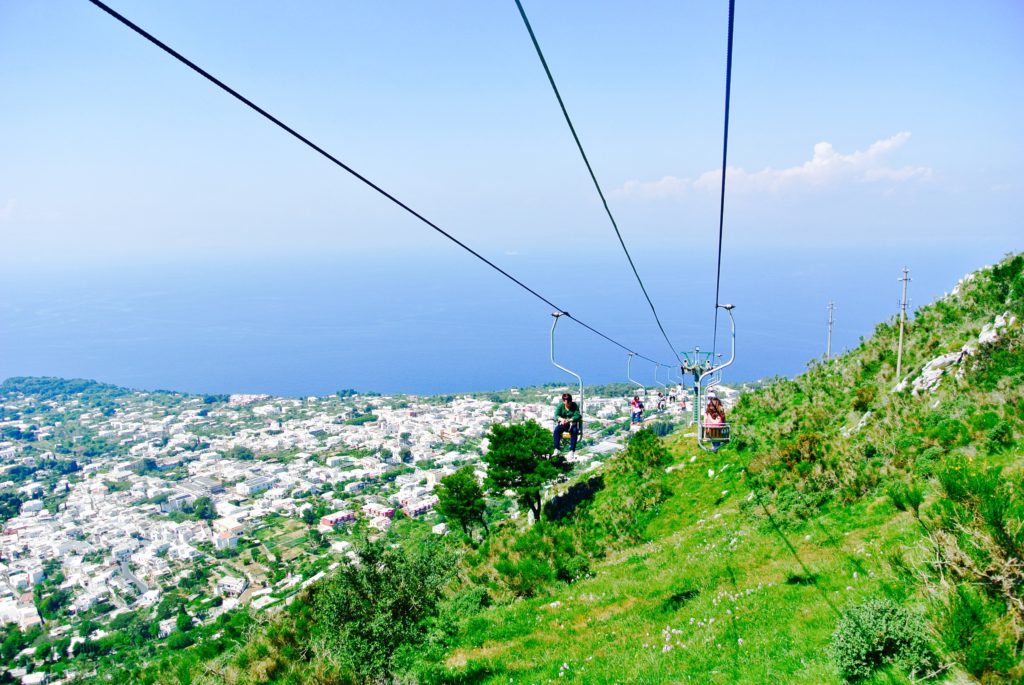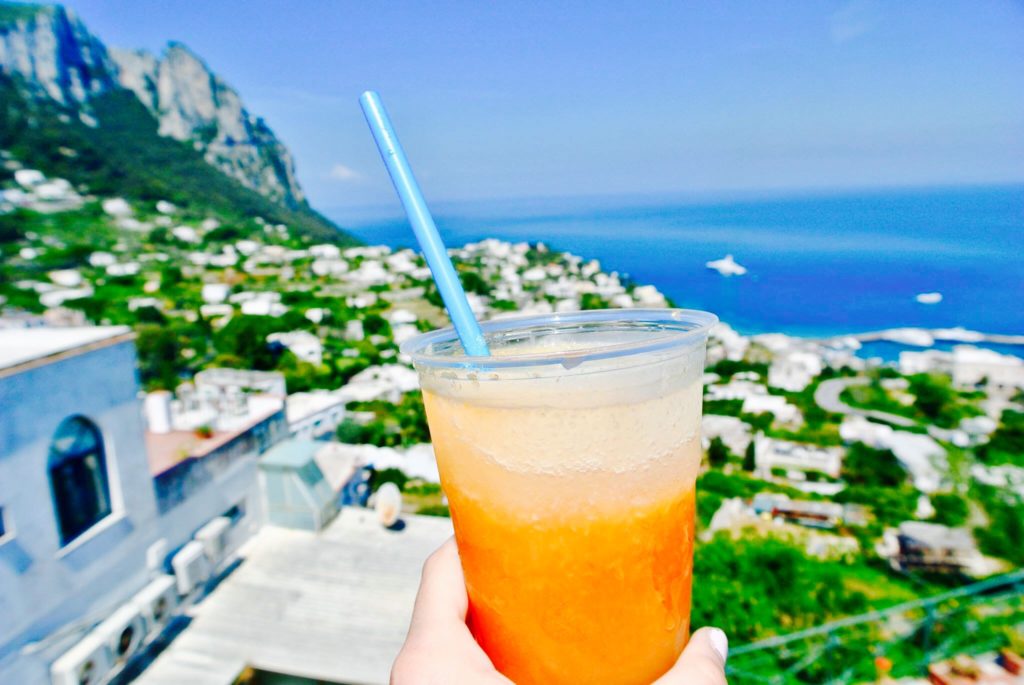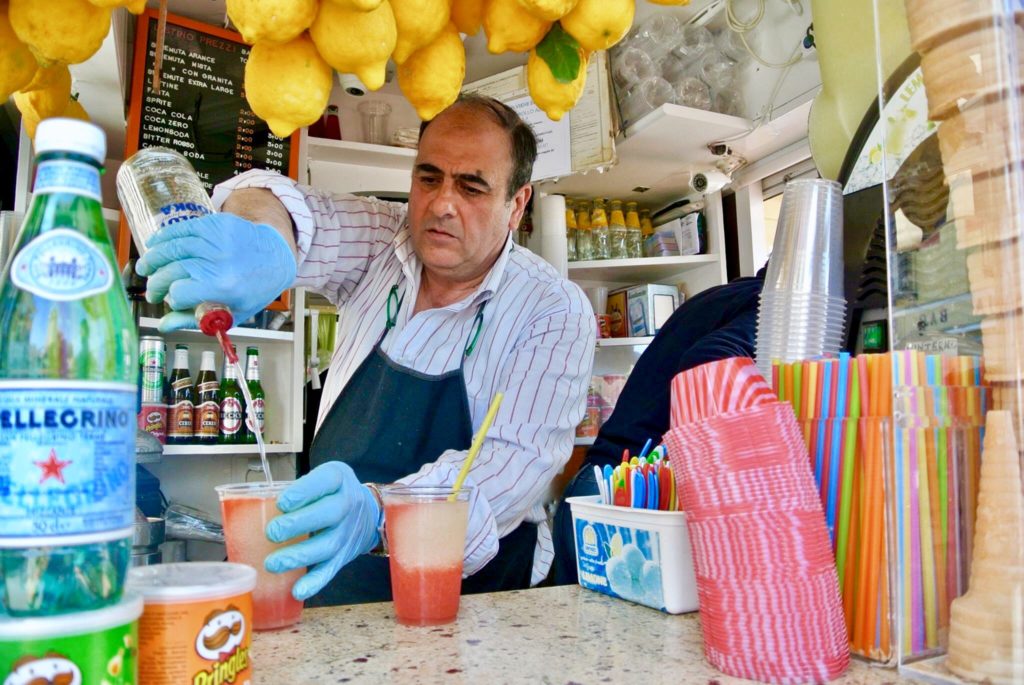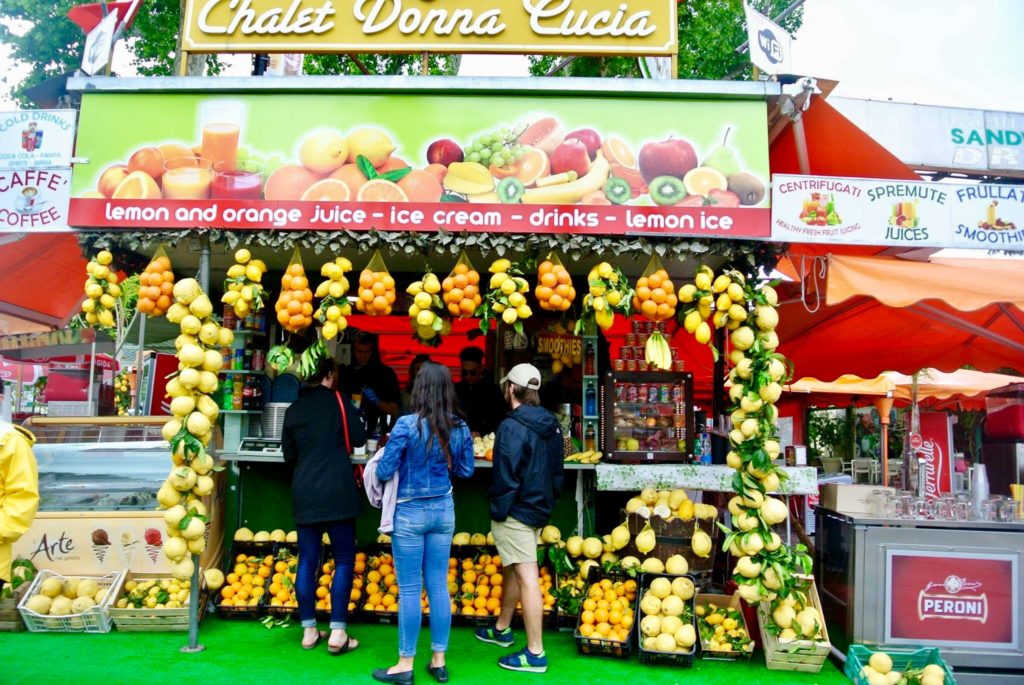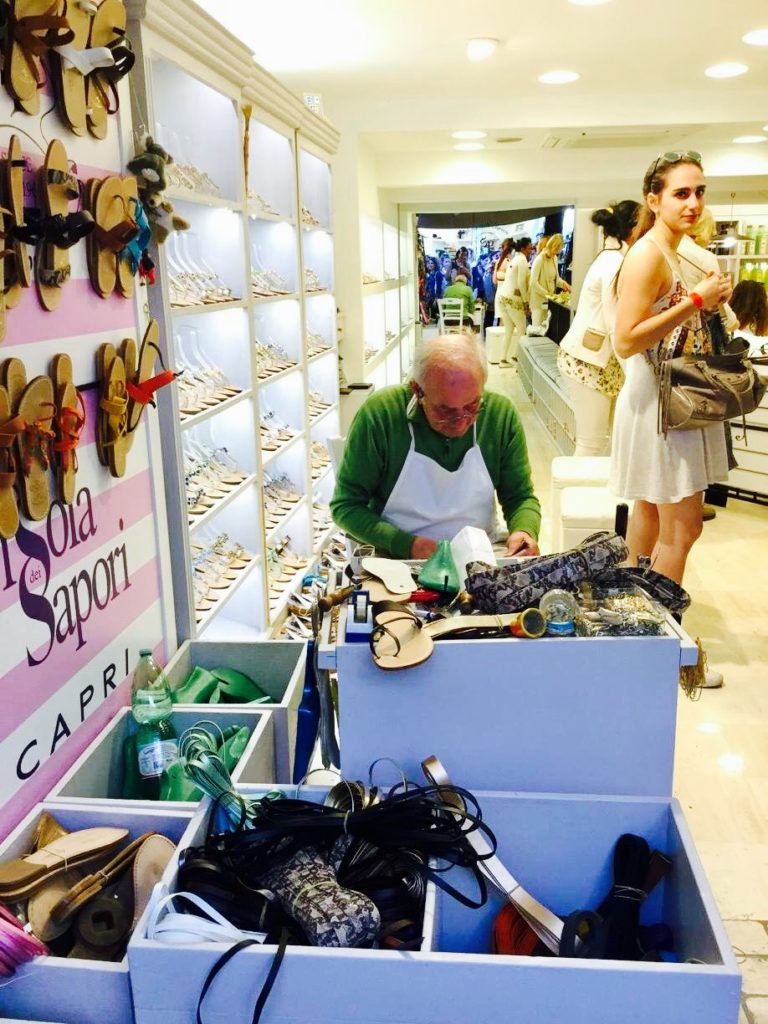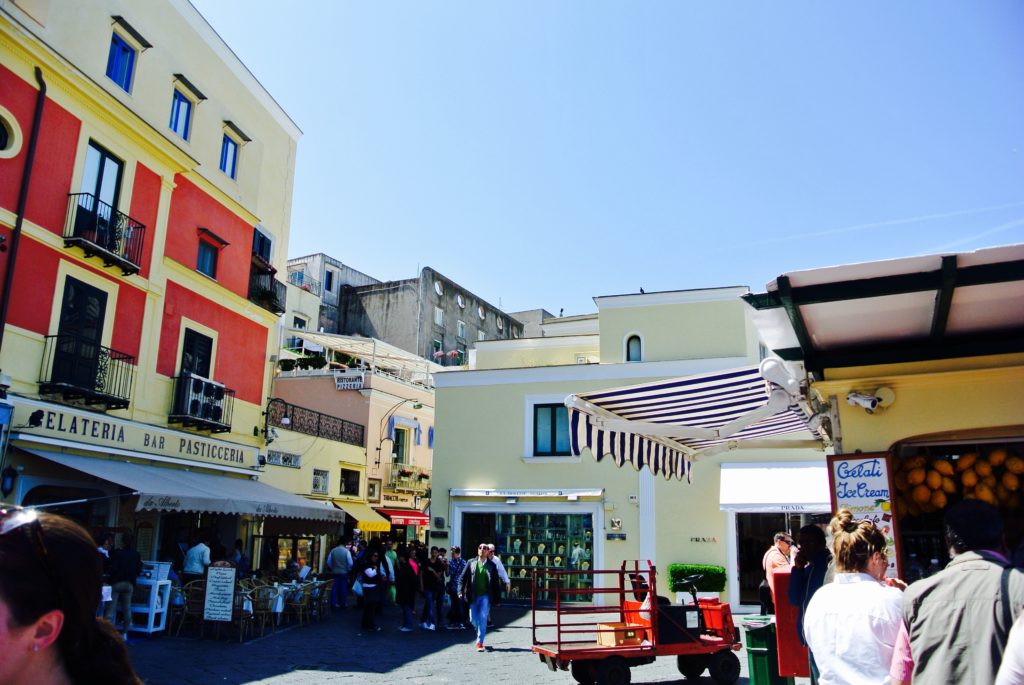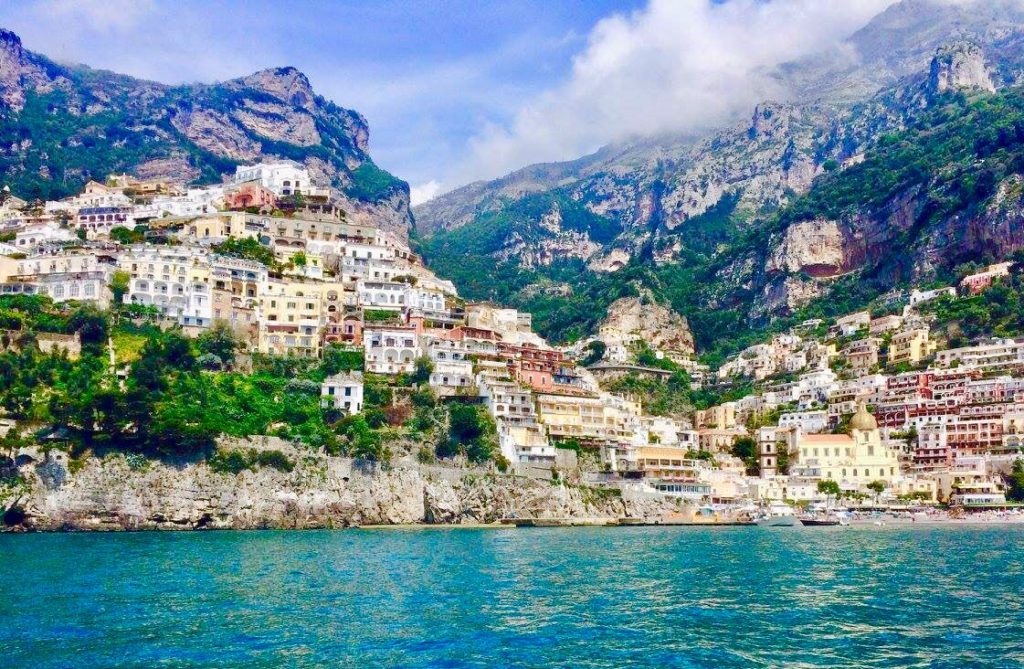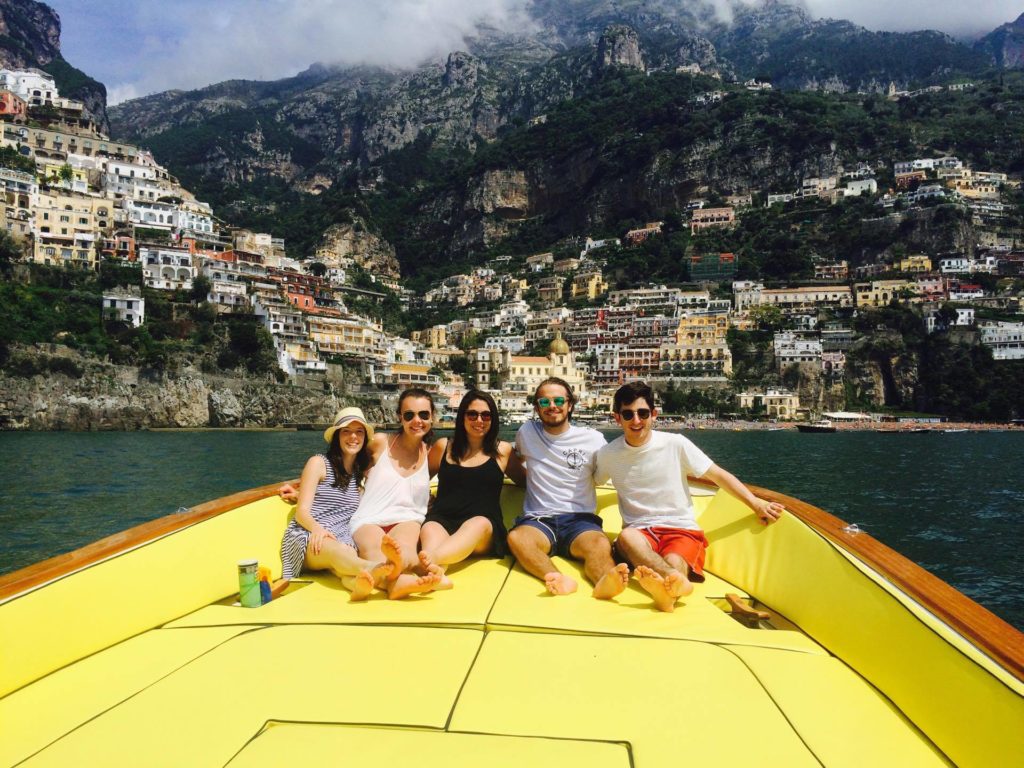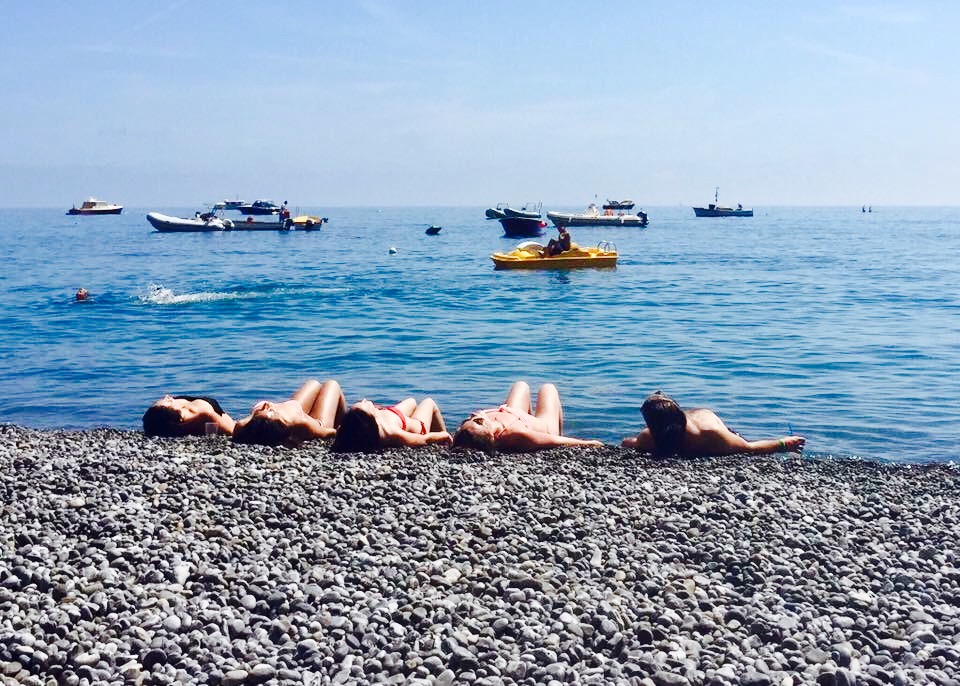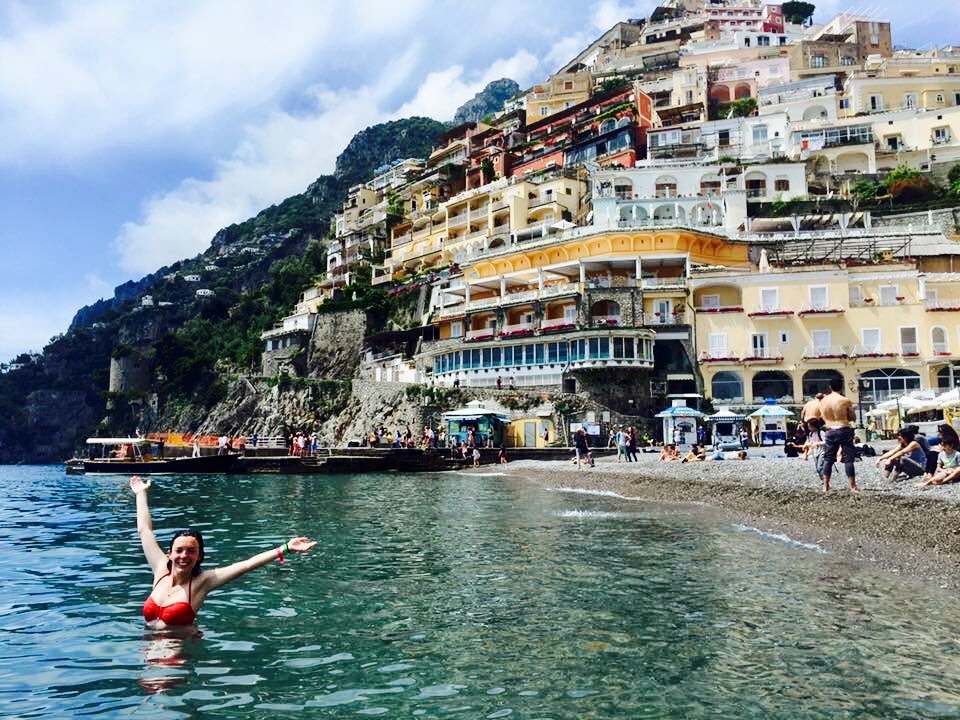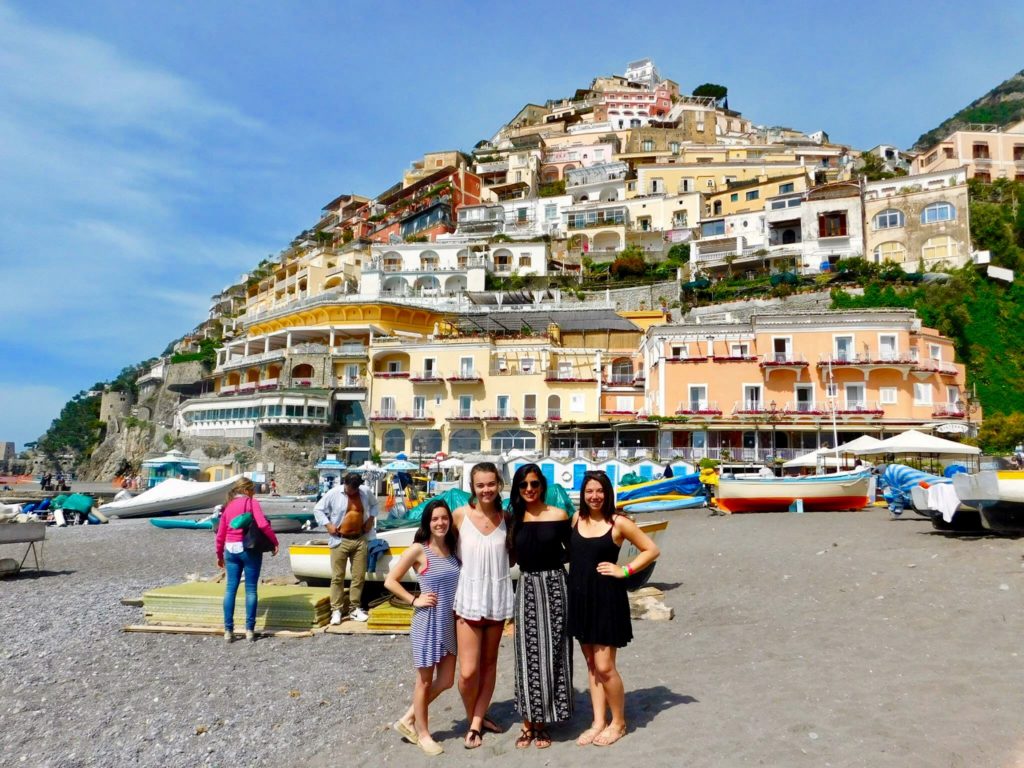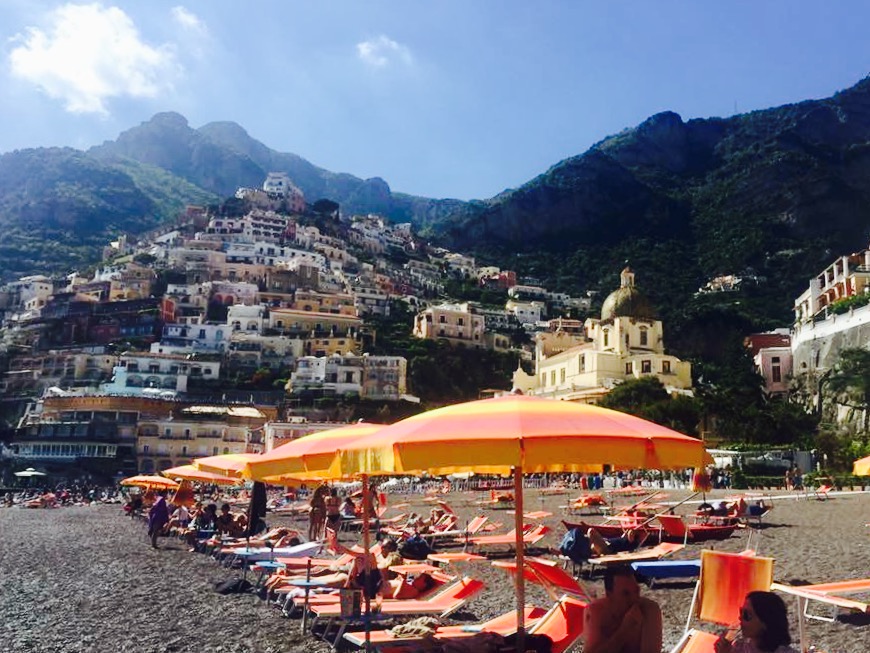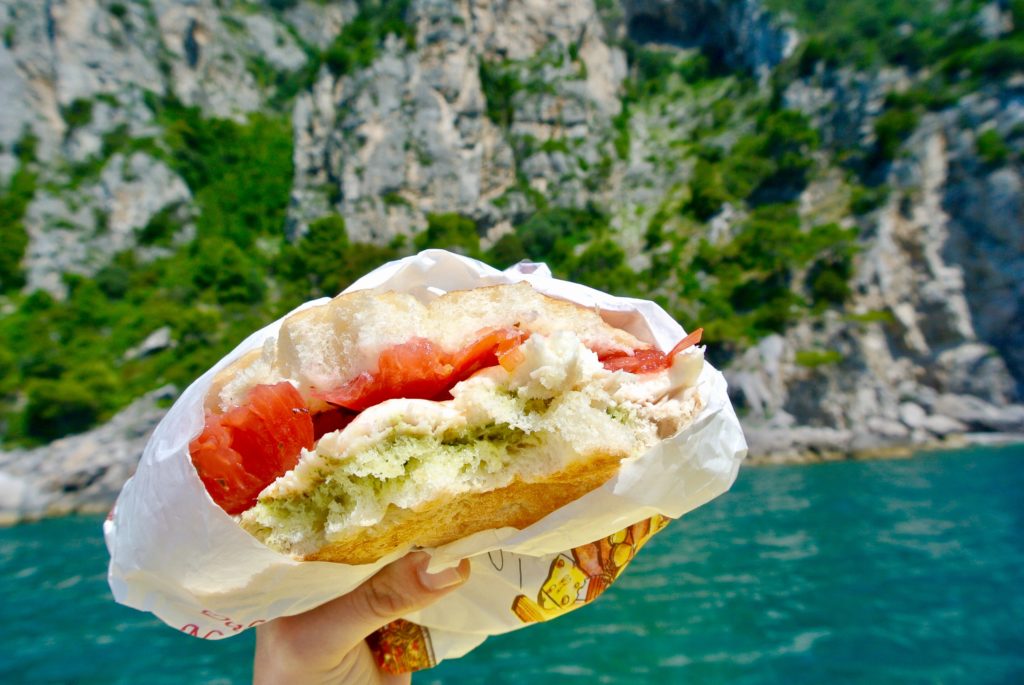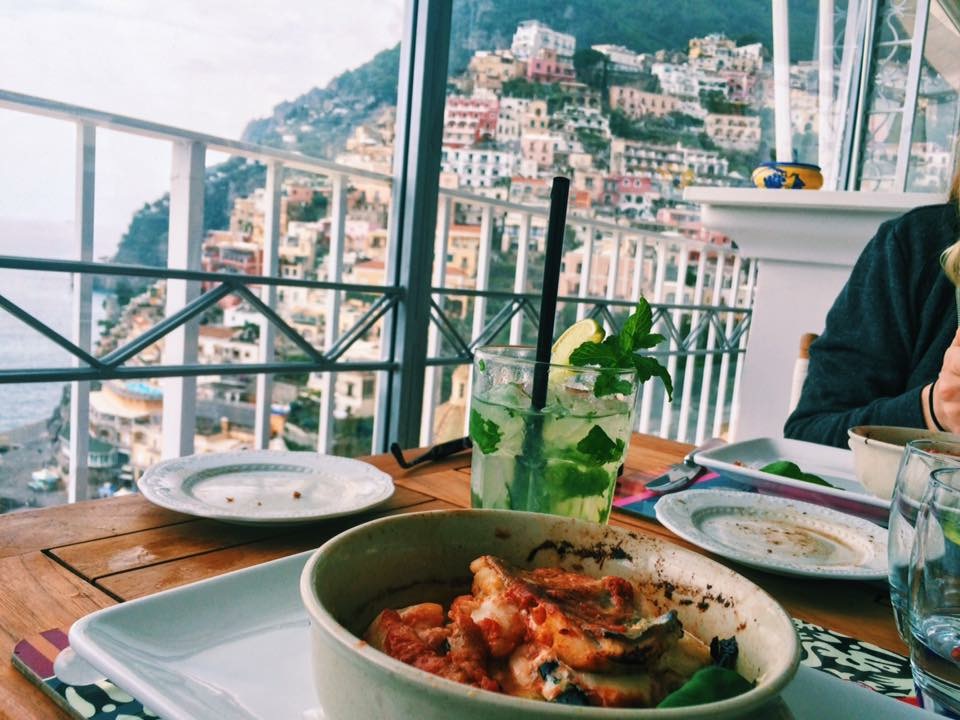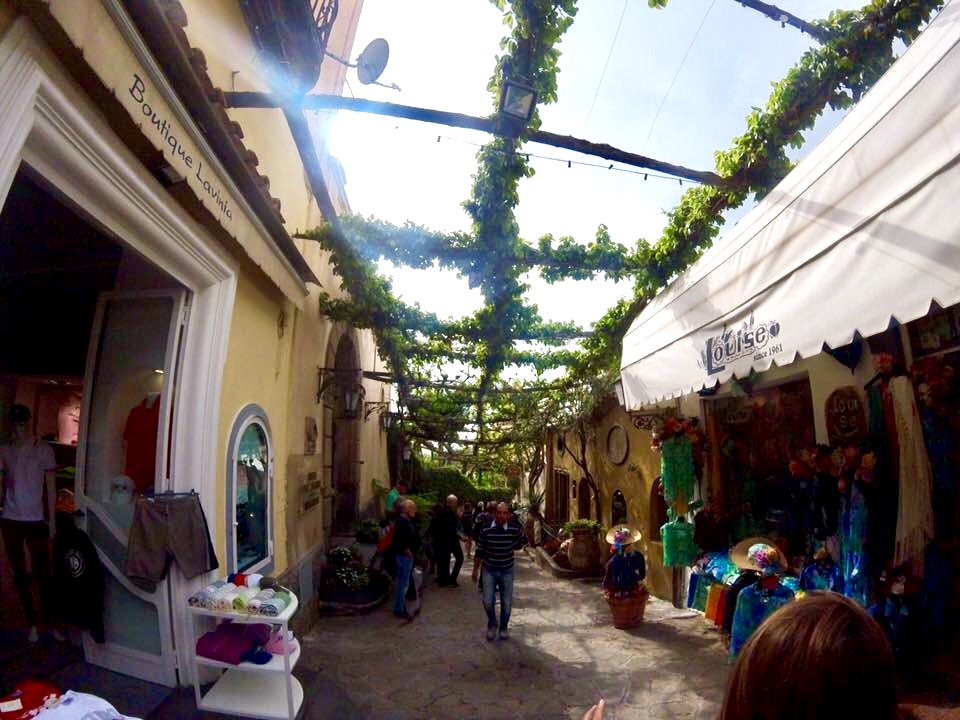Sights & Activities
SAINT MARK’S SQUARE: Known as Piazza San Marco or just “la Piazza” to the locals, as all other spaces in the city are called “campi” or little squares, it’s one of the most infamous squares in Venice. It’s home to the St. Mark’s Basilica, the Doge’s Palace and the Clock Tower to name a few famous landmarks.
- St. Mark’s Basilica is the most famous church in the city and although it was completed in 1092, it wasn’t until 1807 when it became the cathedral of the city. For more historical information on the basilica and to find out when it’s open to enter click here.
- Connected to Saint Mark’s Basilica is The Doge’s Palace is where the “Duke” of Venice would live and that went on for 1,100 years (from 697 to 1797). Since then it has been turned into one of eleven museums in the city (you can click here if you want to buy tickets!)
- St. Mark’s Clock Tower was built in the early Renaissance period and comprises of a tower that contains a clock and two lower buildings on each side. The clock shows the hours of the day, the phases of the moon and the movement of the sun through the Zodiac signs. It is beautiful regardless of the time of day but if you catch it on the hour it really sparkles. You can also book a tour to go inside here but it’s recommended you do this a few days in advance as only a few people are allowed up at a time and you get to stand near the bronze sculptures at the very top that hit the bell – one of the best kept secrets!
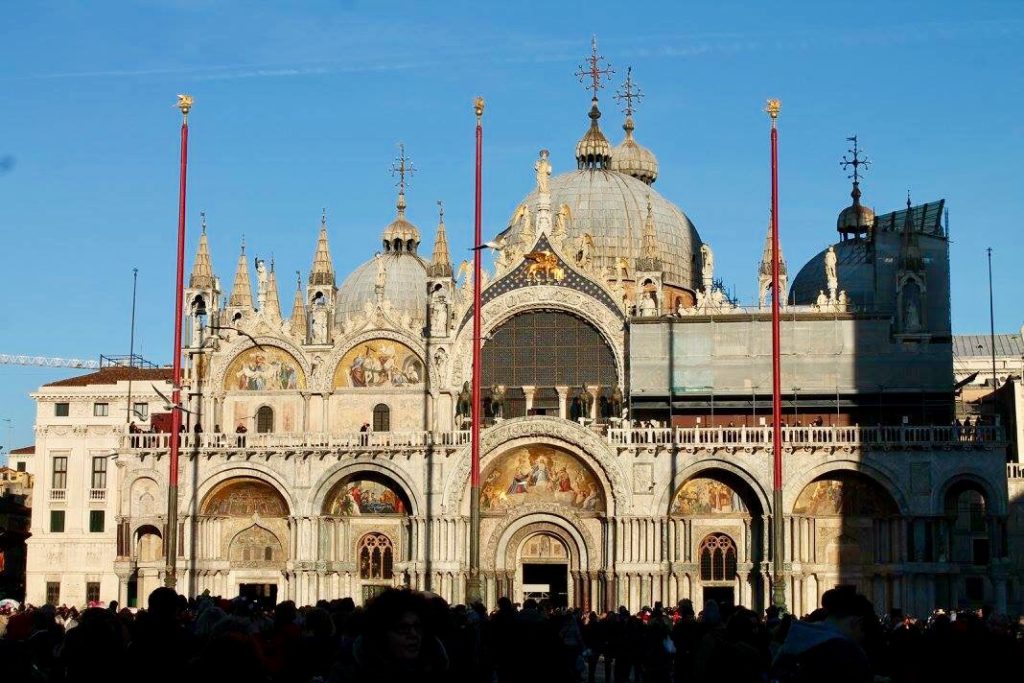
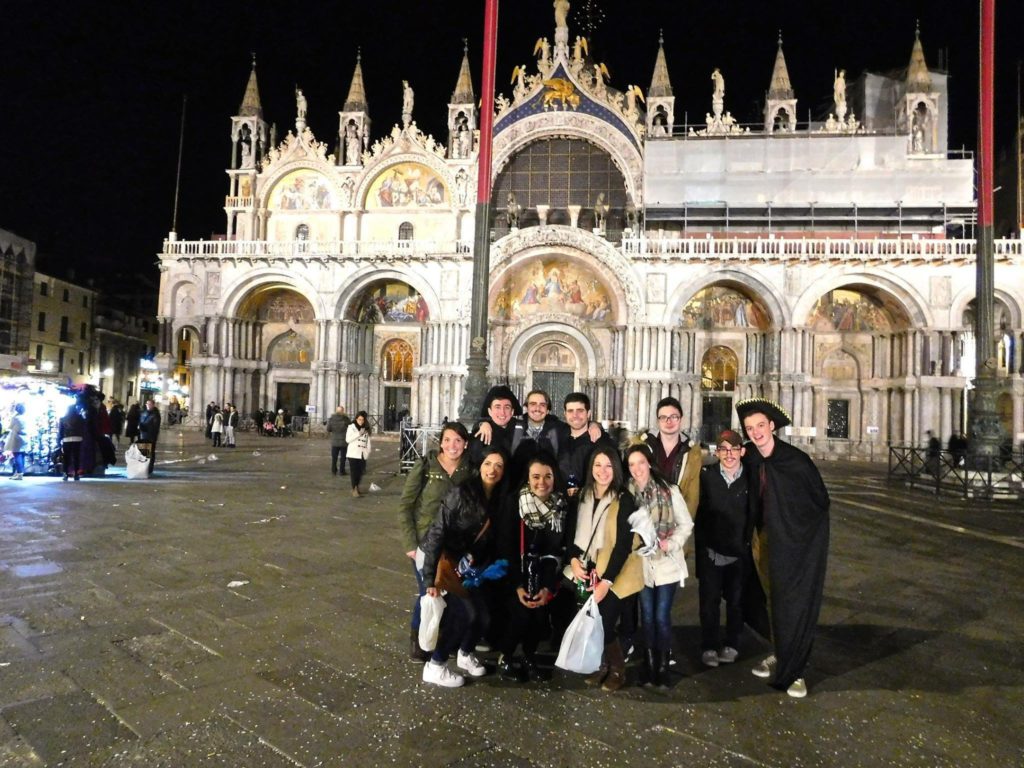


GONDOLA RIDE: One of the things Venice is most known for is their gondola rides. When people think of Venice they usually think of a man singing to you as he rows down the canals under bridges and next to buildings, and it’s not far off from what you see there. Gondoliers (yes, that’s their actual name) have been around for hundreds of years when they were known as a respectable form of transportation for the nobel class. A normal 40 minute boat ride will cost around 80 euros (which, if you split it between a few of you is much more reasonable) so although this will definitely set you back a few euros, it’s well worth the experience! While you’re in the boat, take a few photos to document it but don’t forget to put the camera down and just enjoy the ride.
*Also, while not required or expected, if your gondolier does the full 40 minutes or hour ride and entertains you, a 5–10 percent tip is appreciated but if they rush through it don’t feel like you have to!
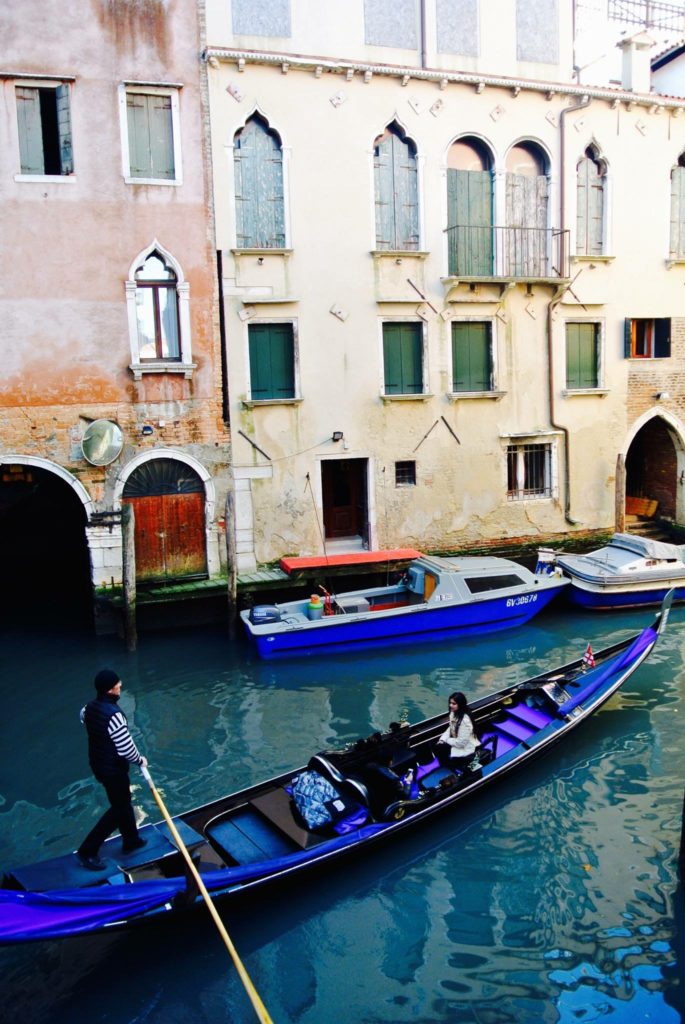
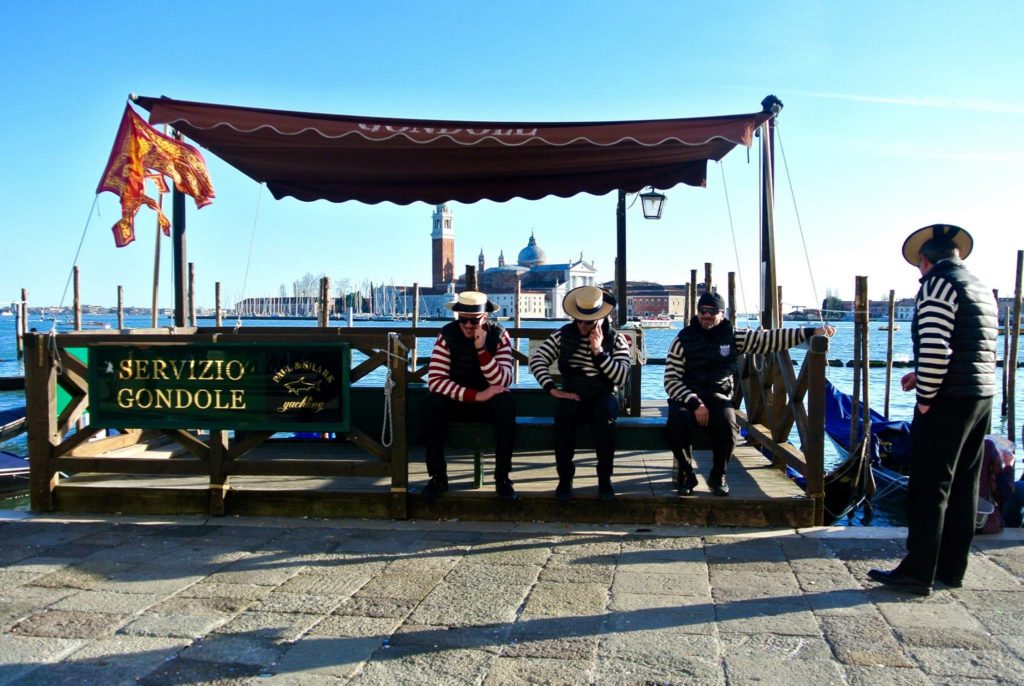
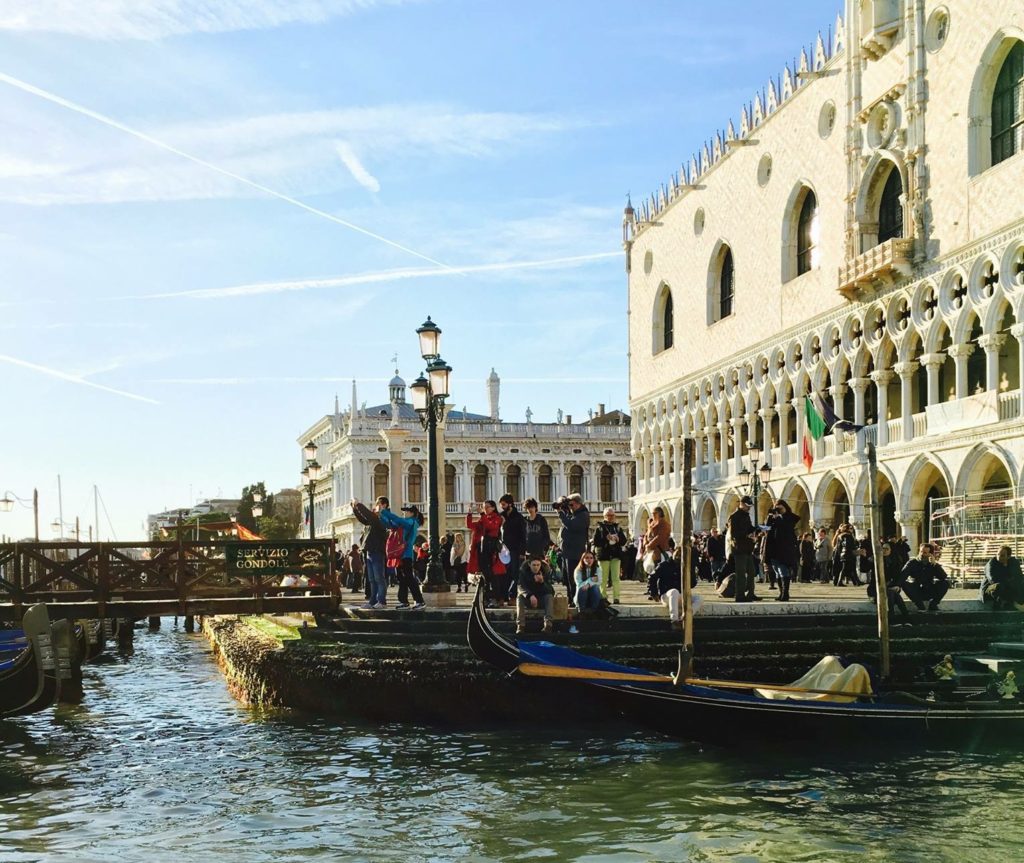
GLASS BLOWING DEMONSTRATION: While we were there, we stopped into a glass blowing demonstration. Most are done on Murano, the island nearby but we found one across a bridge called Vecchia Murano. It was very close to San Marco if you take the street on the left hand side of the Basilica (if you are facing the Basilica, the street runs down the left hand side going away from the Piazza) you come to a canal and the sign for the glass blowing is on the opposite side of the canal. We went inside and got a tour of the factory and showrooms, as well as an incredible demonstration where a man took a hunk of nothing was turned into a horse in about two minutes.
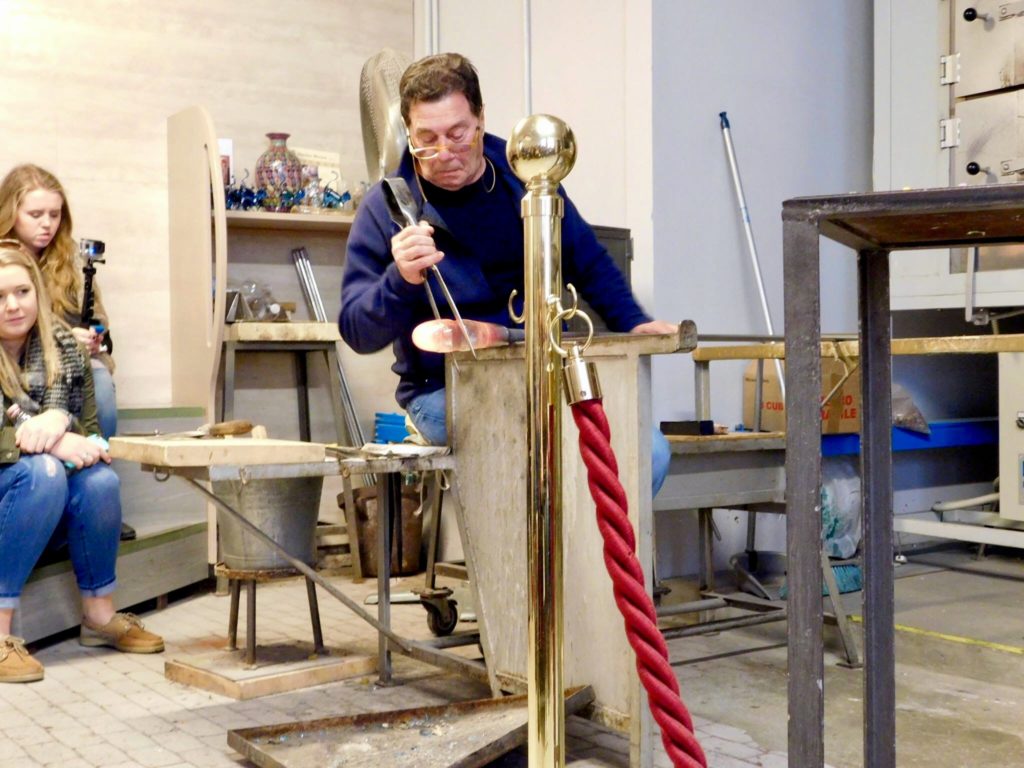
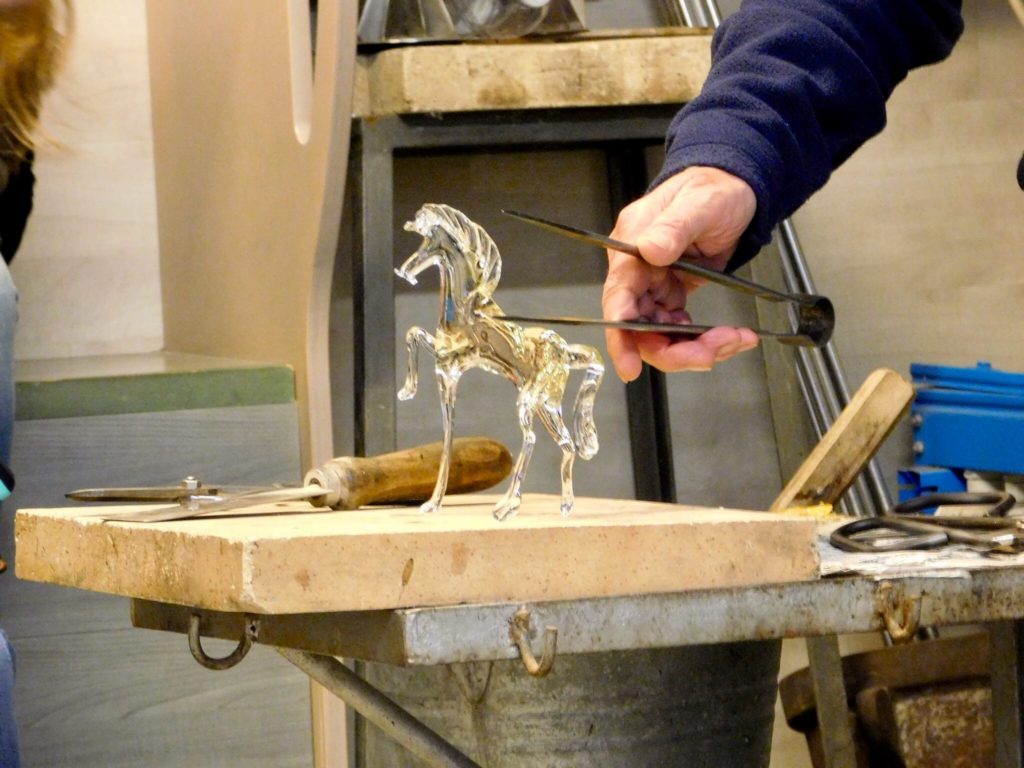
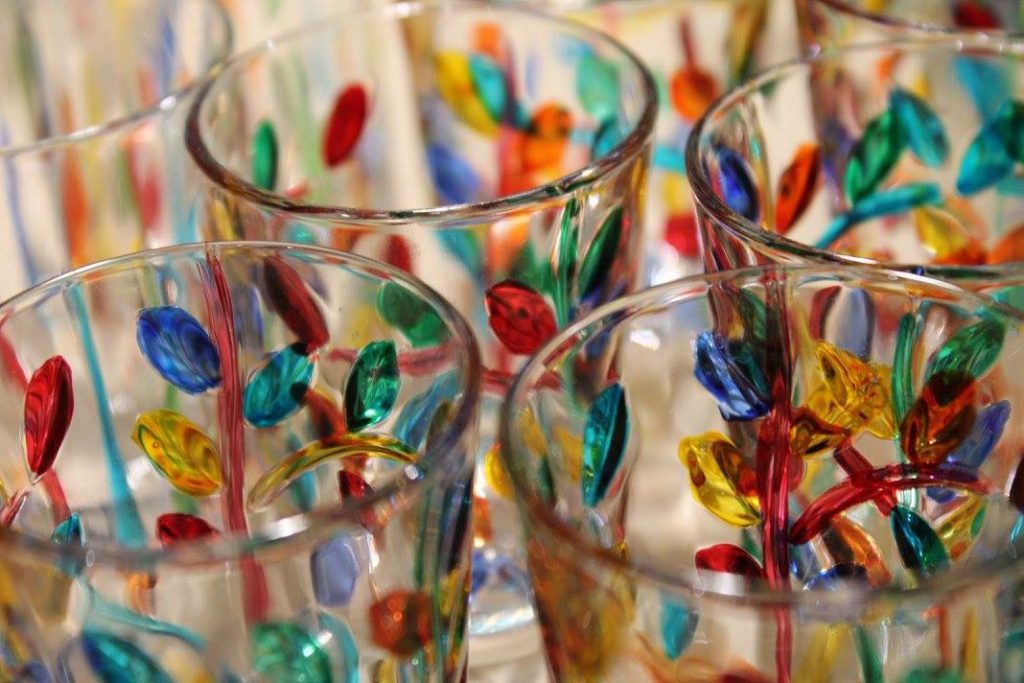
CARNEVALE: The reason we ended up only doing a day trip to Venice was because we wanted to see Carnevale. Carnevale is a festival that has been celebrated in Italy for centuries, and it’s the last celebration before lent begins on Ash Wednesday. We went the first weekend of February, and it goes from the last week in January until about two weeks into February. The costumes are so ornate they were like out a movie, and there are shops everywhere to buy masks and take part in the fun! I definitely recommend going during Carnevale if you can, it’s unlike anything you’ve ever seen before!

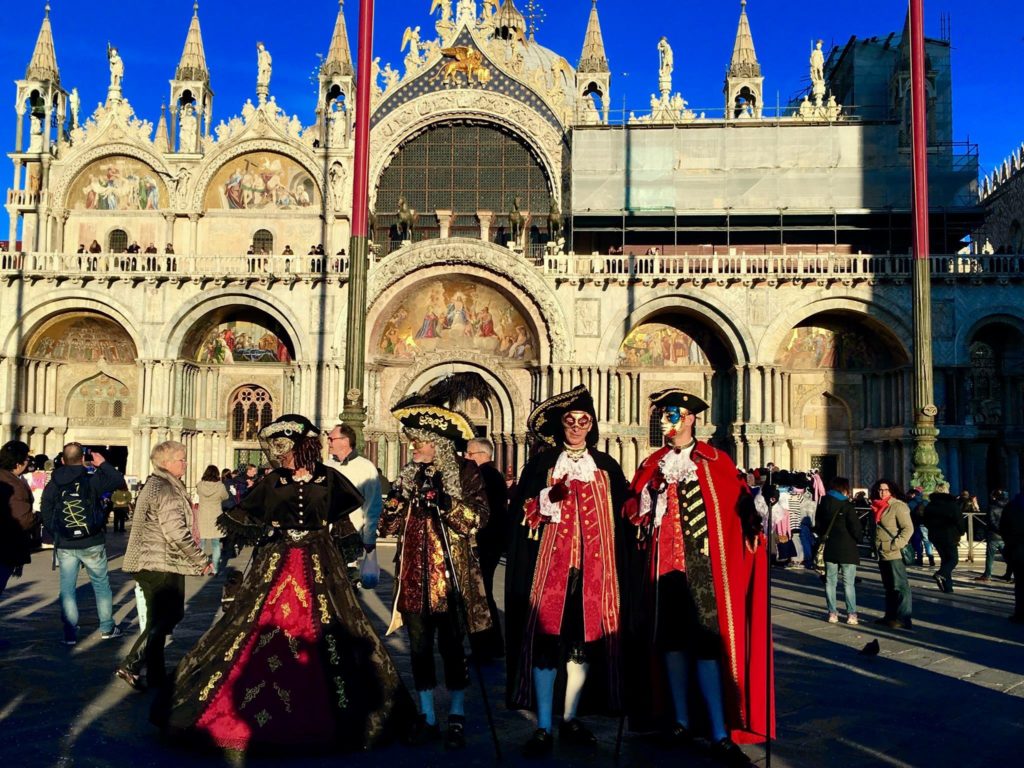
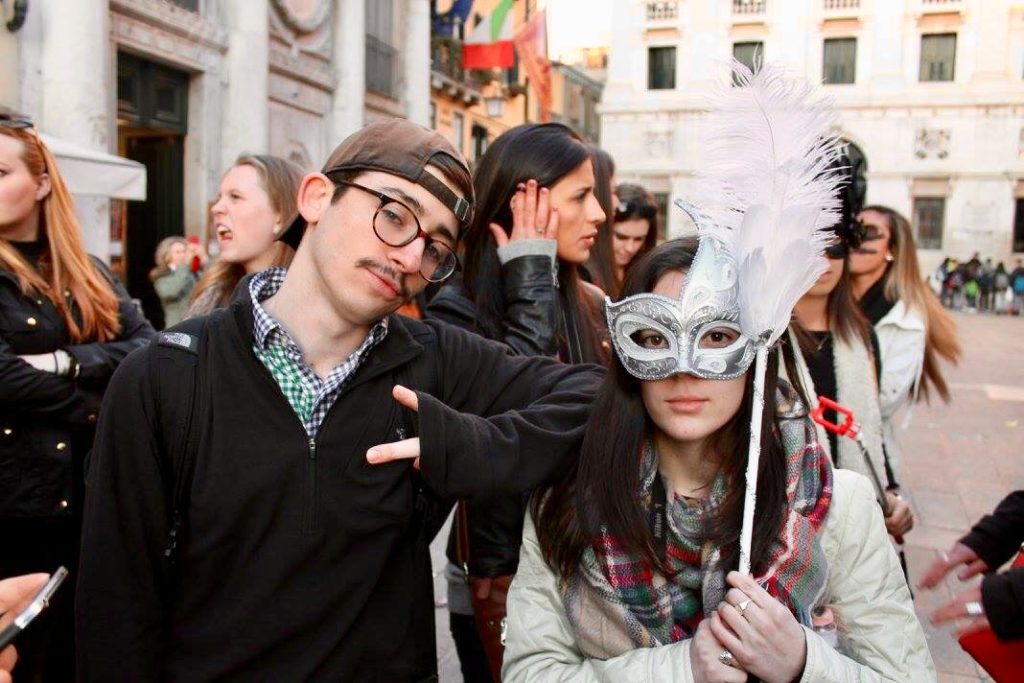
Food & Drink / Best Kept Secrets
WINE: While it’s no secret that Venice has some of the best wine in the world, especially if you’re on a budget, there are plenty of tiny shops around the city that will sell a 1 liter bottle of wine for around 3 euros, such a steal! These are usually “young wines” or vino sfuso, made locally and they’ll give them to you in a big 1.5 L plastic bottle. The storefronts are unassuming and usually a little off the beaten path but I went to one and it was some of the best wine I ever had. If you’re looking for a place close to where you’re staying or visiting, here is a list that may be able to help you out! Click here if you want to find incredible wine for under 5 euros!
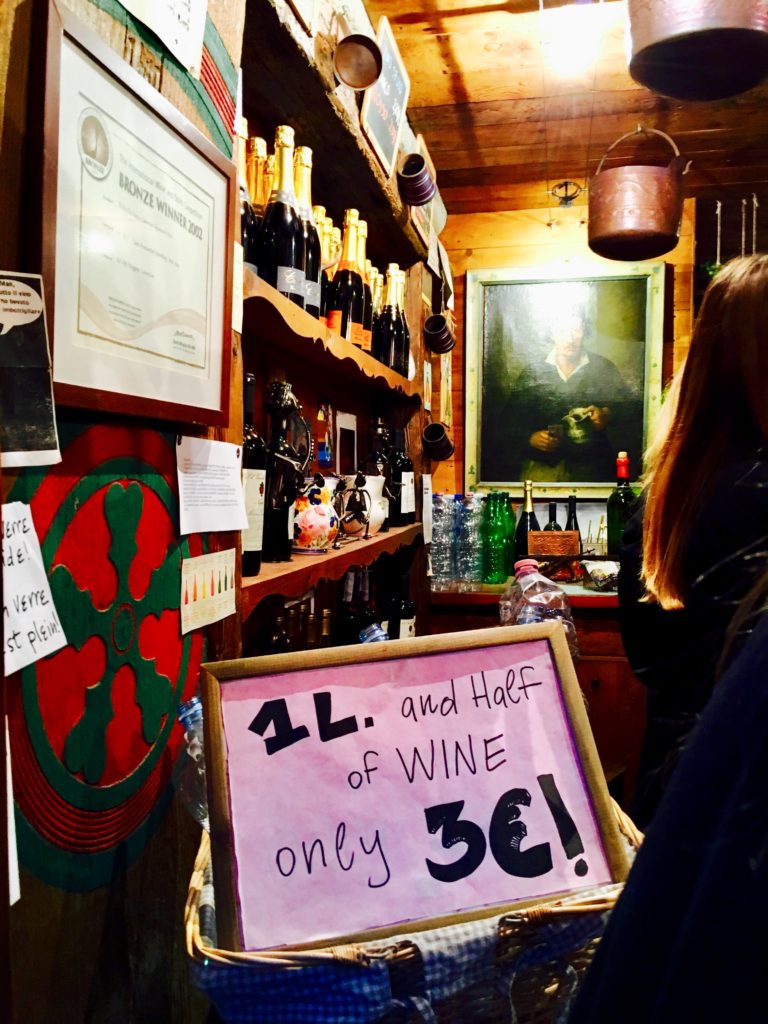
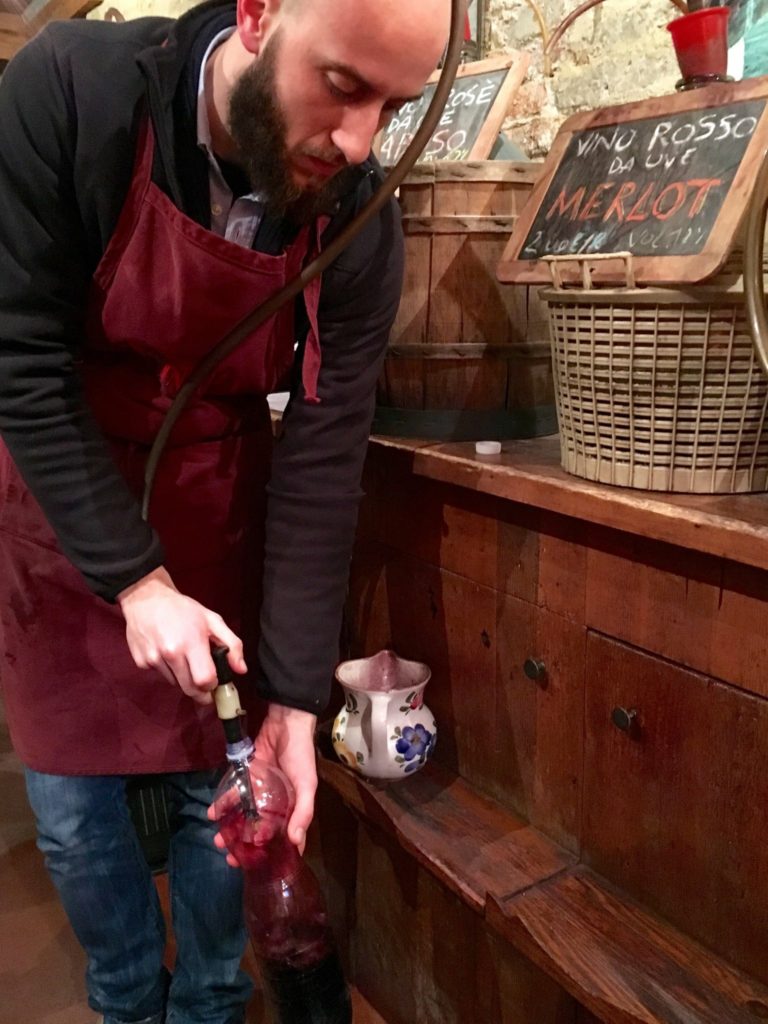
In terms of food we ate, it was pretty standard Italian food, and the cost was definitely a little more expensive right by the rivers because you also are paying for the view. Since we were there for a short amount of time, I don’t really have many restaurants to recommend but here is a list I found online of the 10 Best Venice Restaurants of 2017 according to TripAdvisor – check it out!

Shopping
MURANO BEADS: Venice, while known for their glass structures is also hand-in-hand known for their intricate glass beads. Glassmakers in Murano have been around since the 13th century and perfected their craft where they can add threads of gold or colors and make these patterns in the beads that can’t be found anywhere else in the world. There are shops lining the streets in Venice where you can buy pretty much any bead in any color imaginable, and they’re reasonably priced. I bought one for my mom and grandma and they’re great gifts to stock up on!
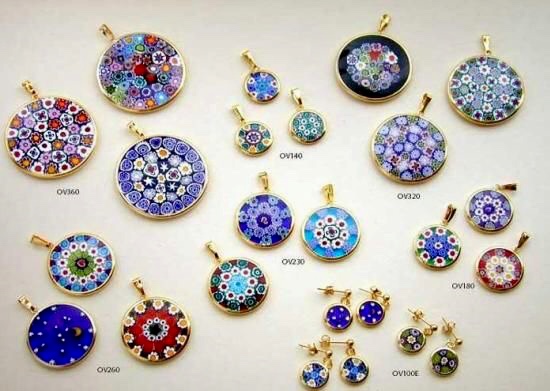
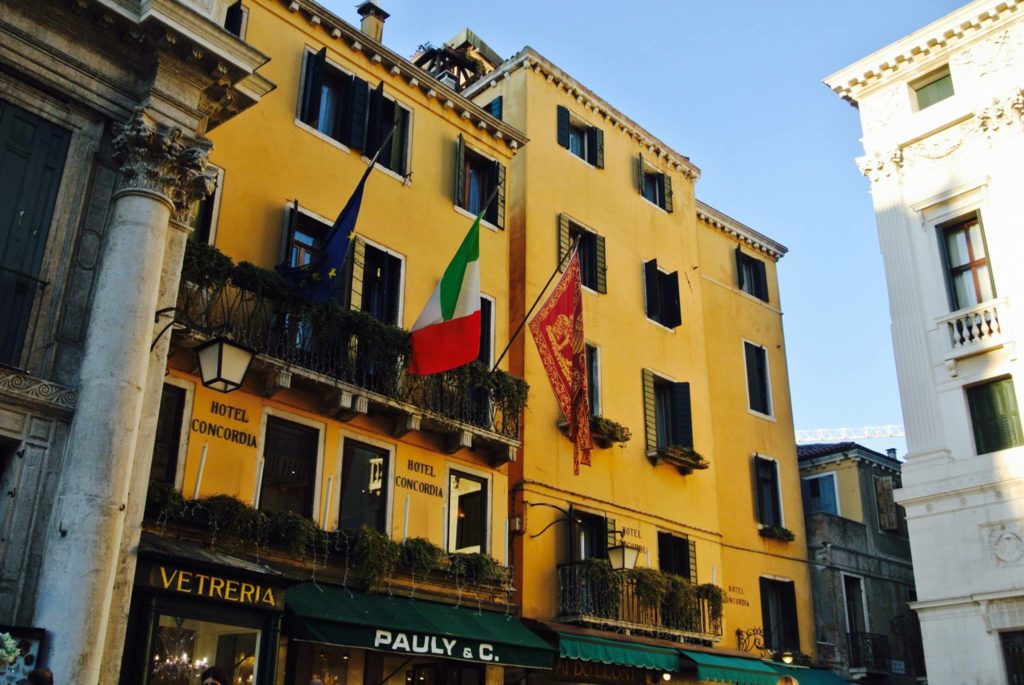
Good to Know
It’s very easy to take a water bus to the glass-blowing island of Murano or the colorful houses on the island of Burano. If you do choose this route, I’d recommend buying a day pass with the water bus so you can explore all the islands easily.
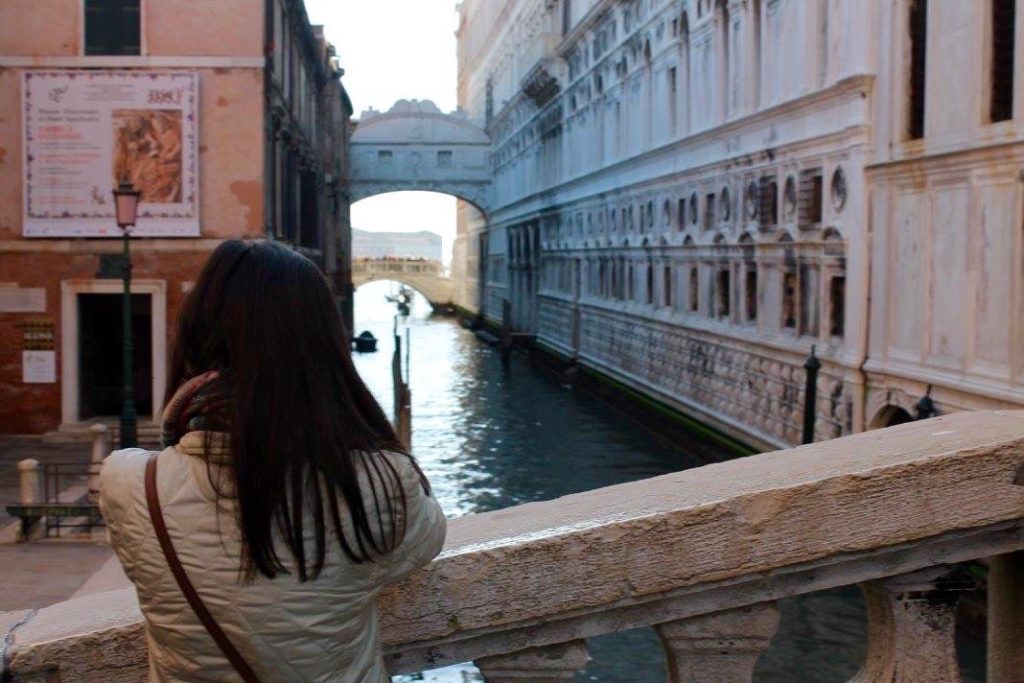
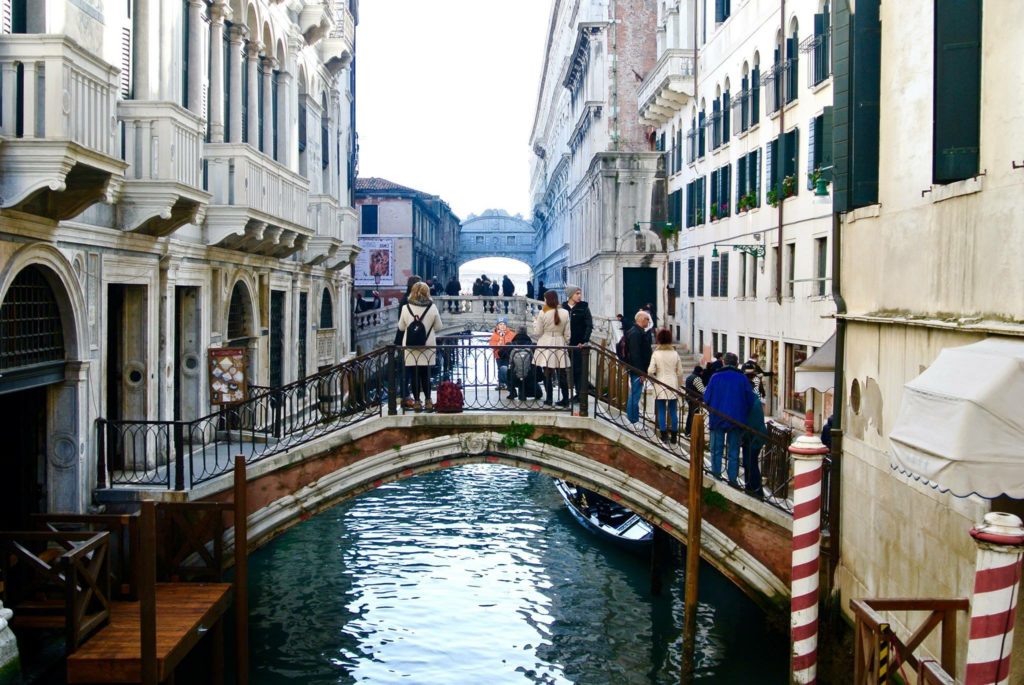
Just for reference, if you’re traveling from Florence to Venice, you can easily do this trip in a day. We went for one day and it was a 4 hour bus drive but we left early in the morning and it really wasn’t bad!
